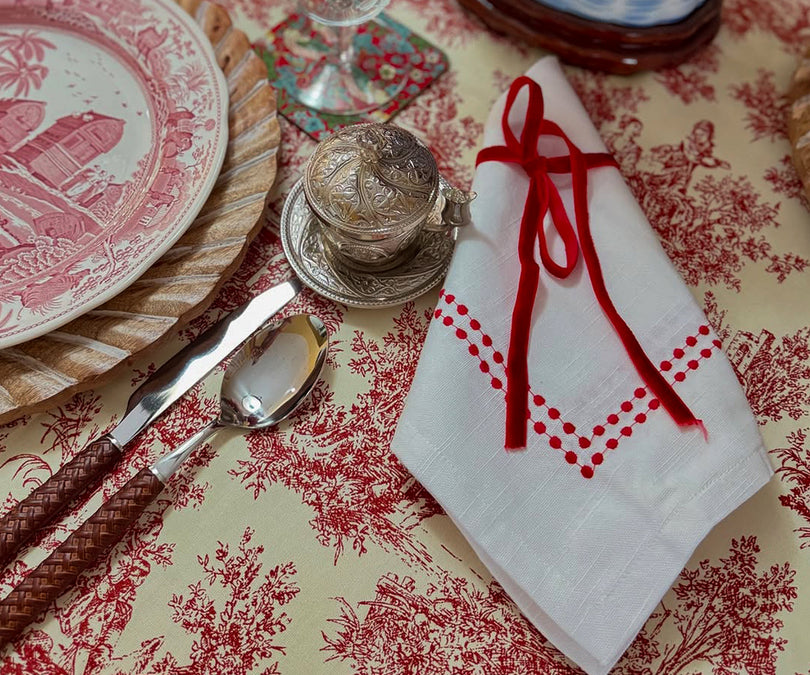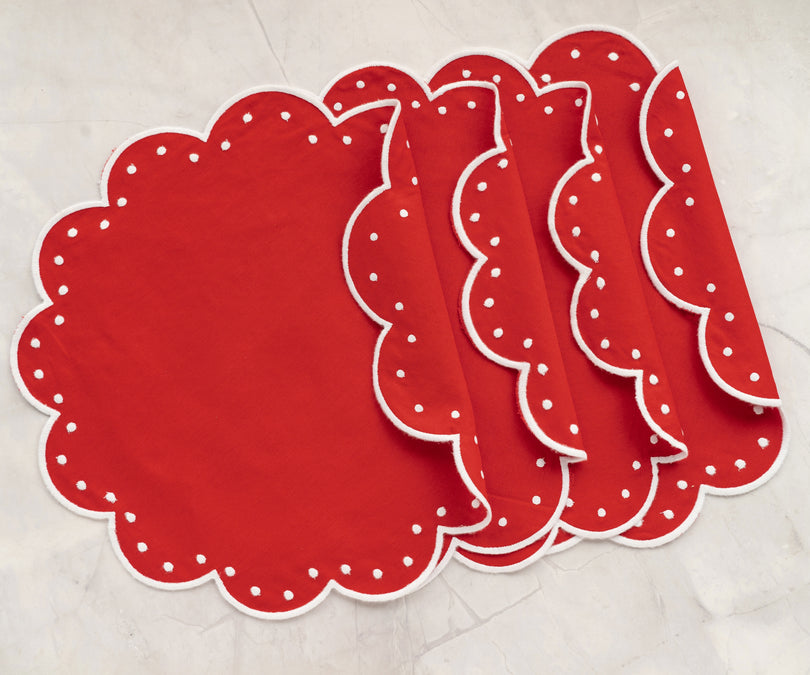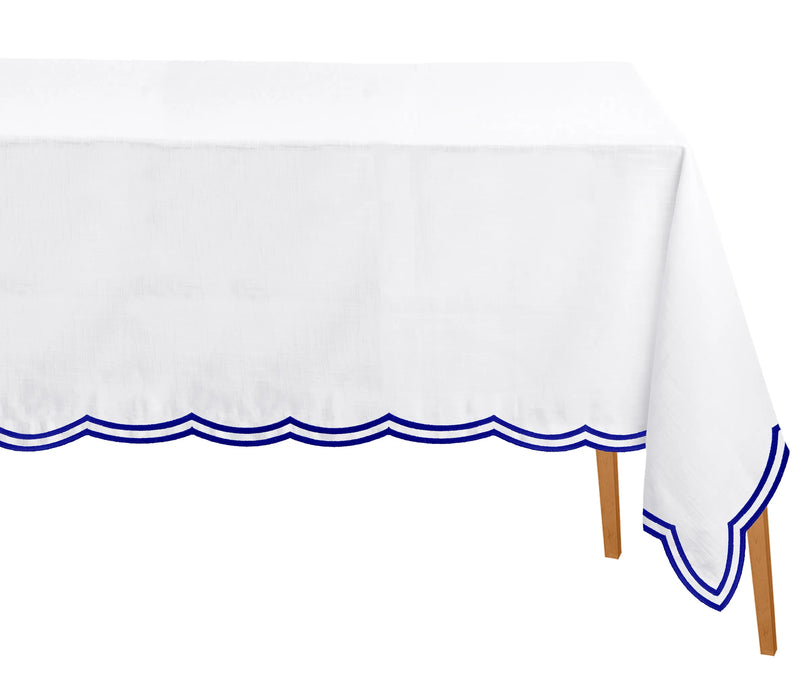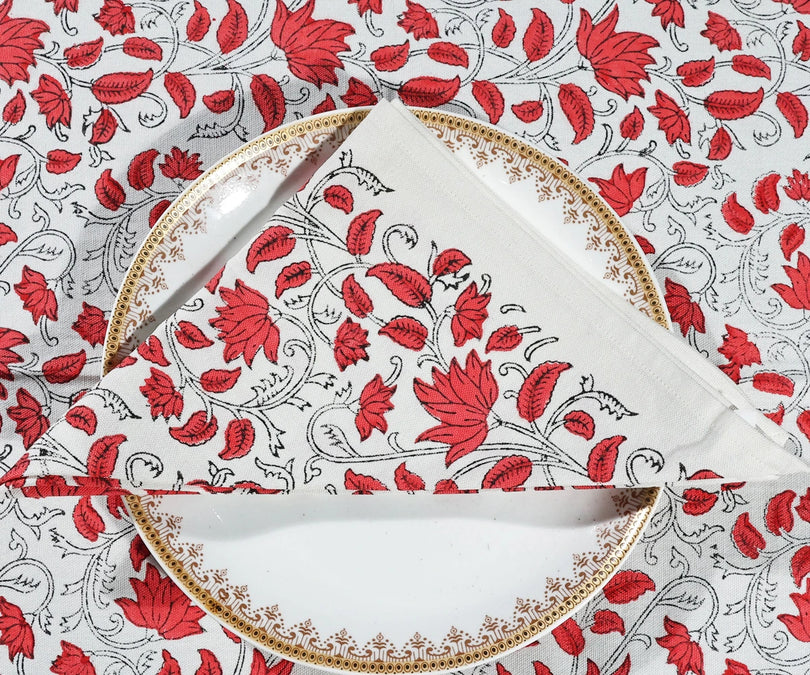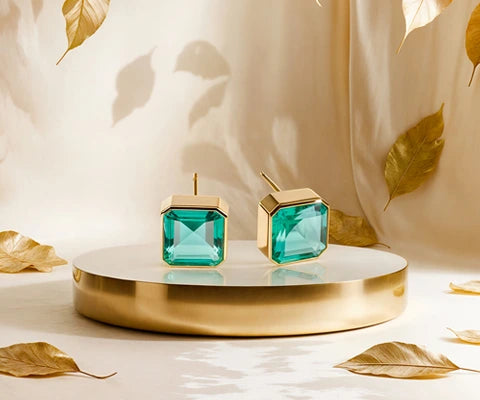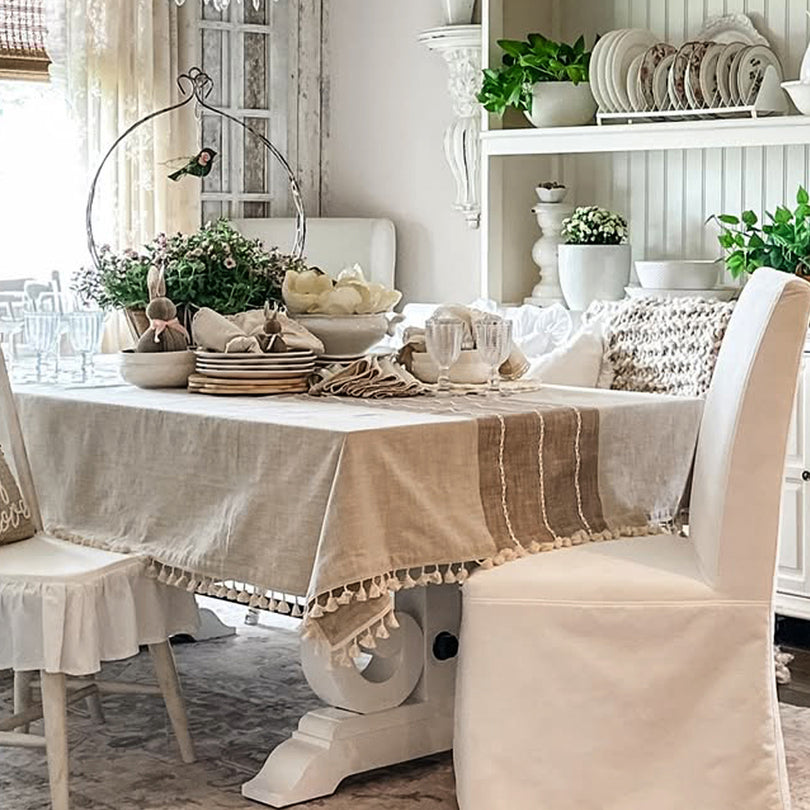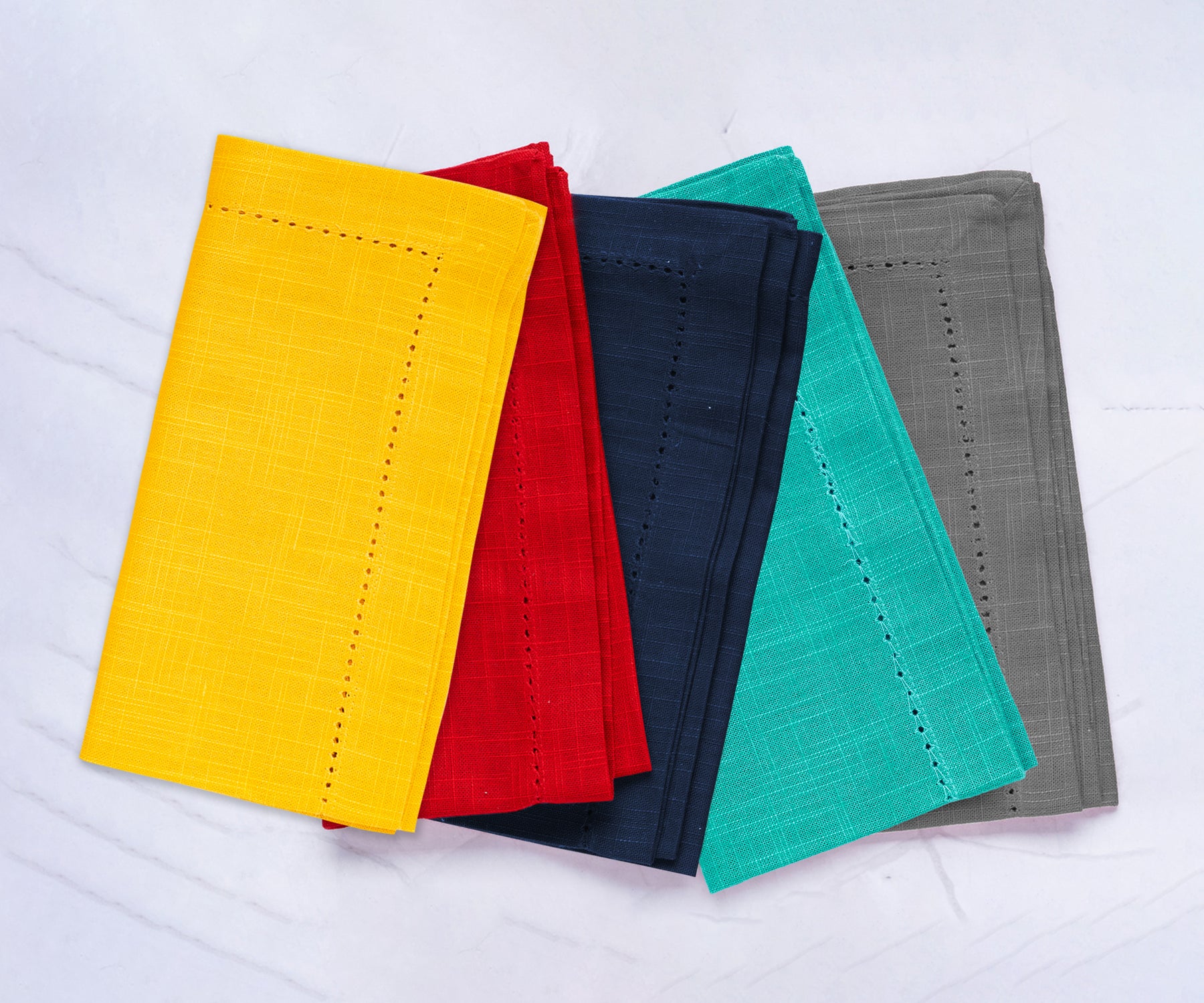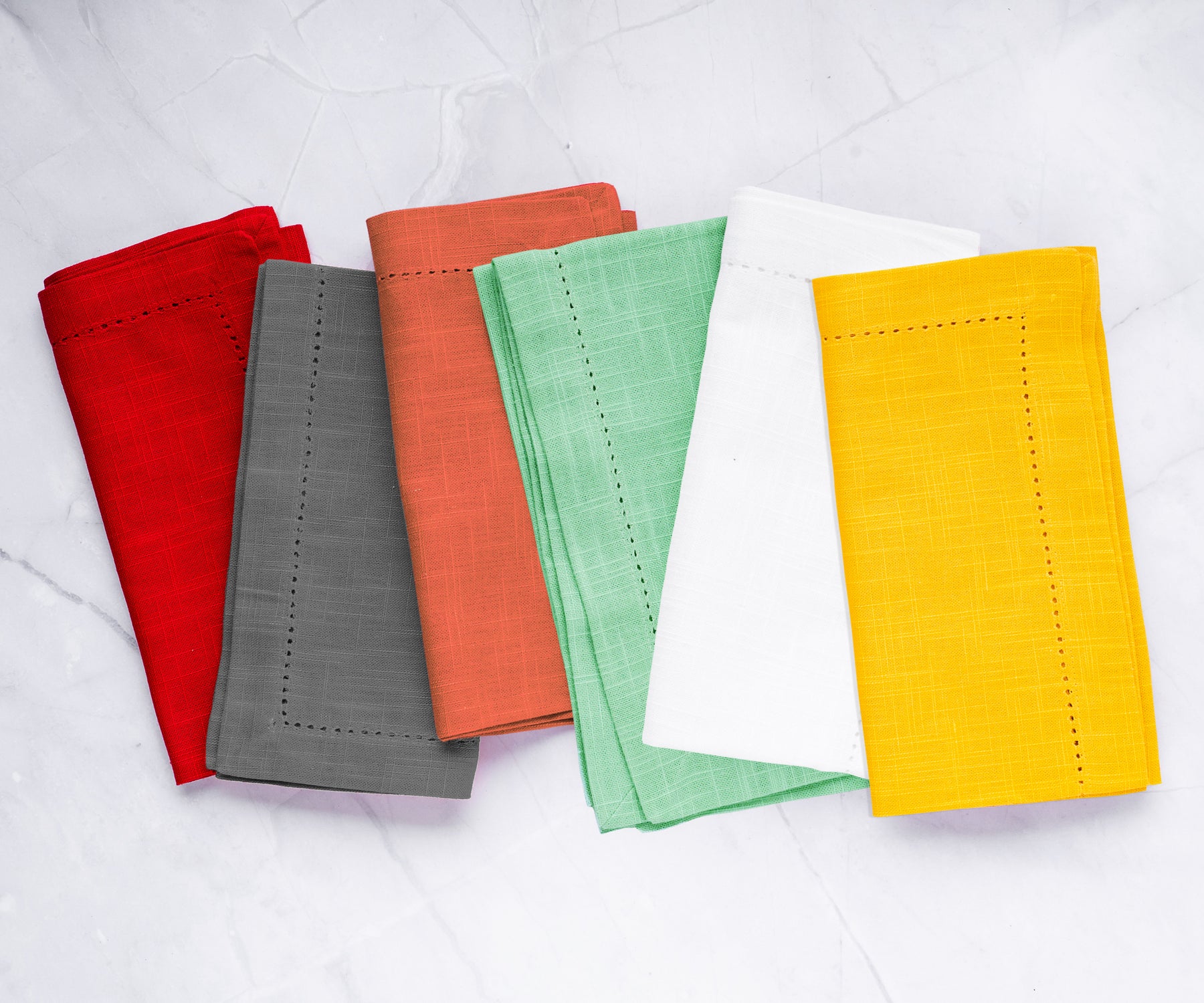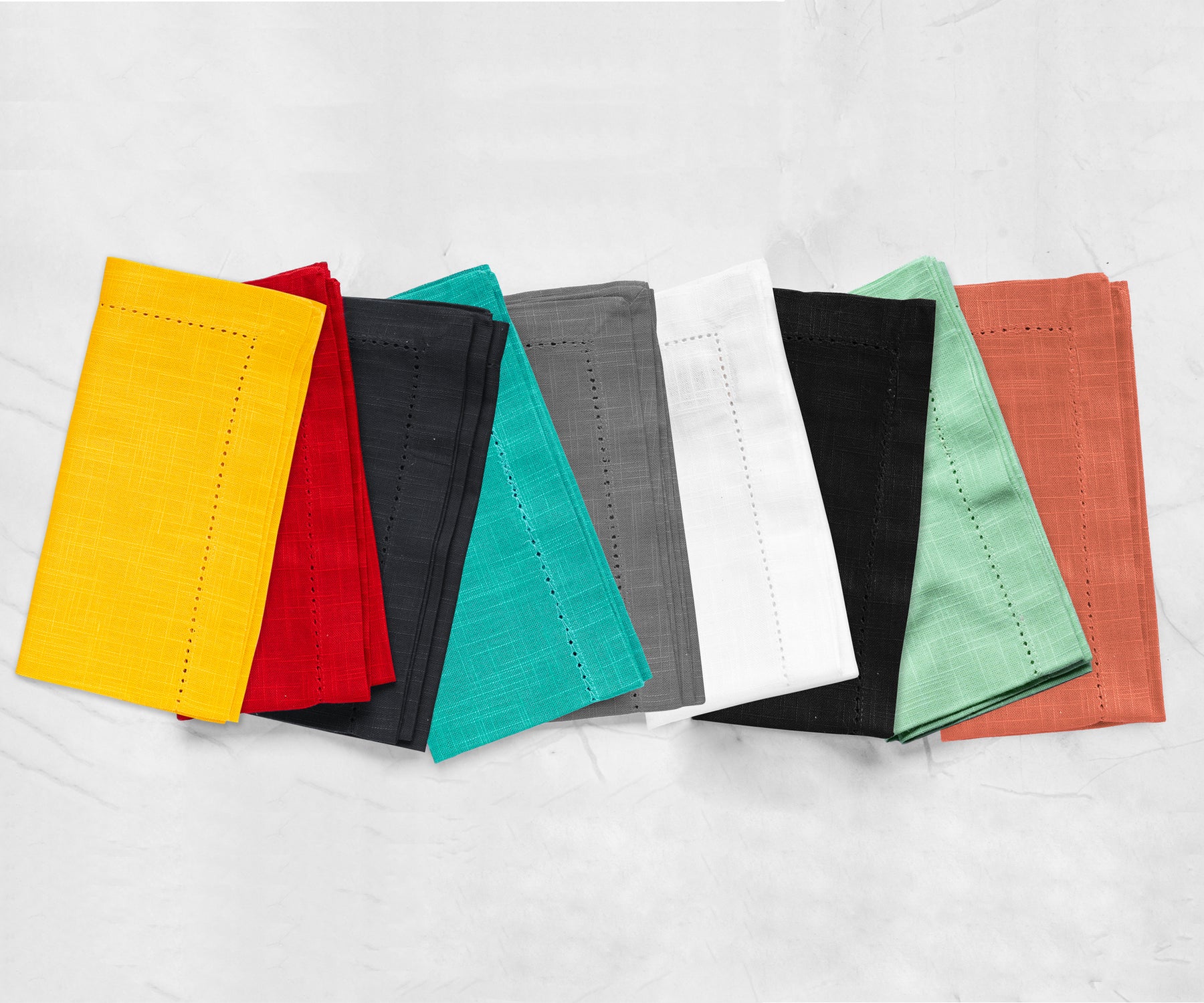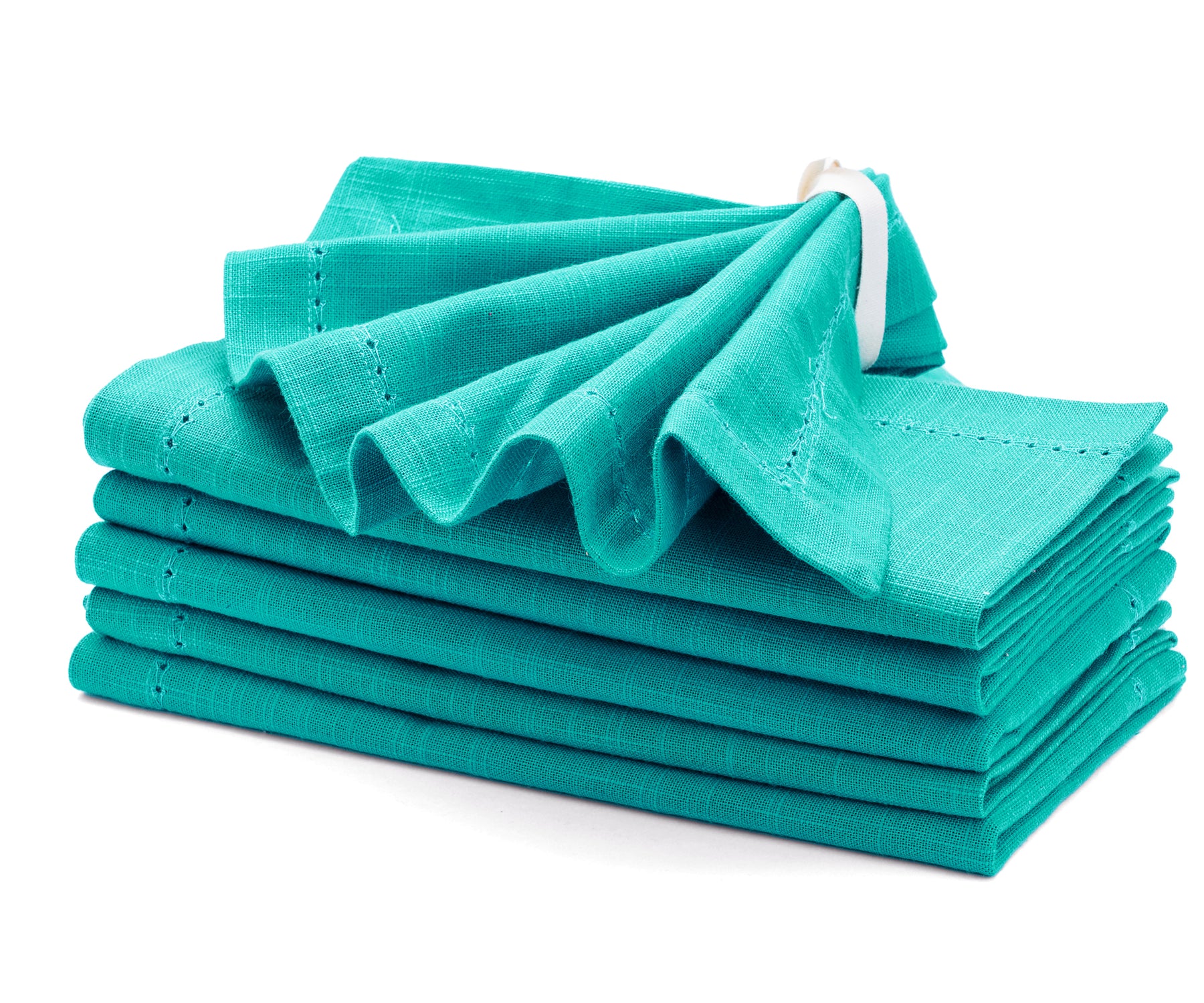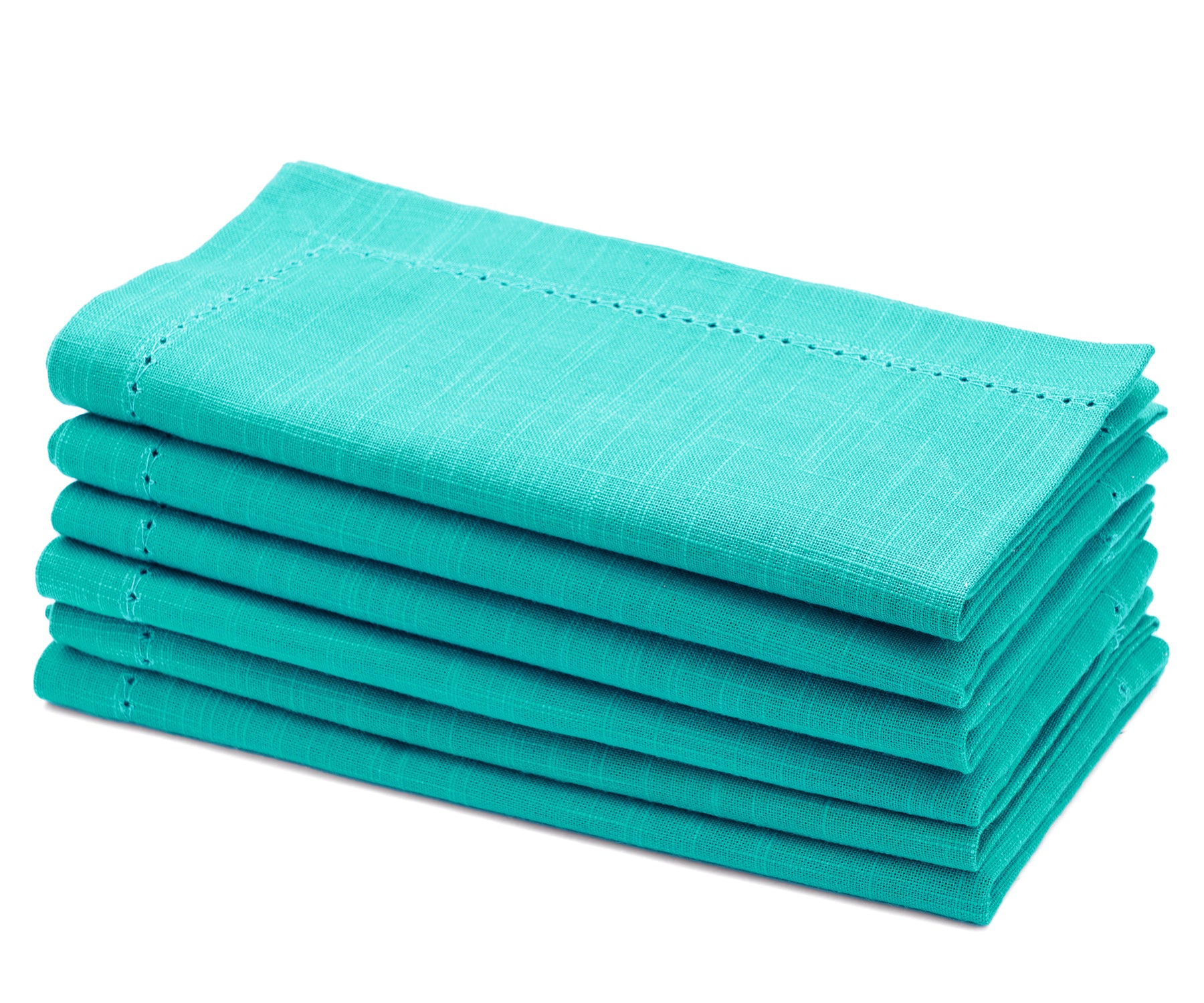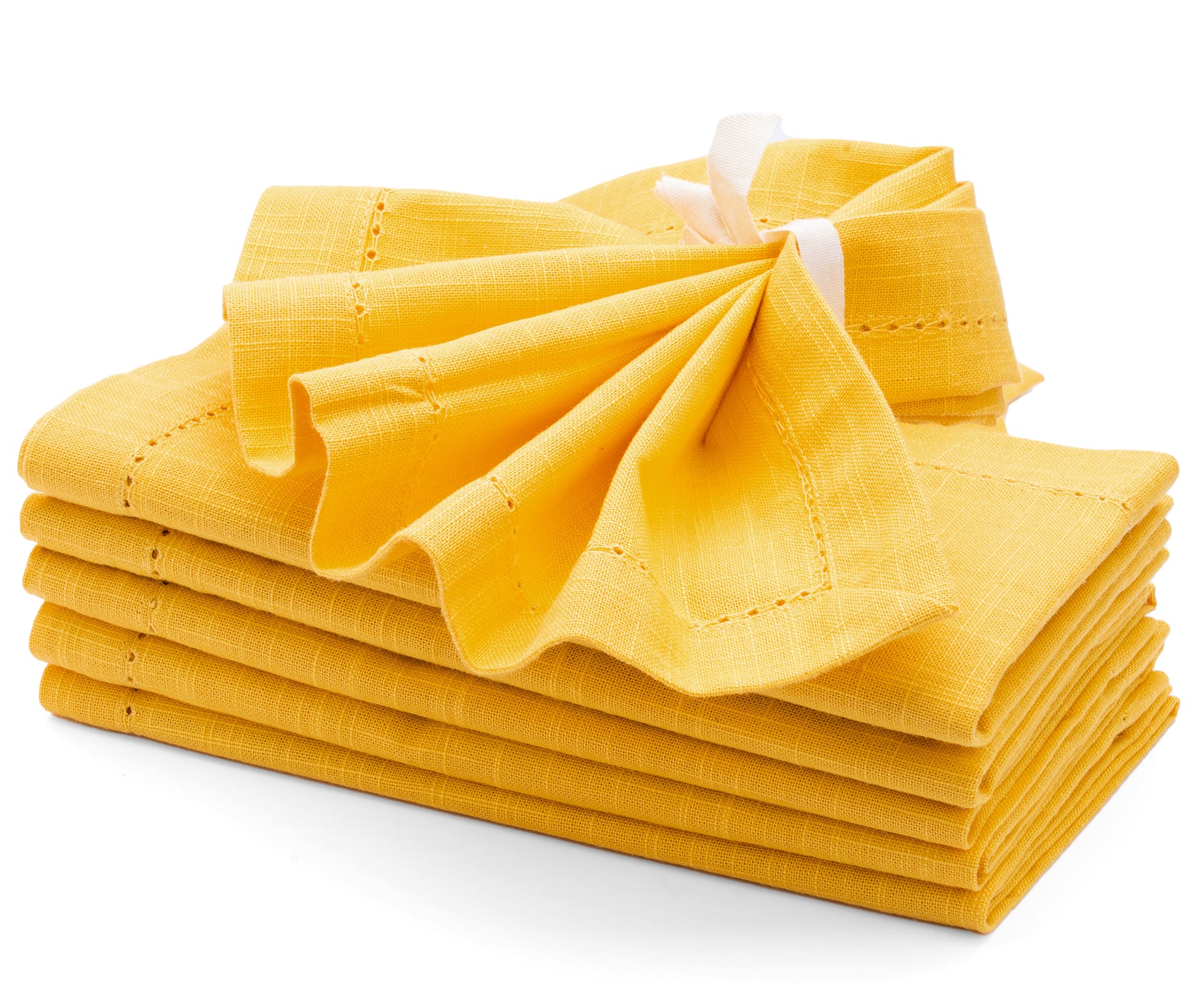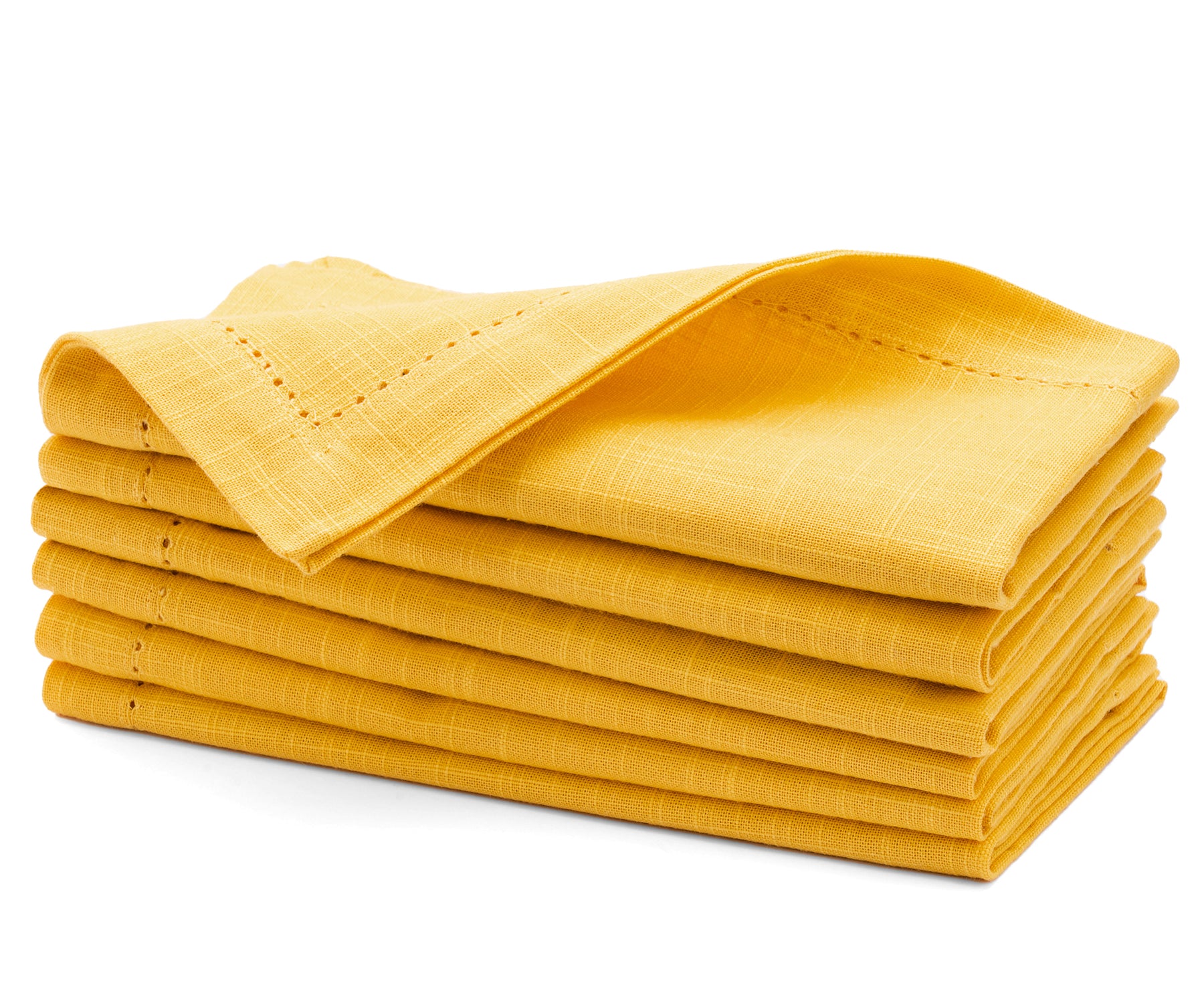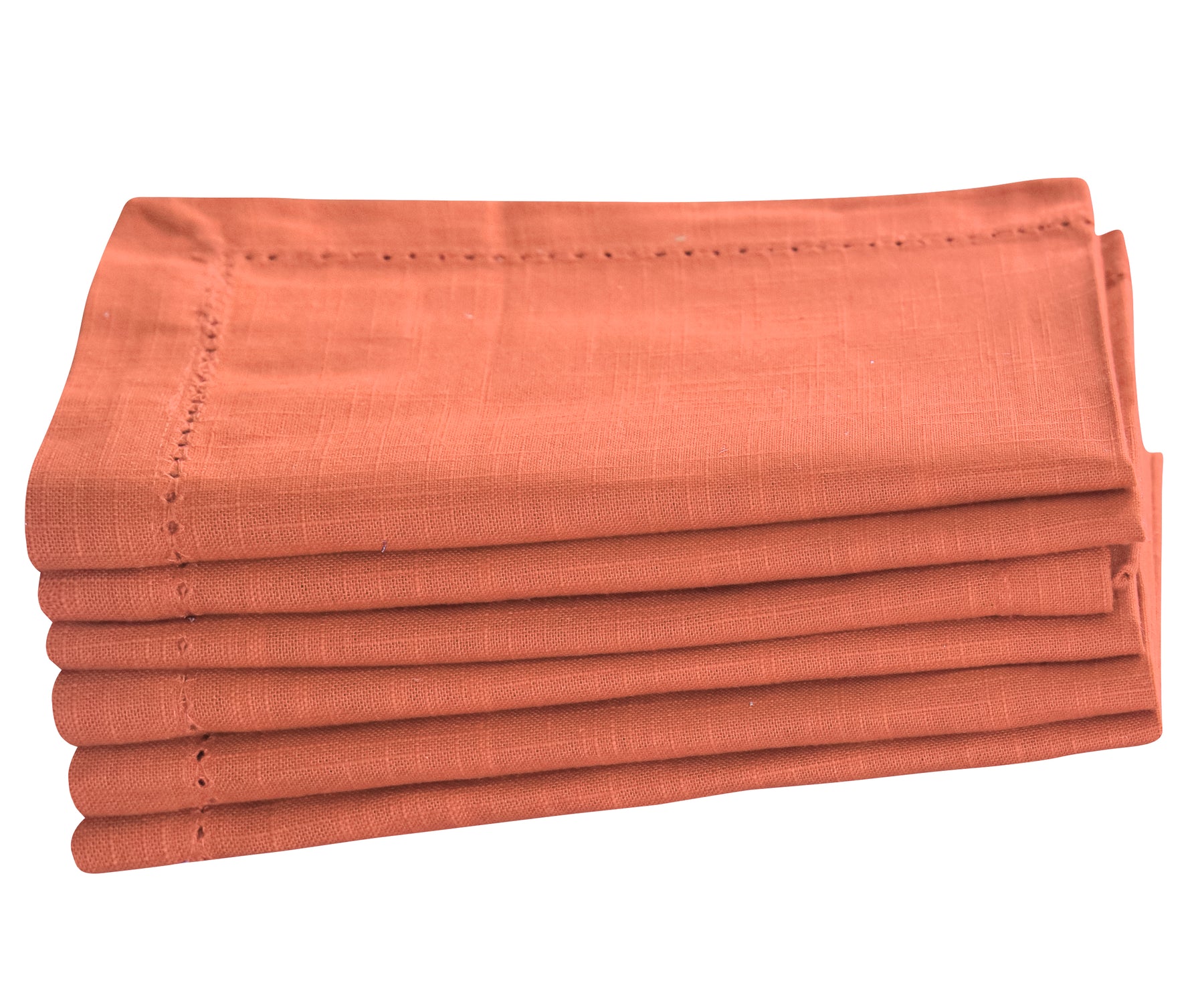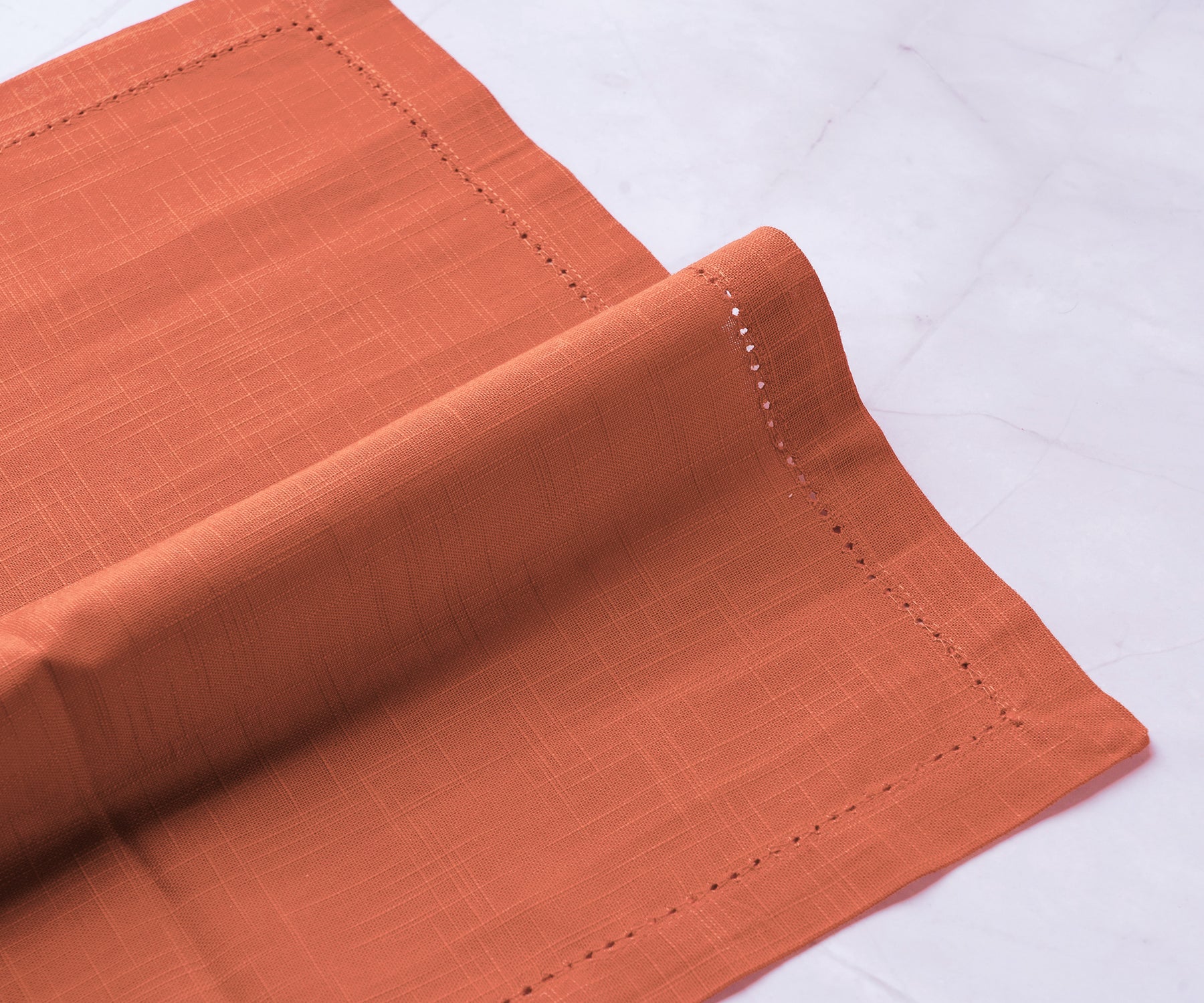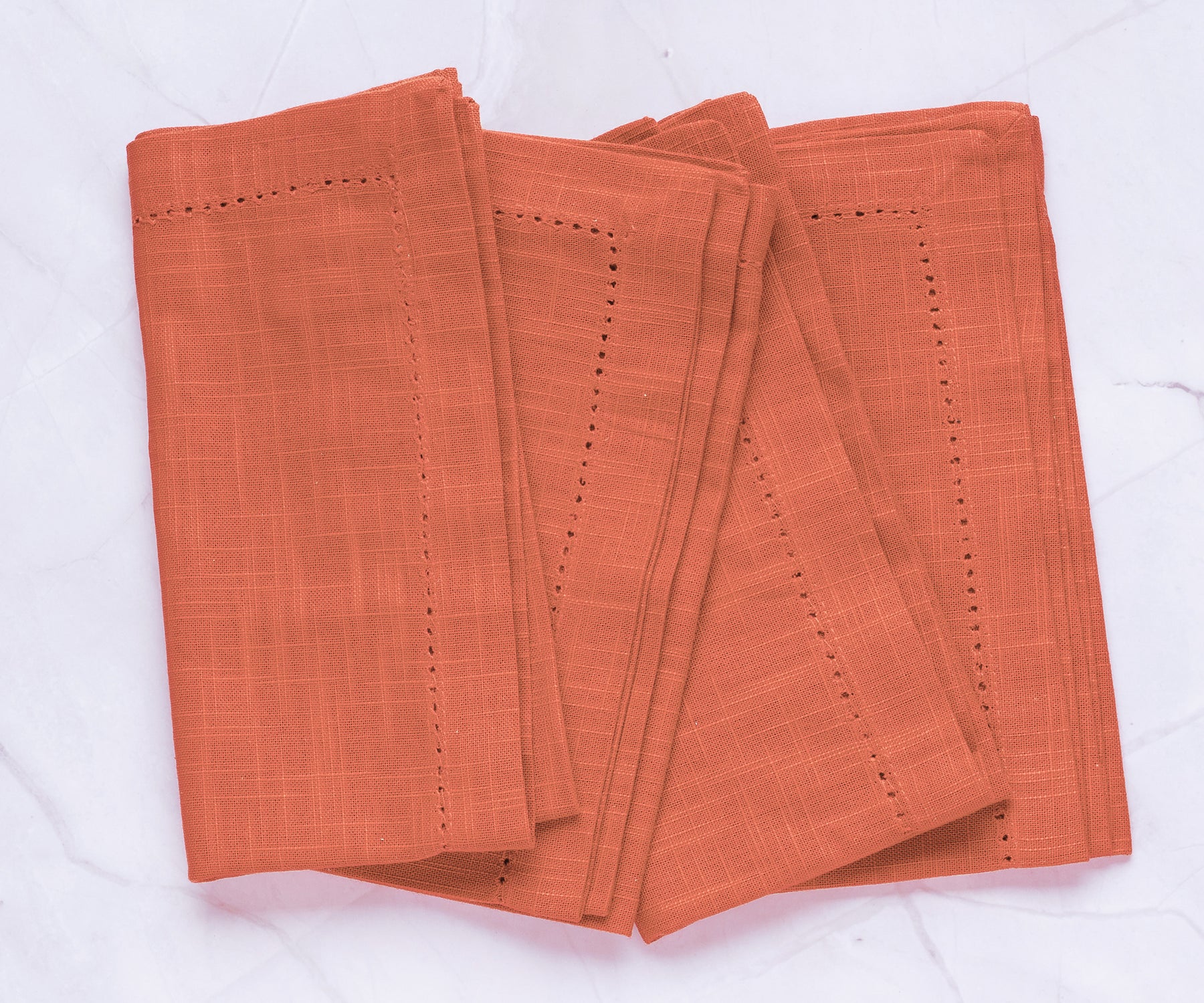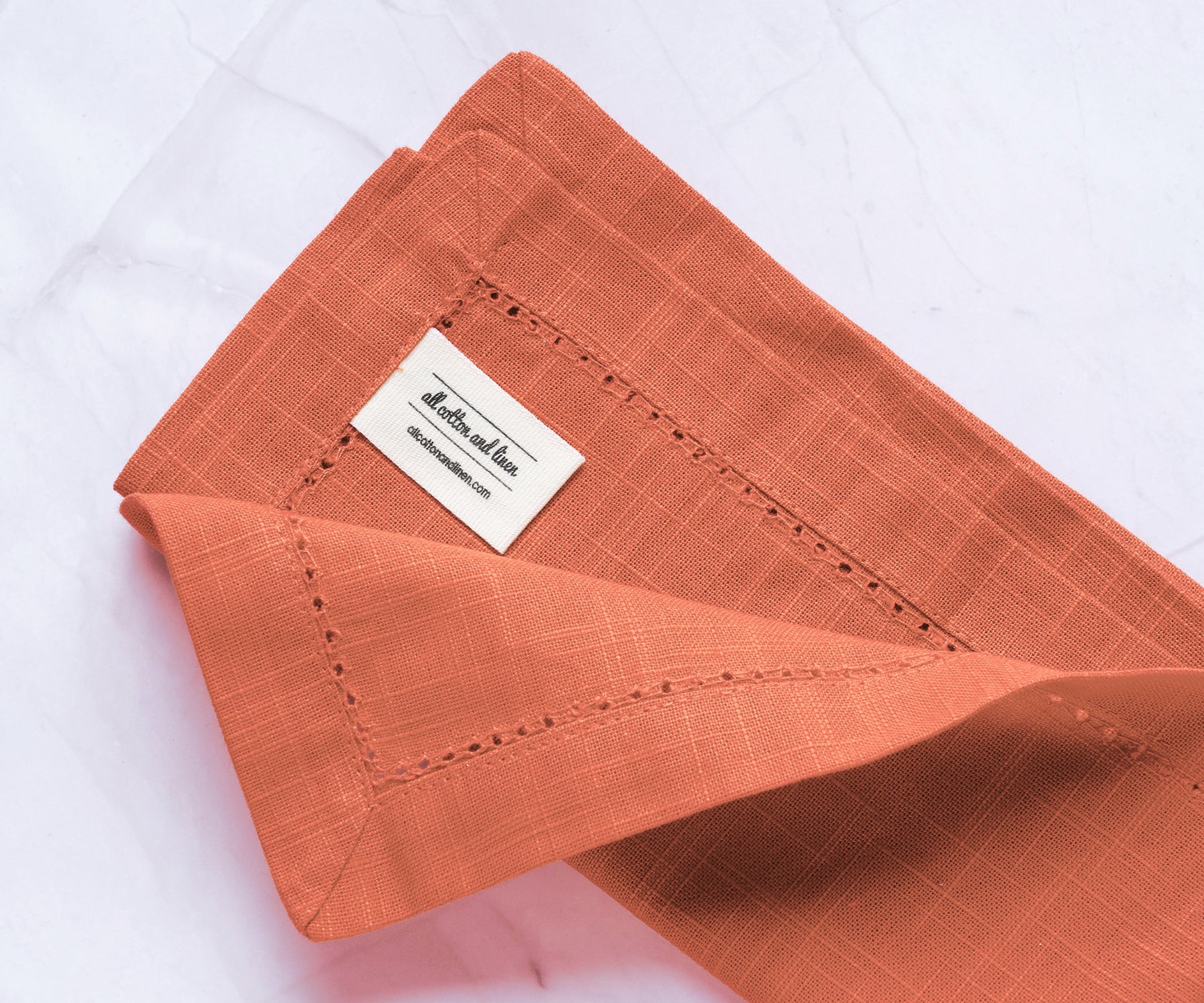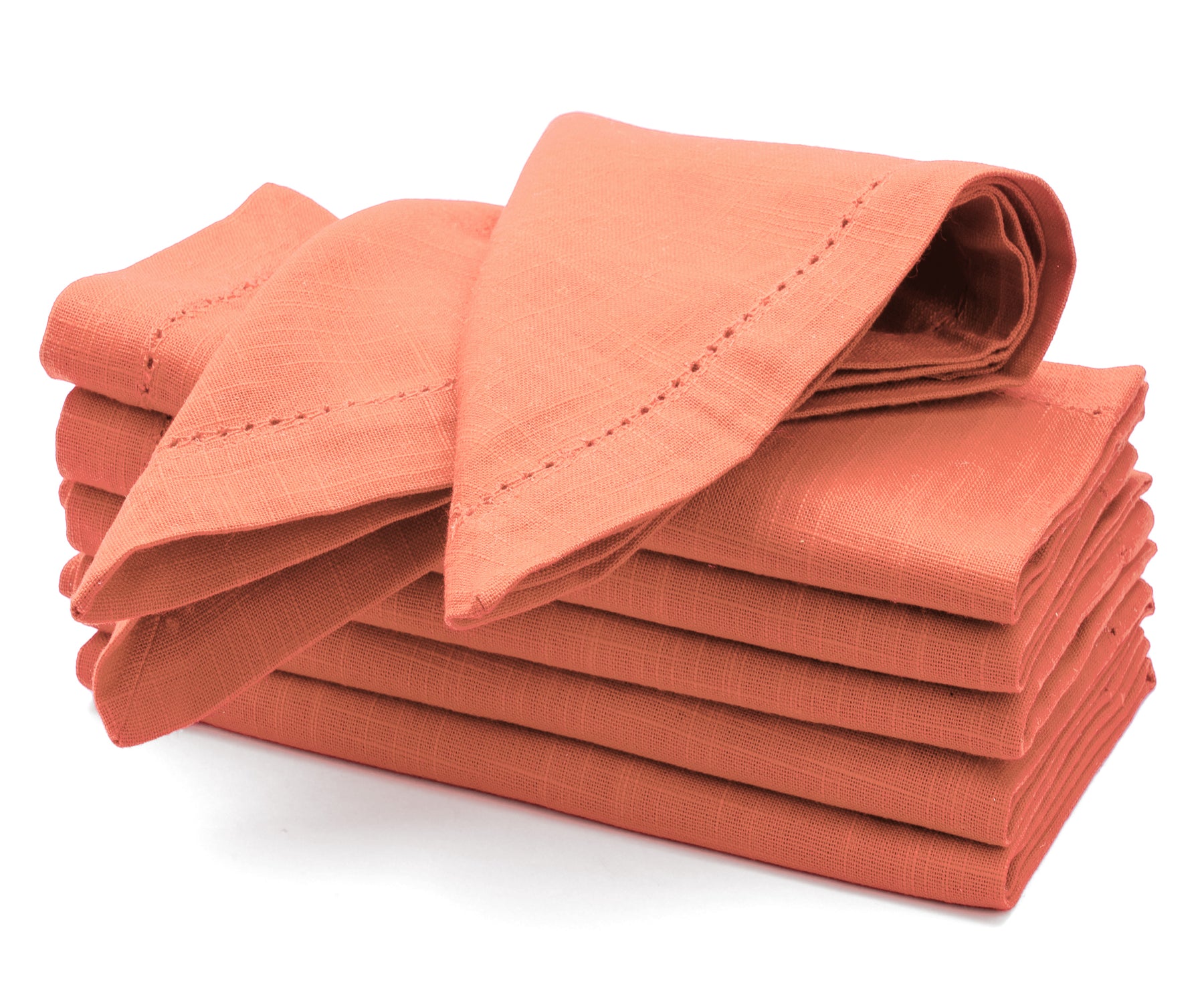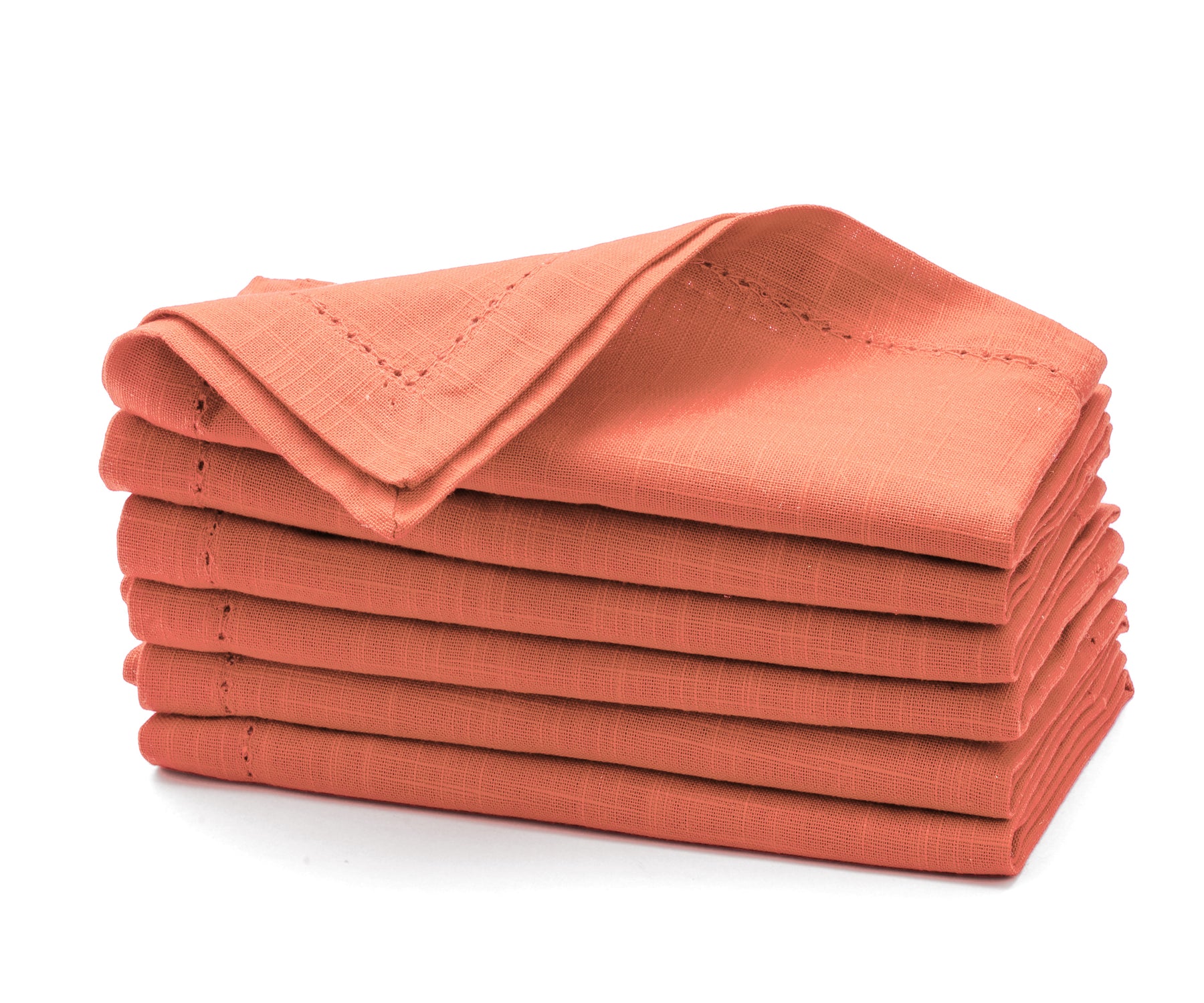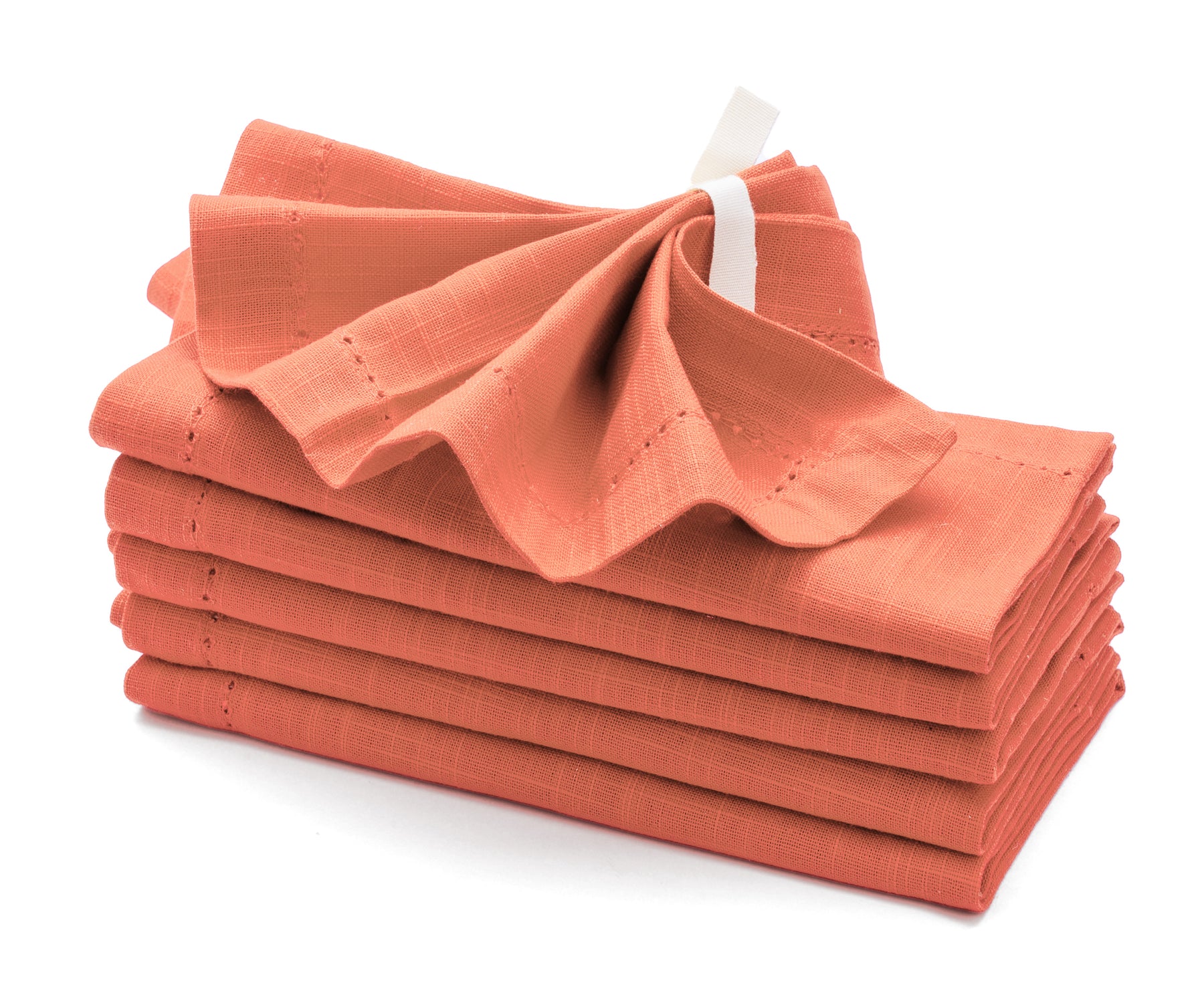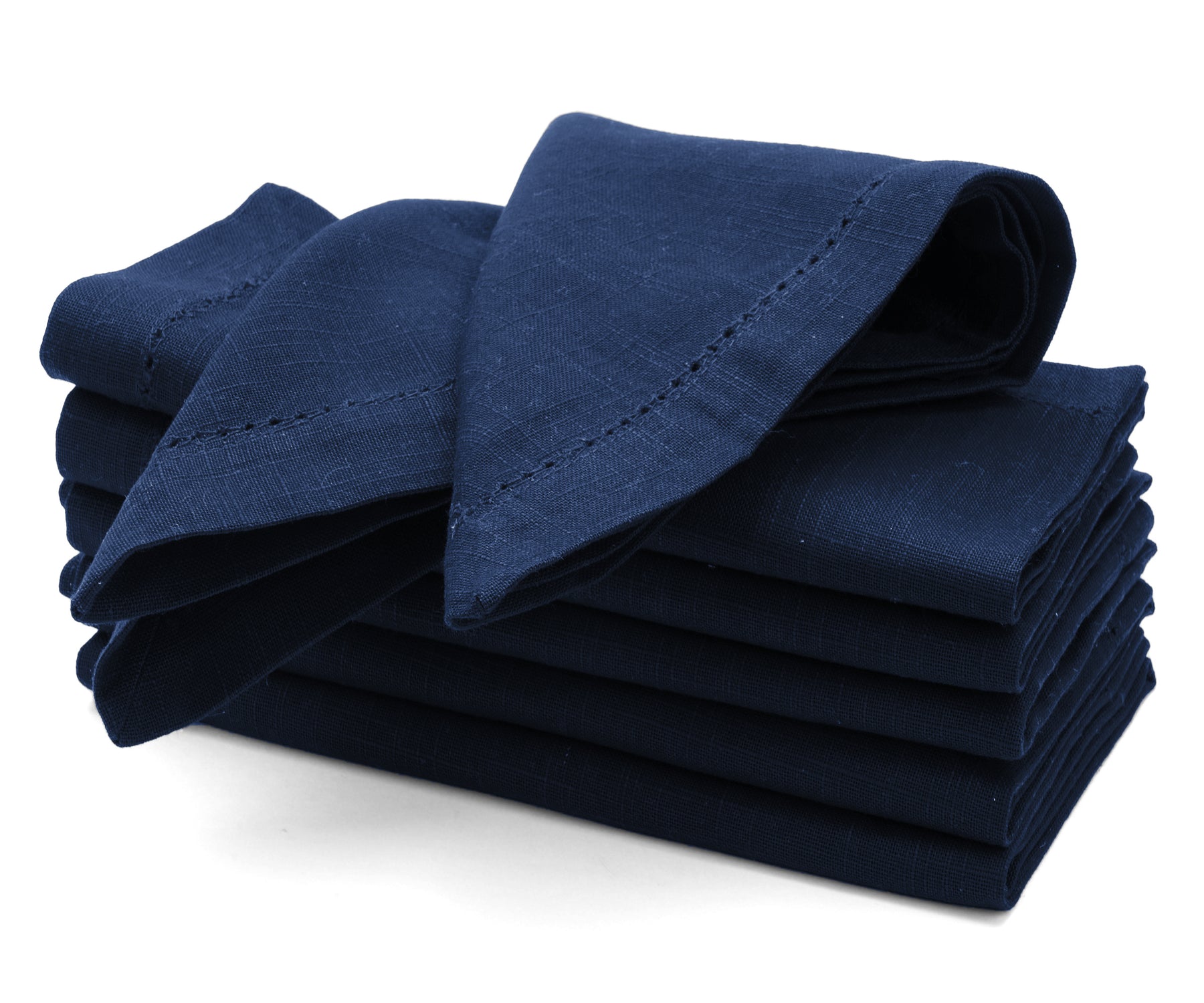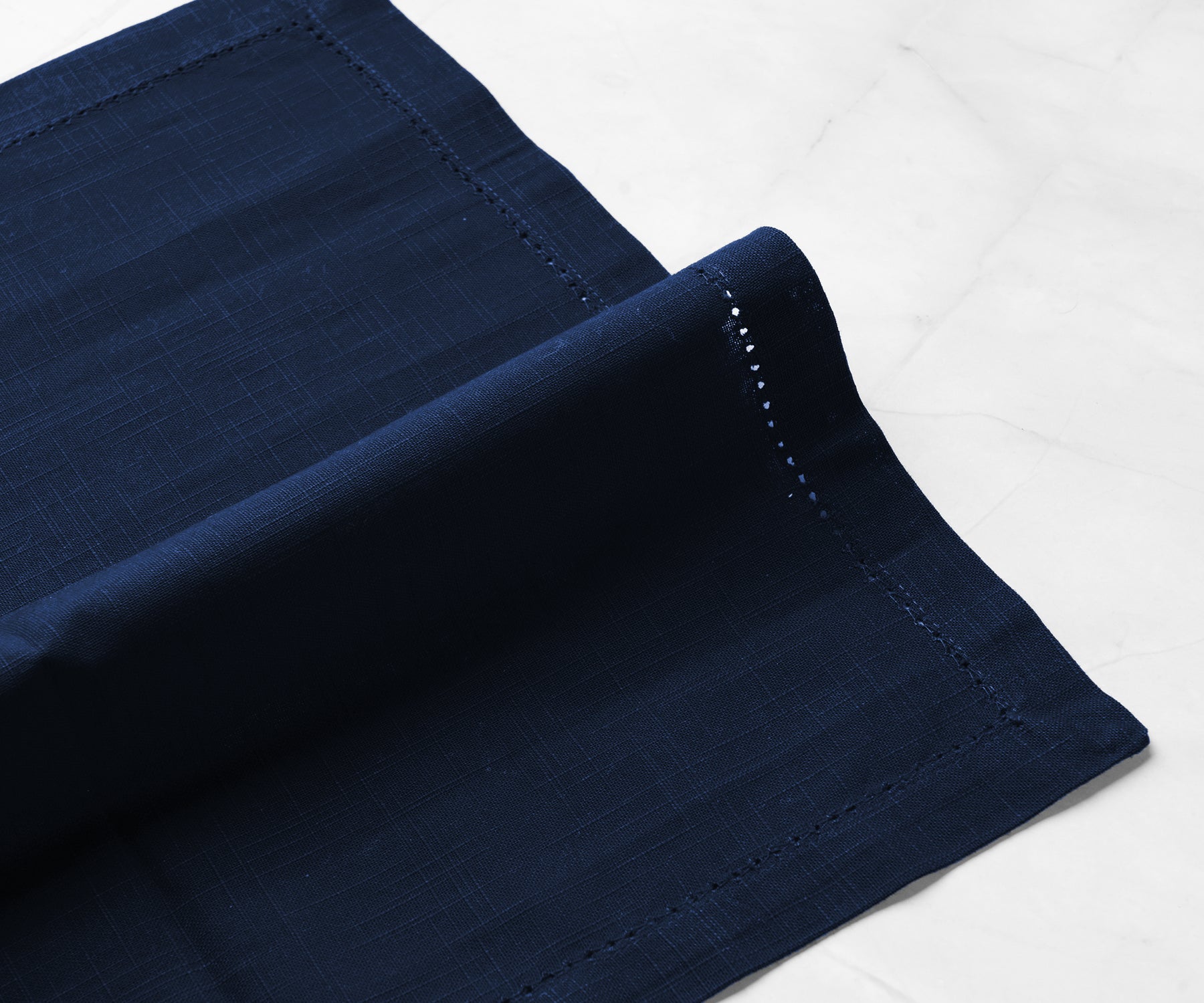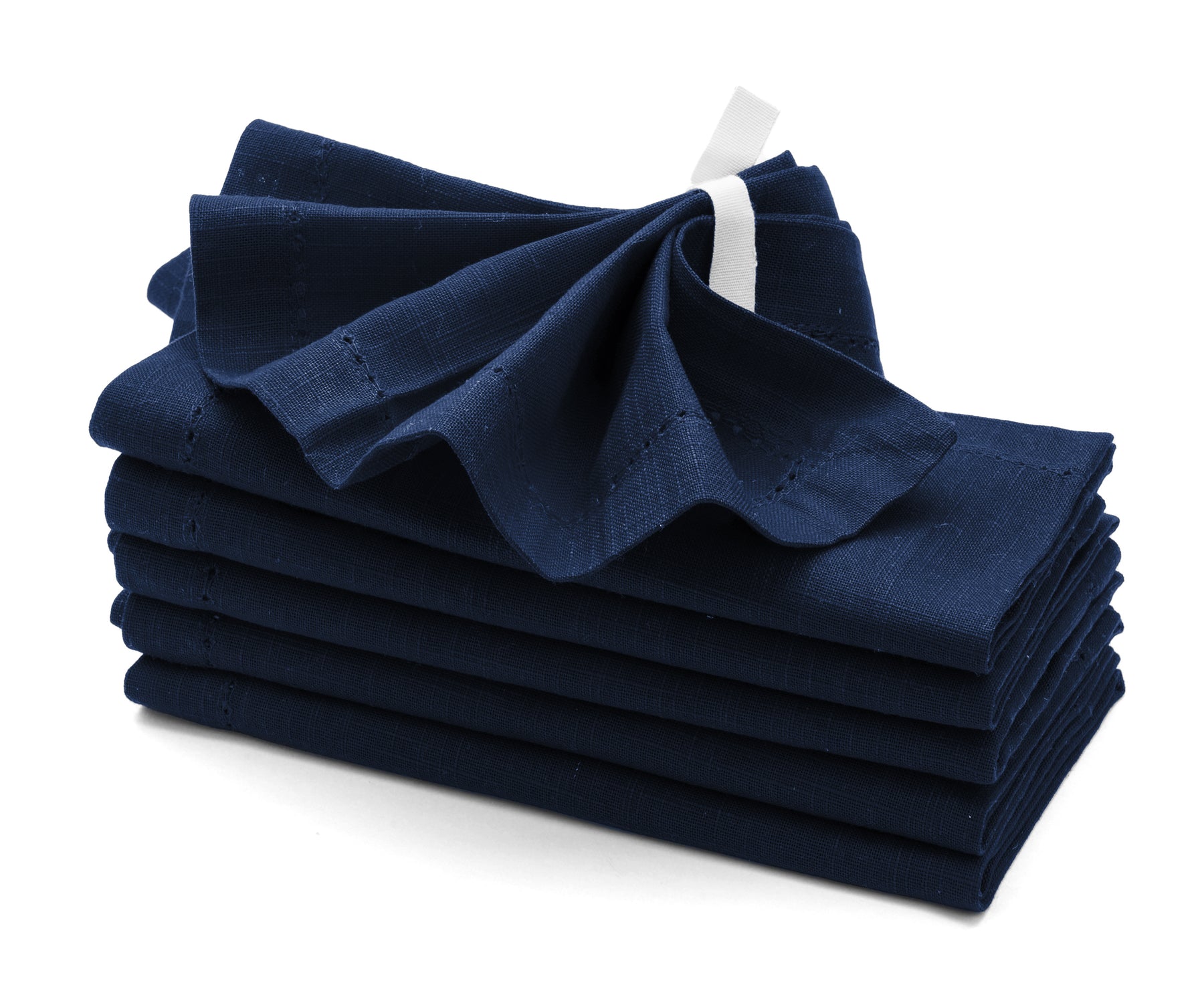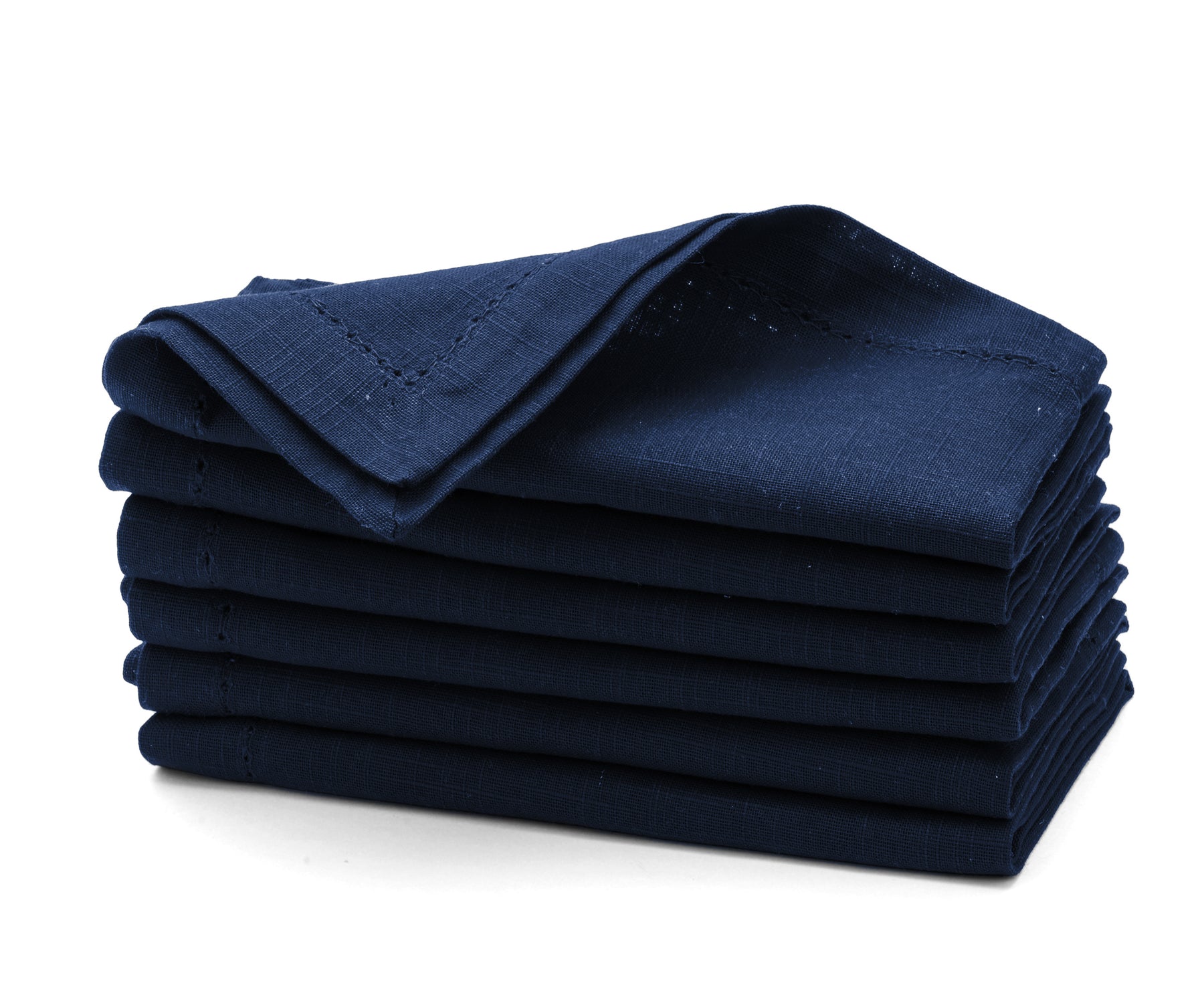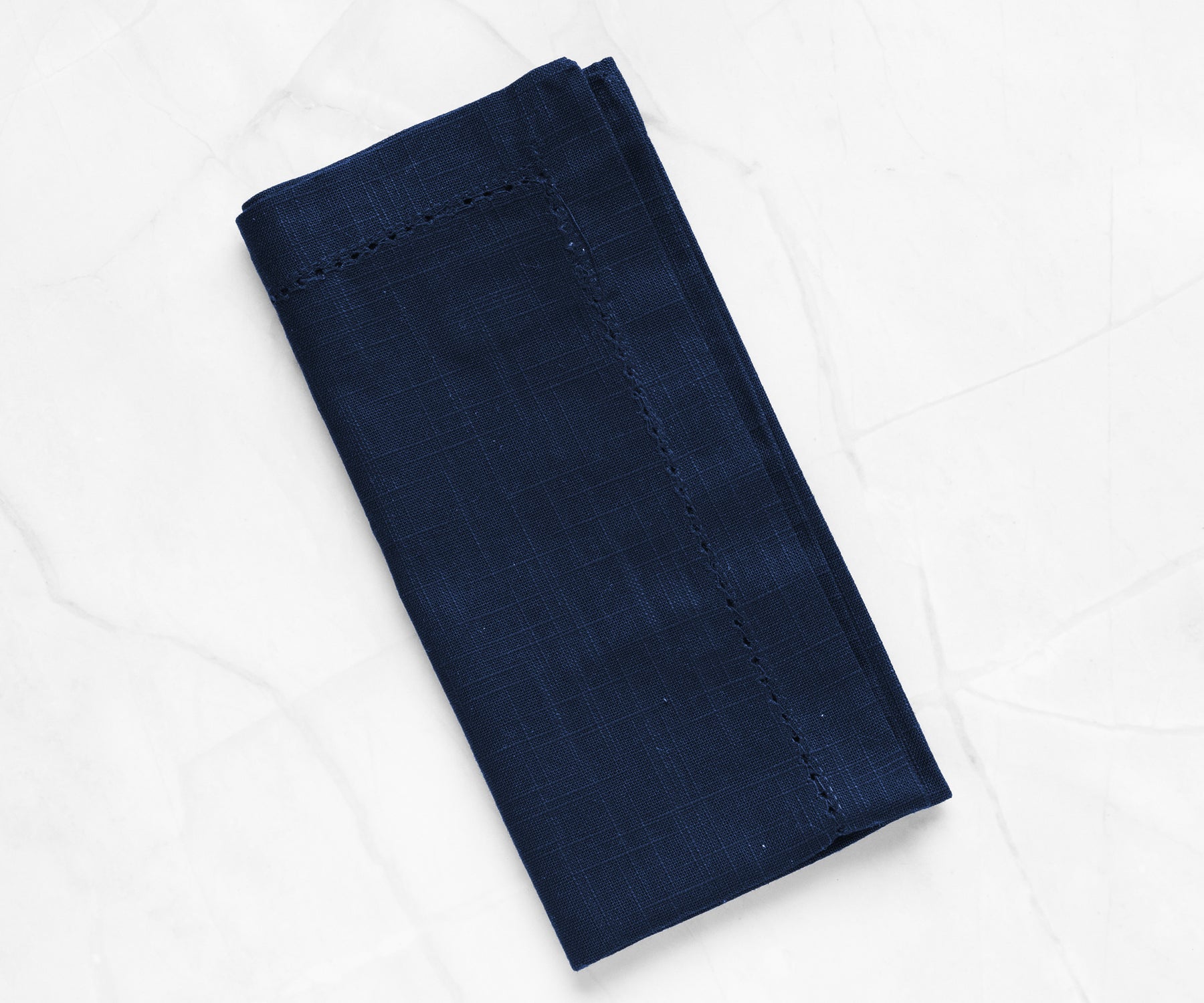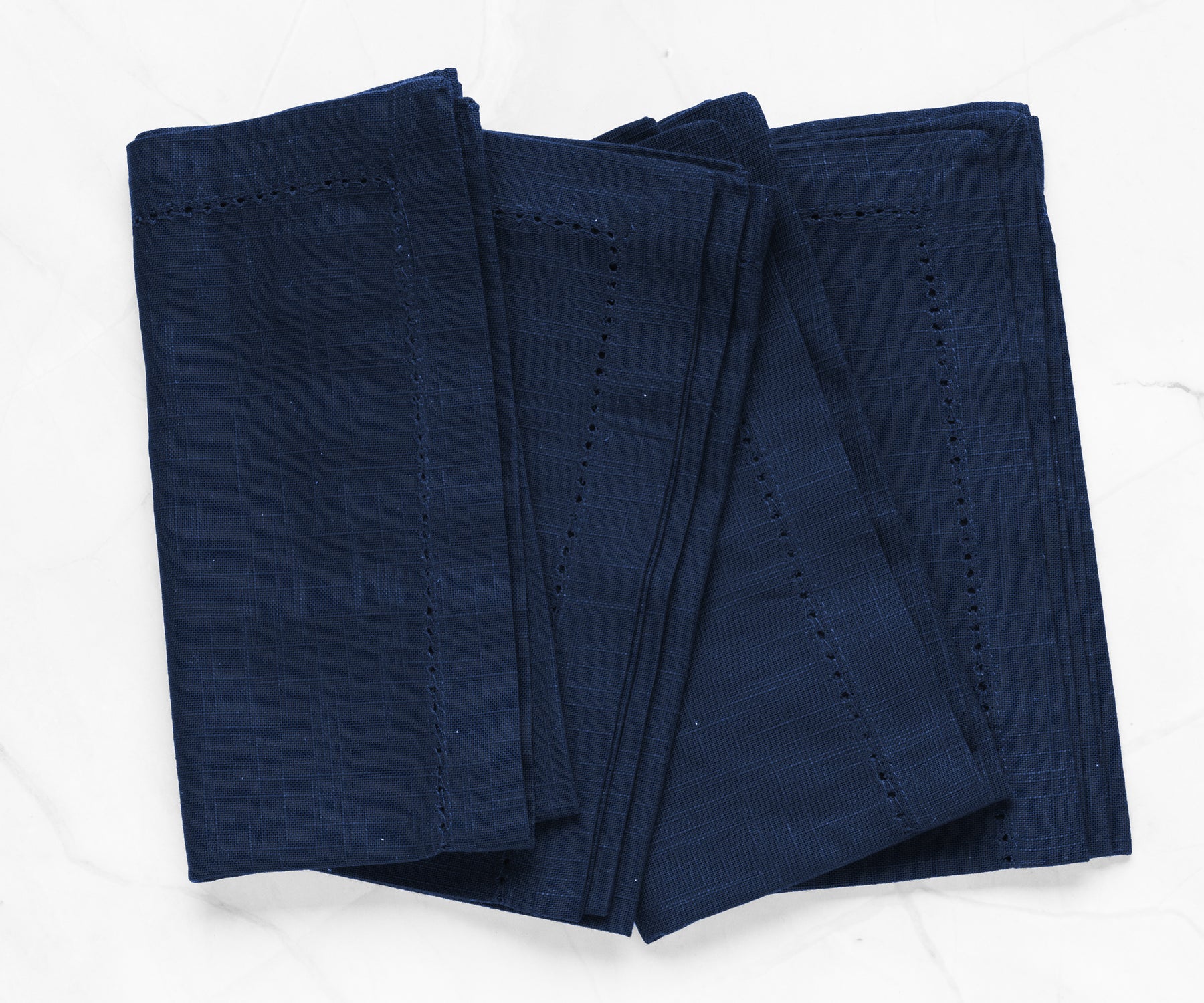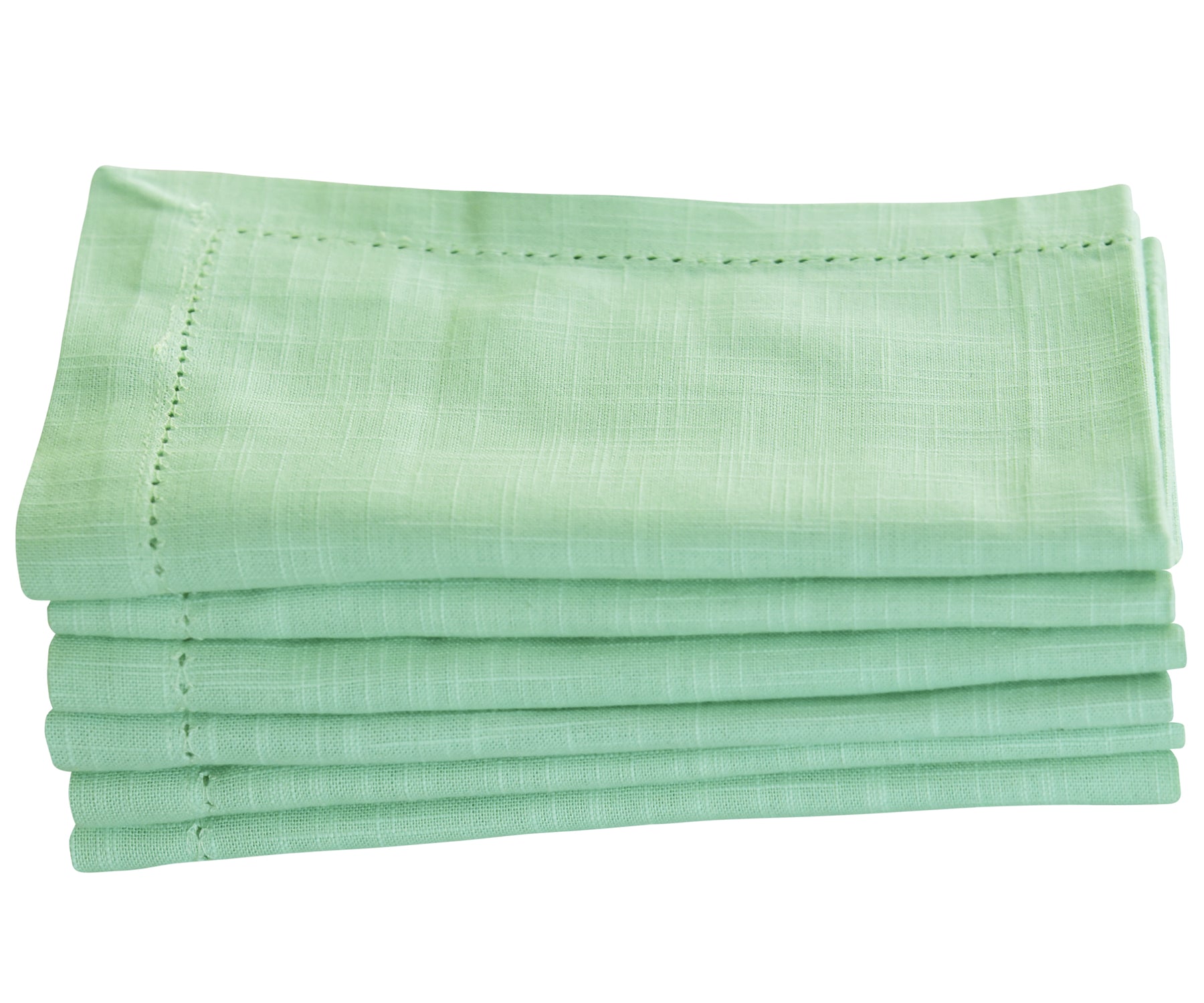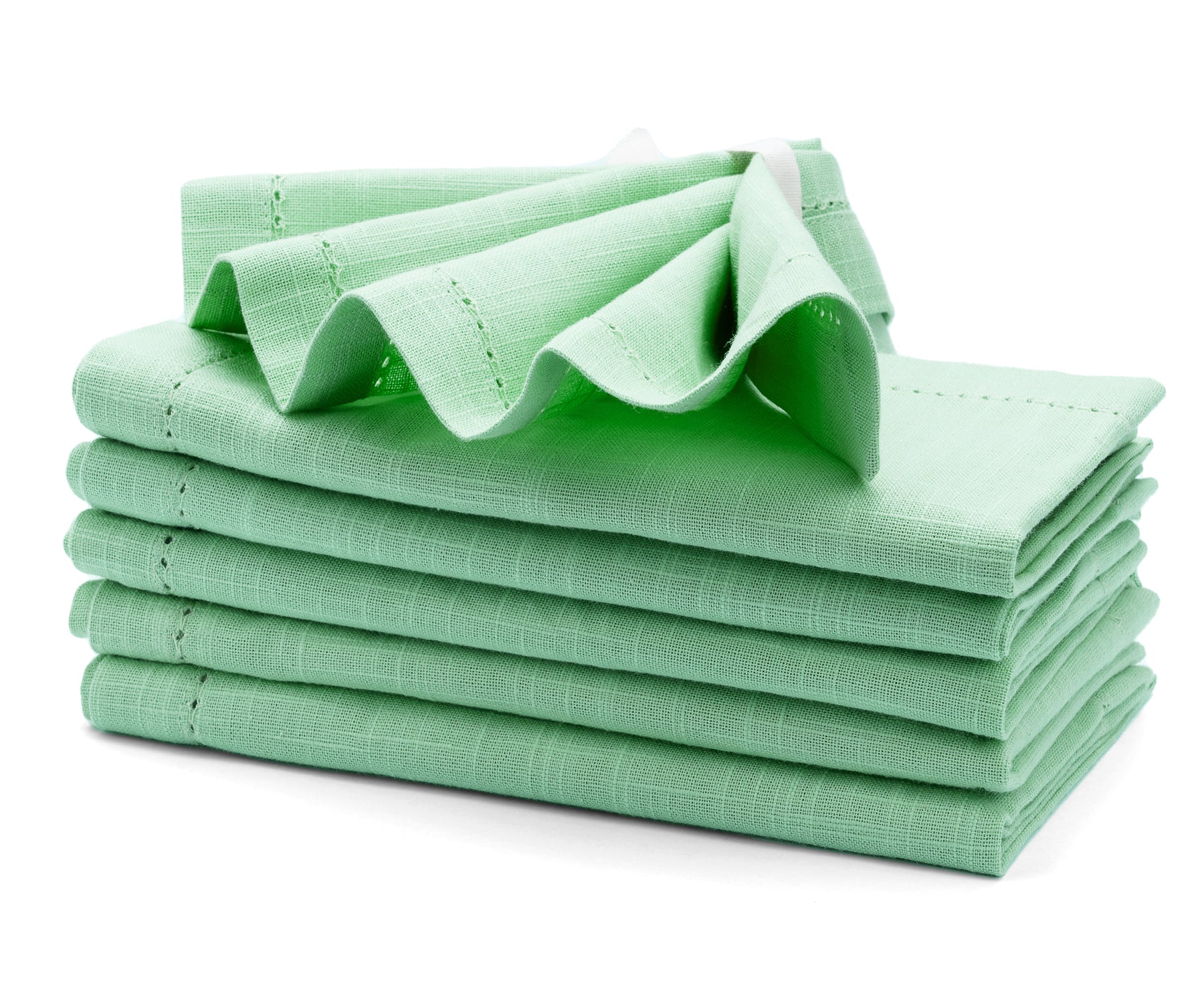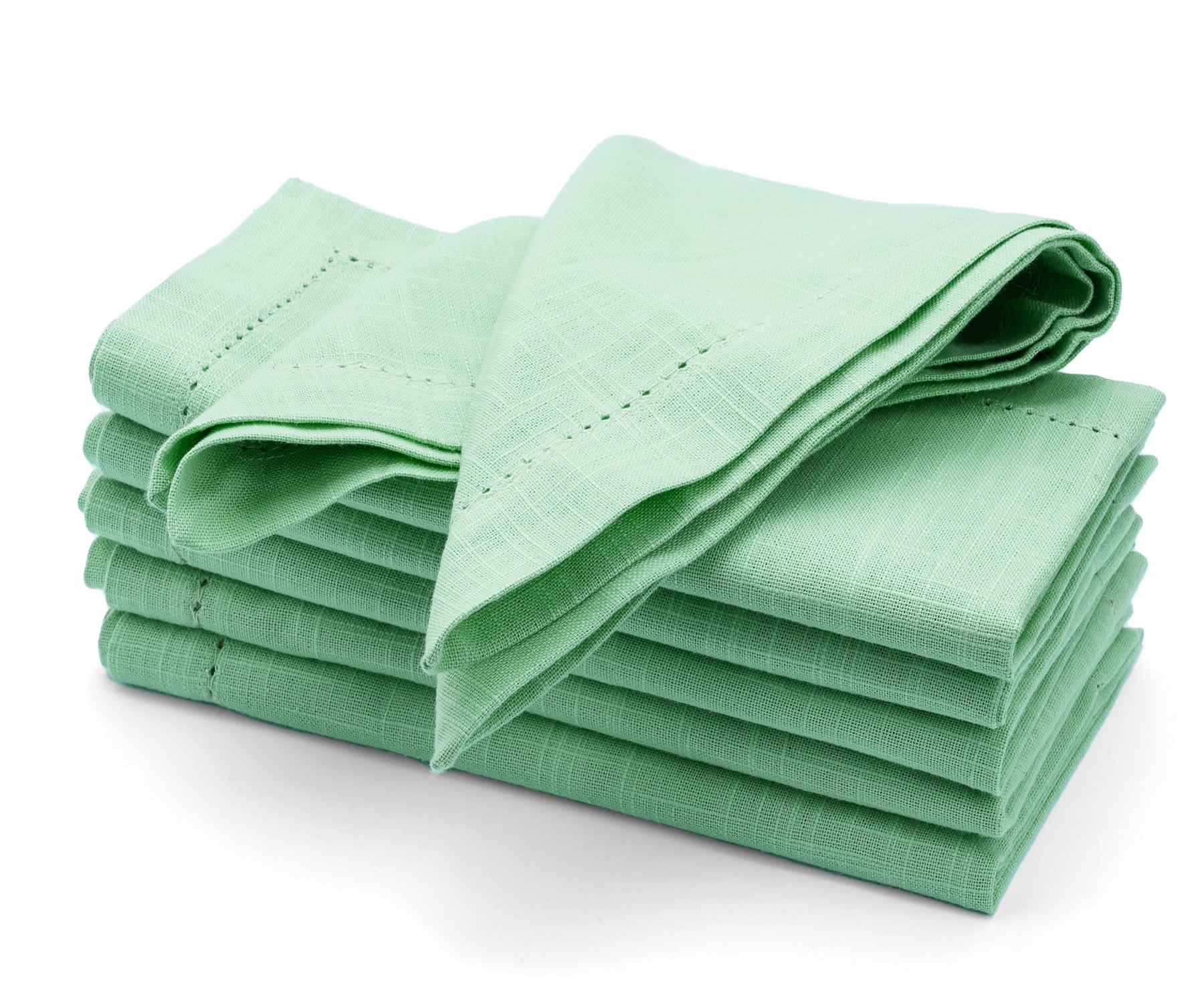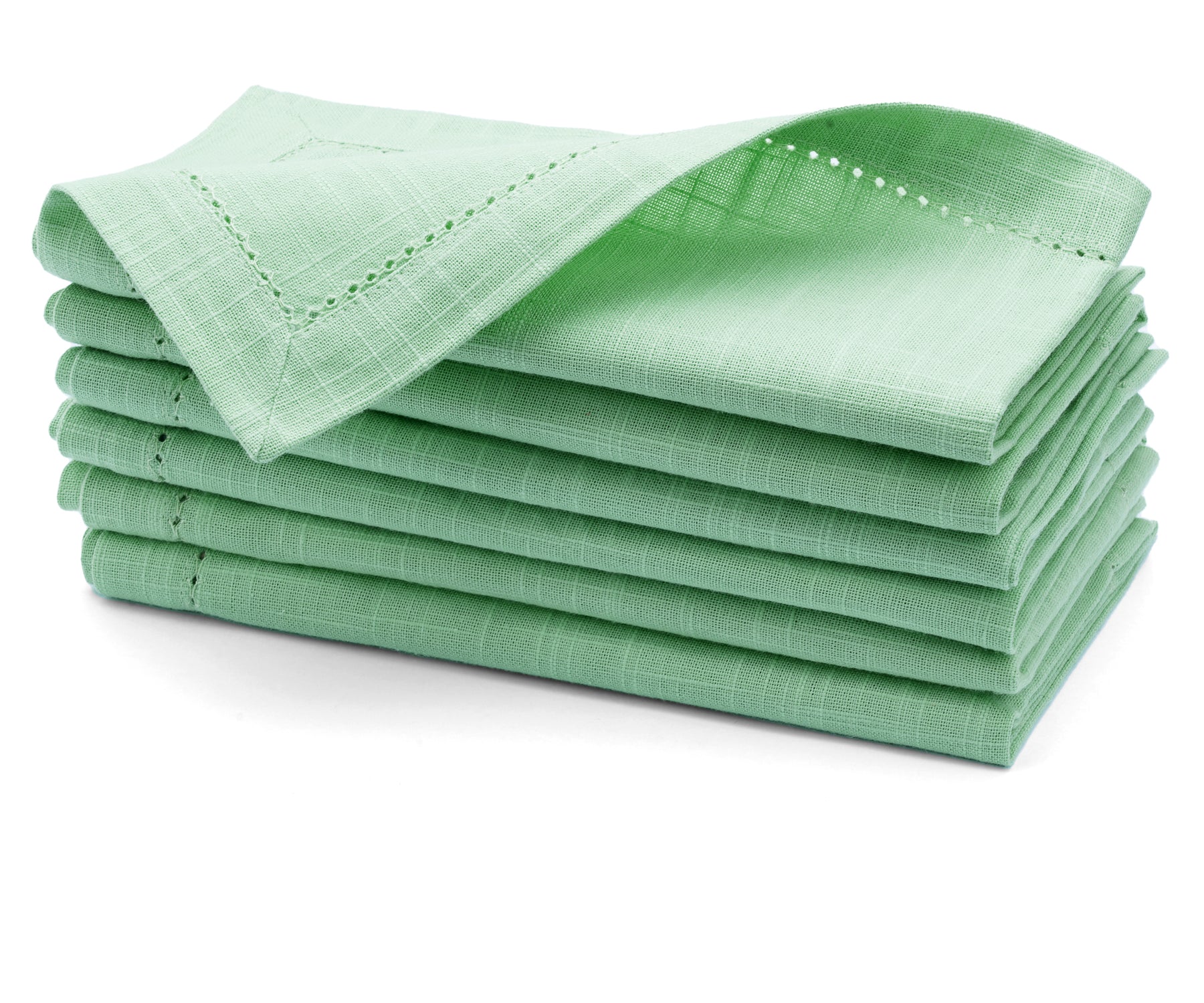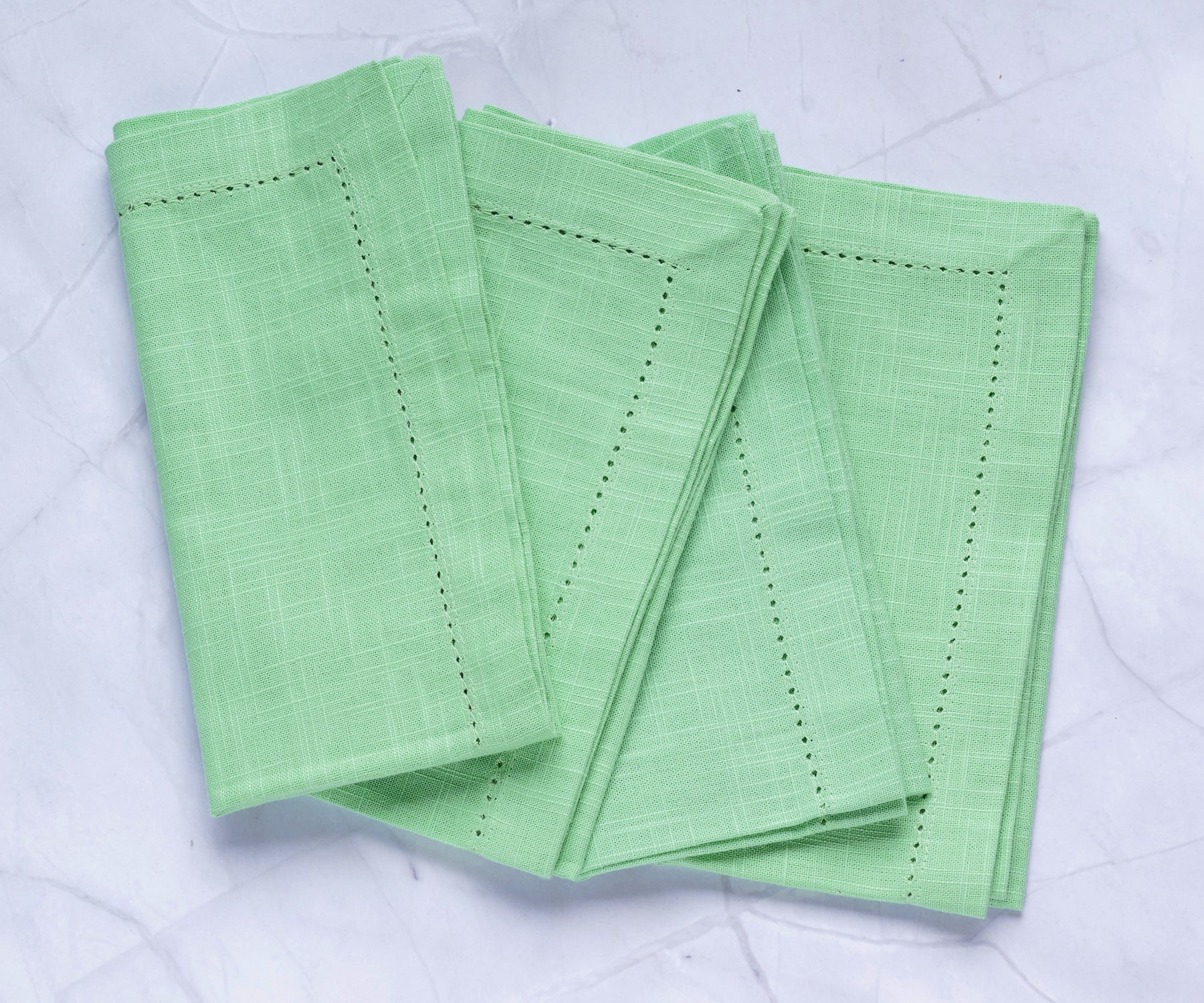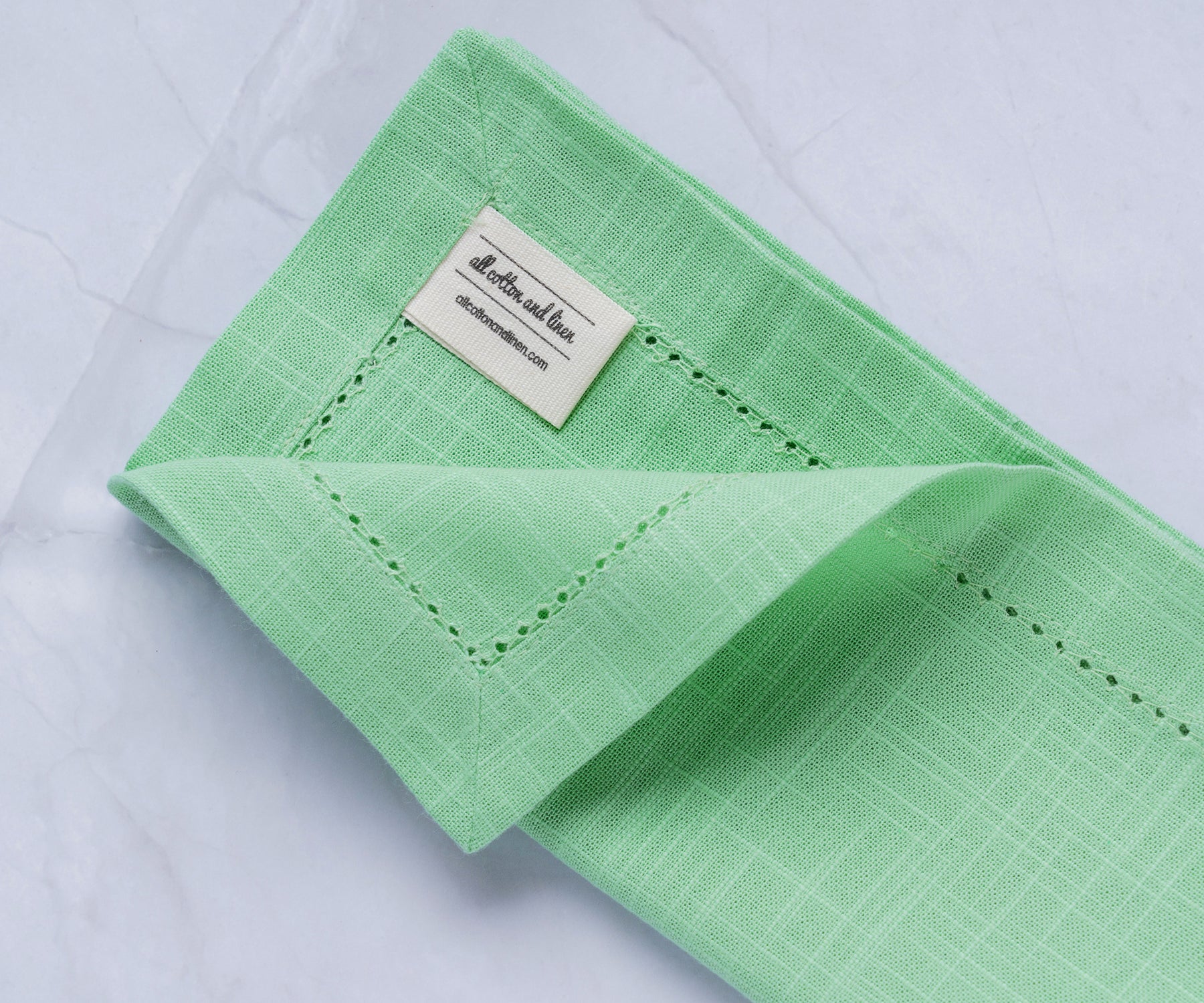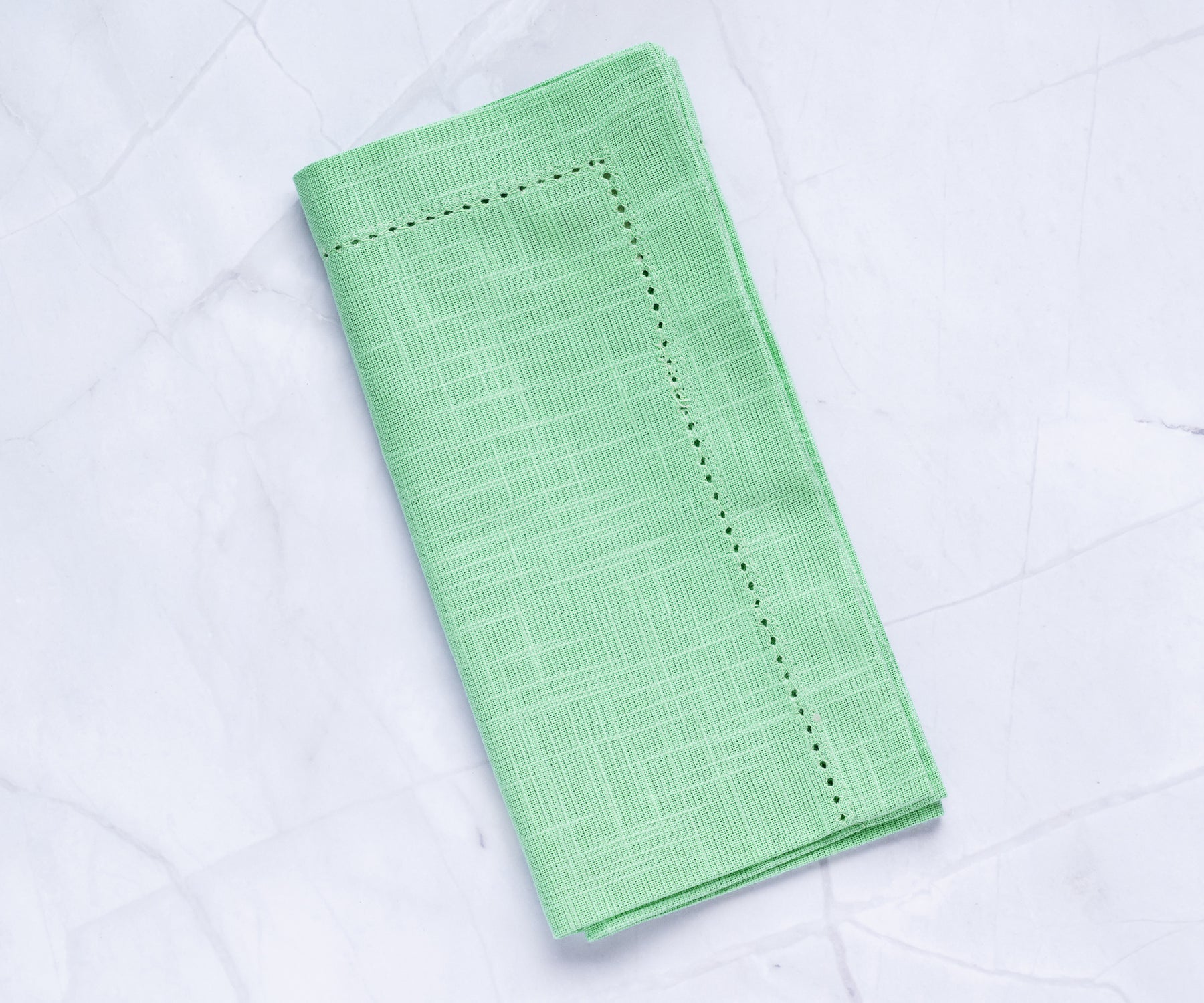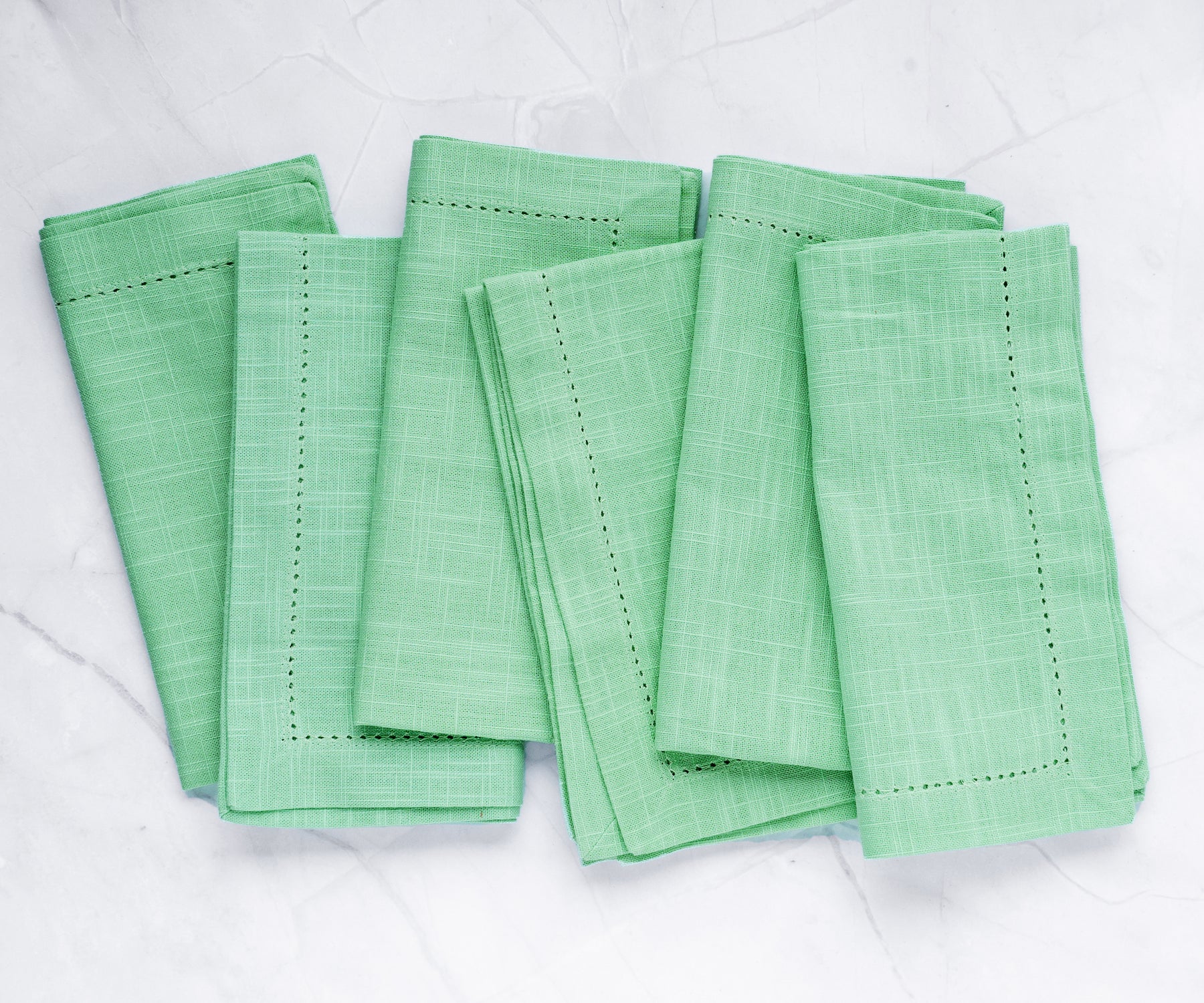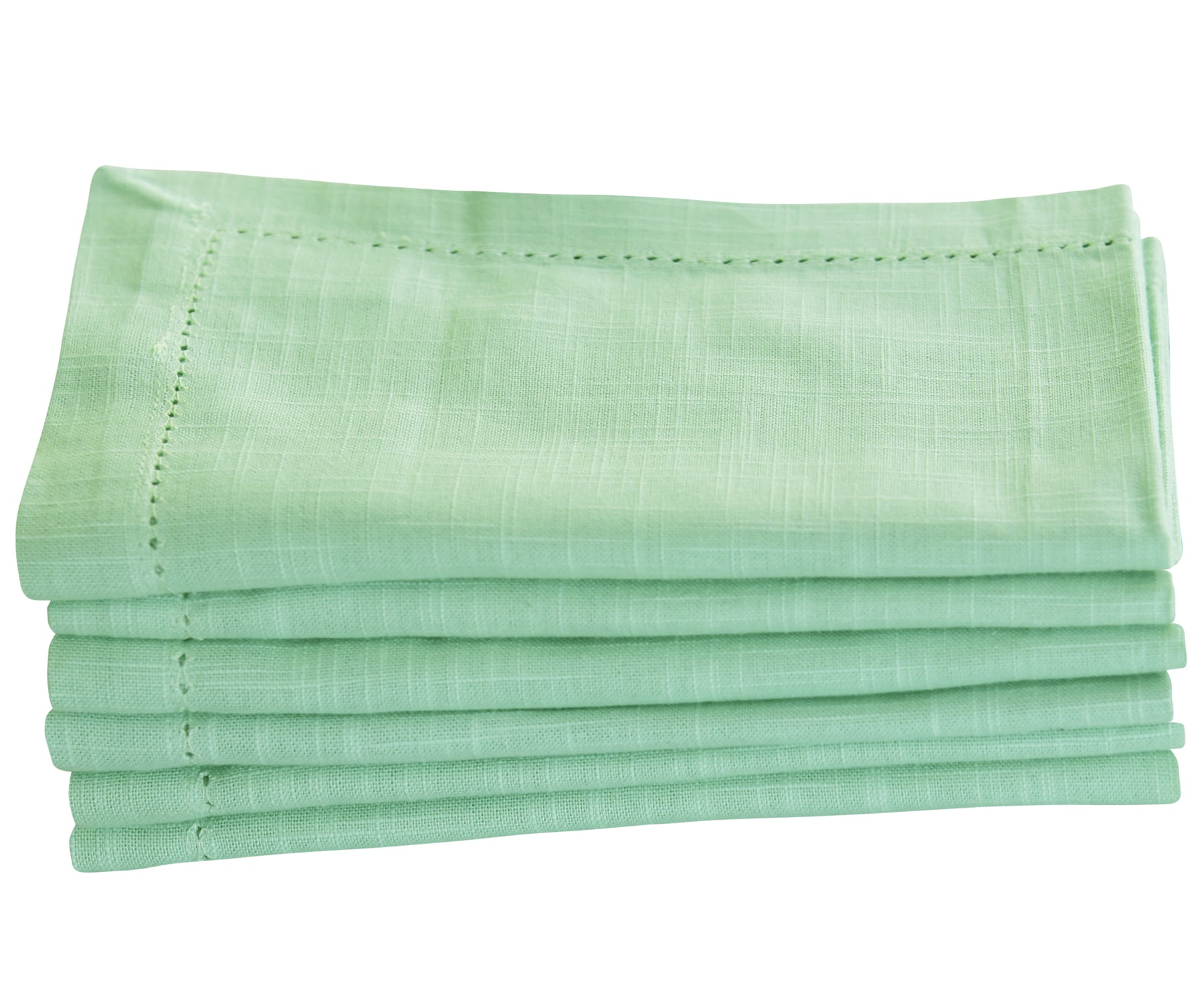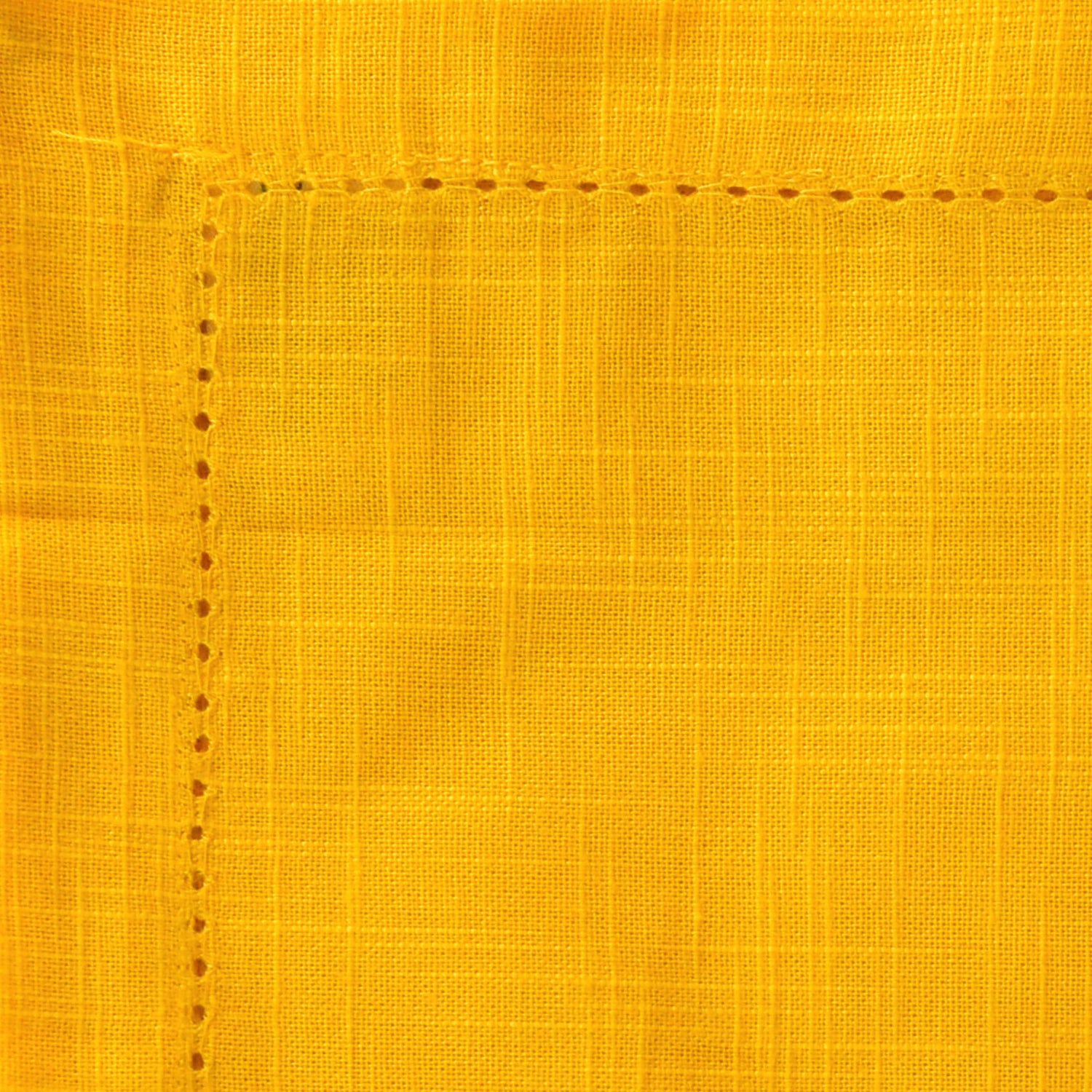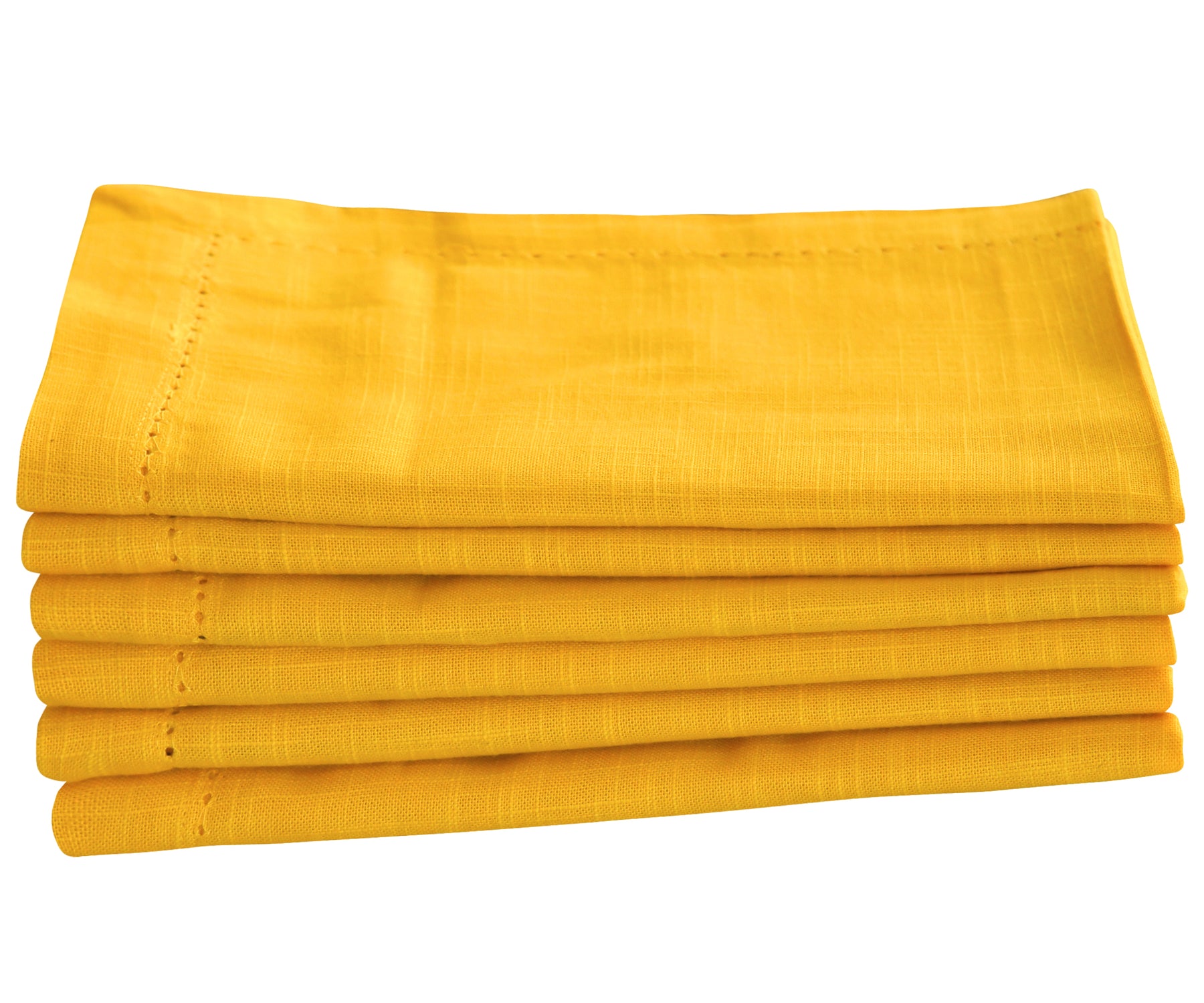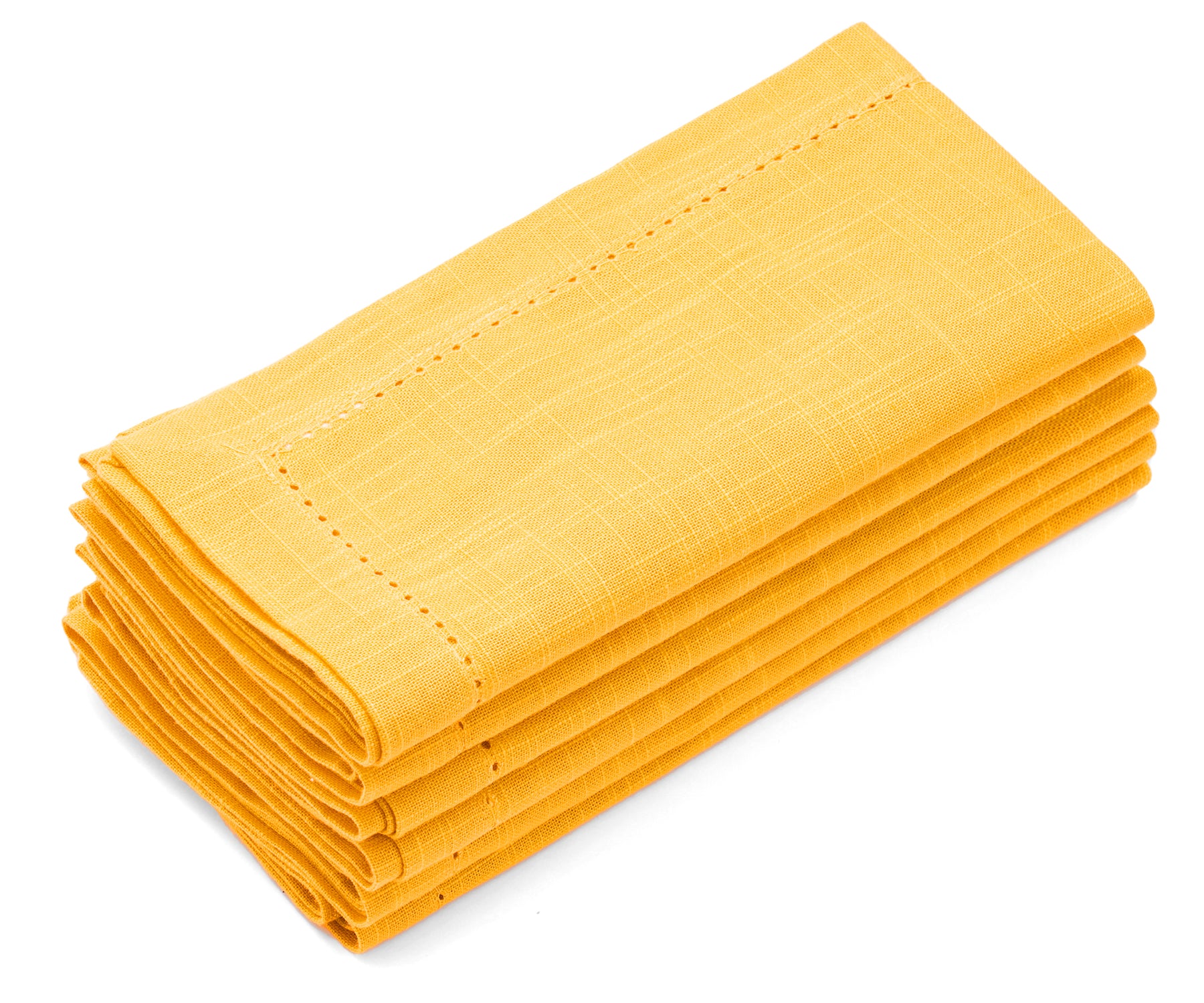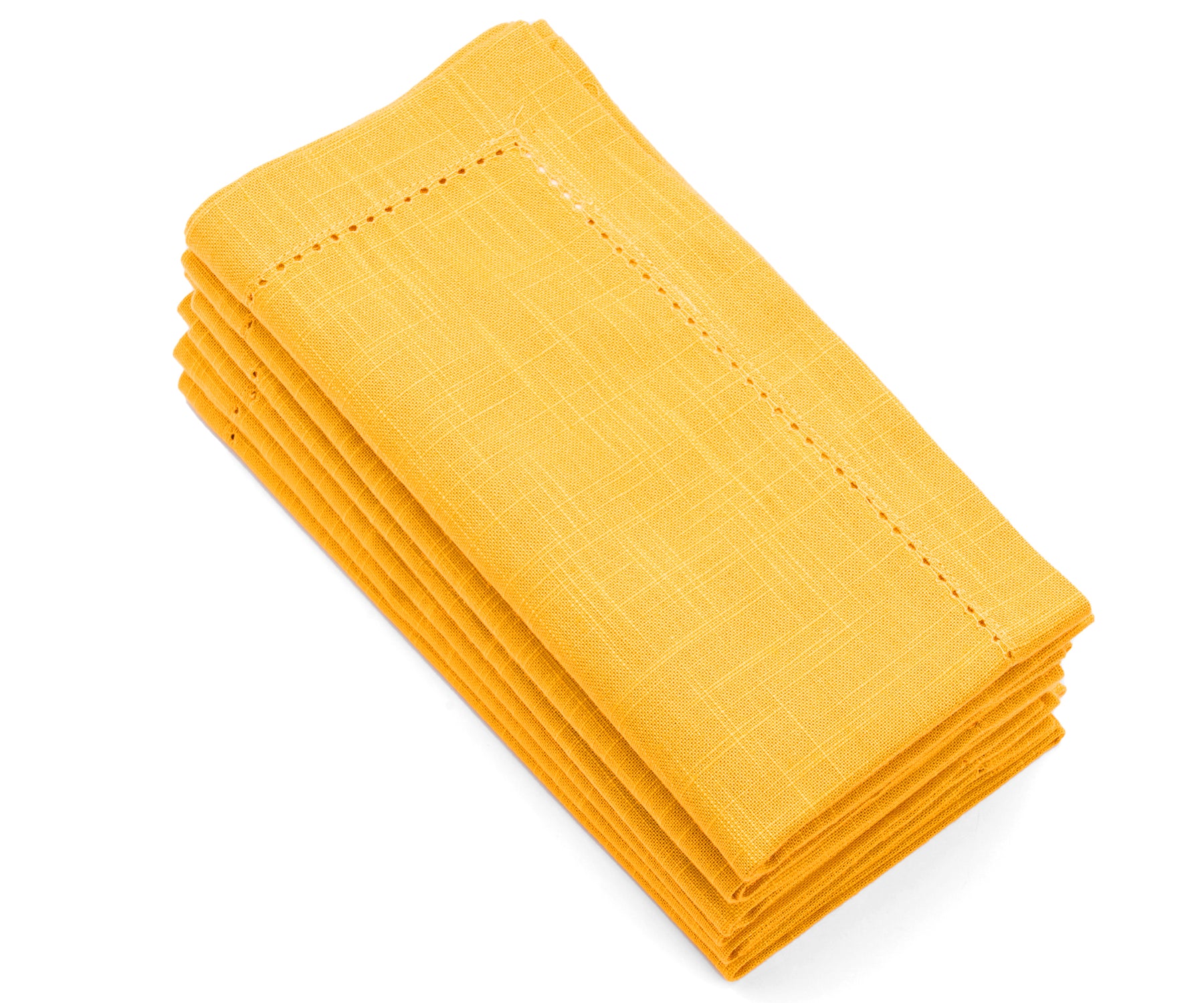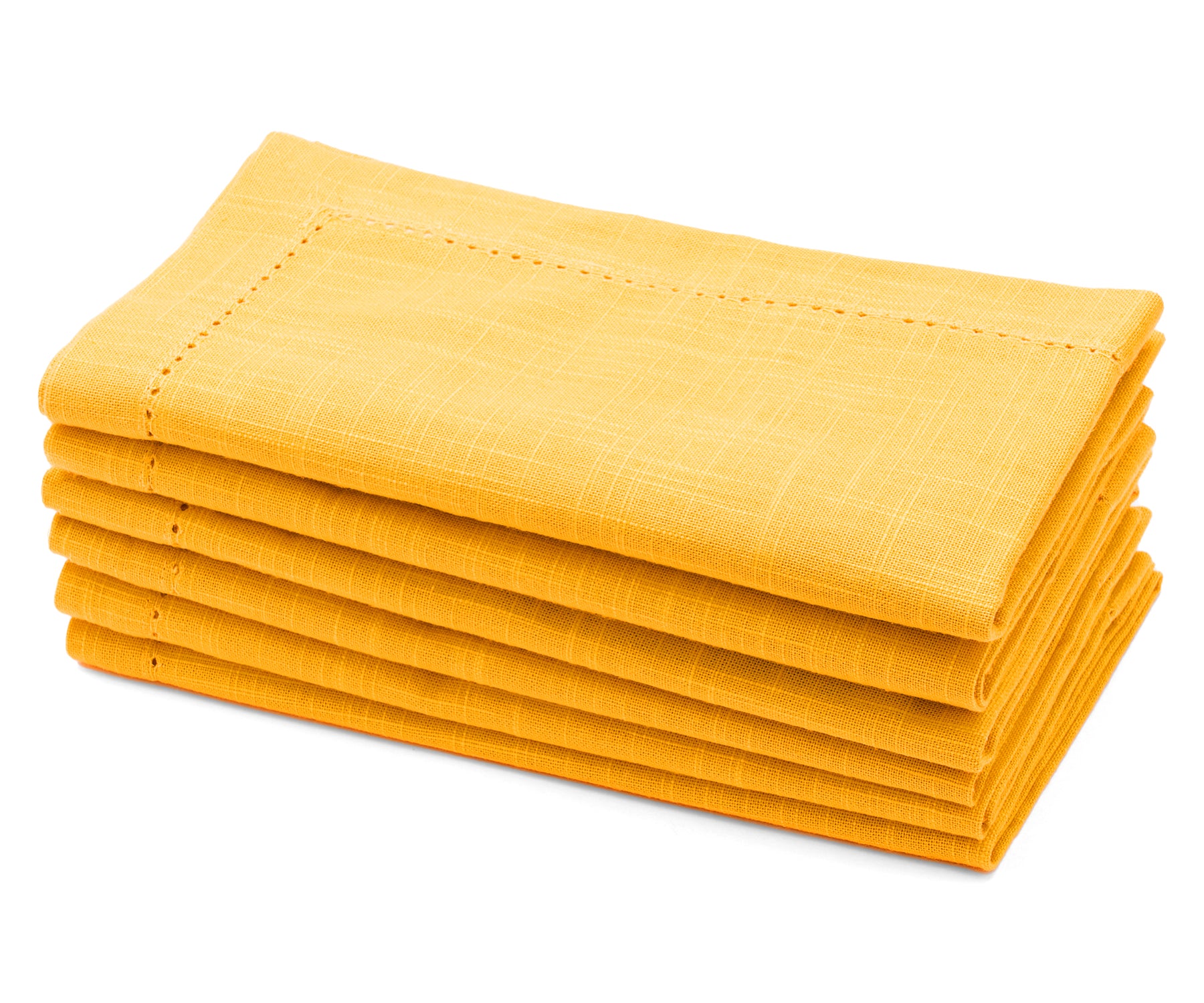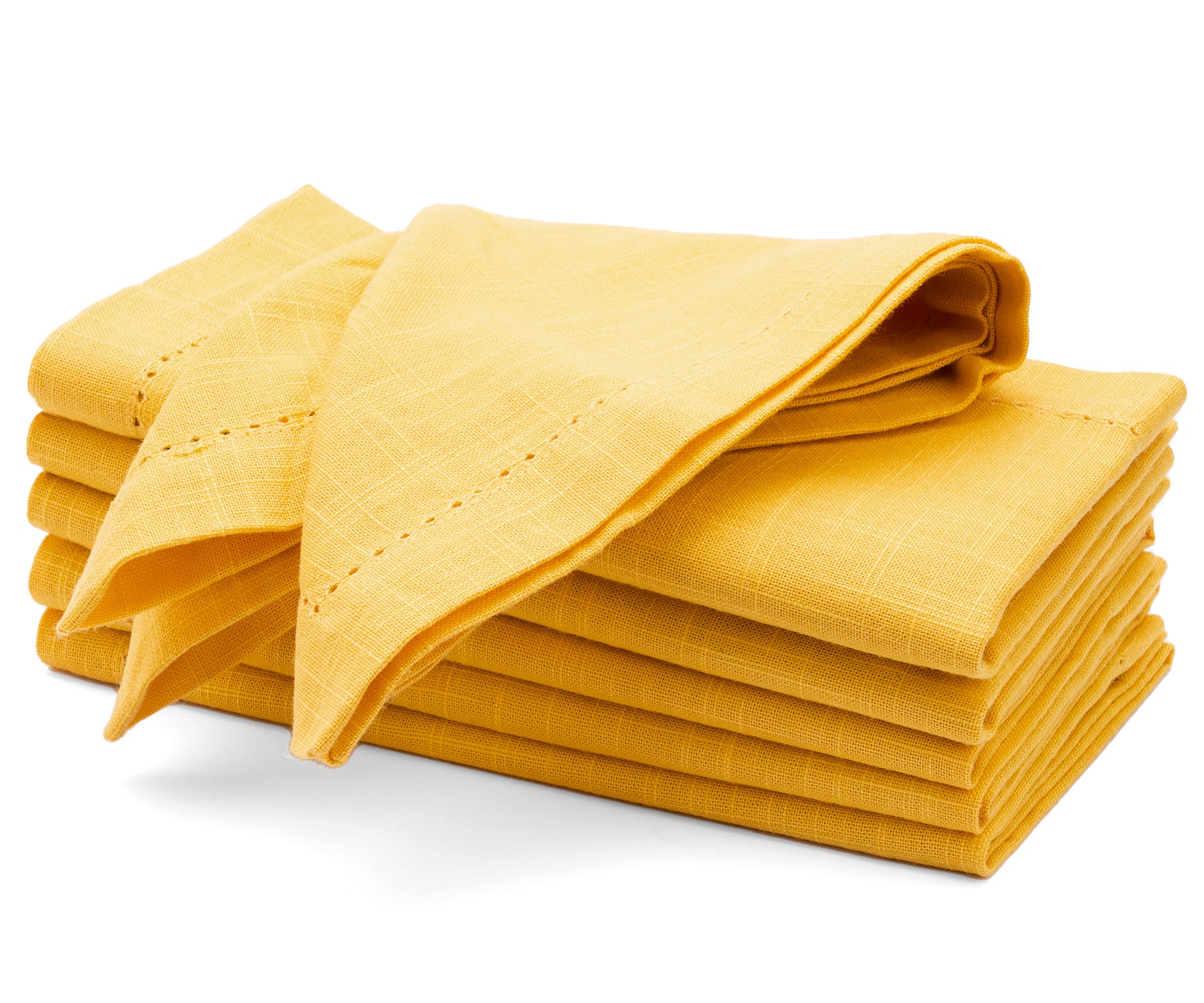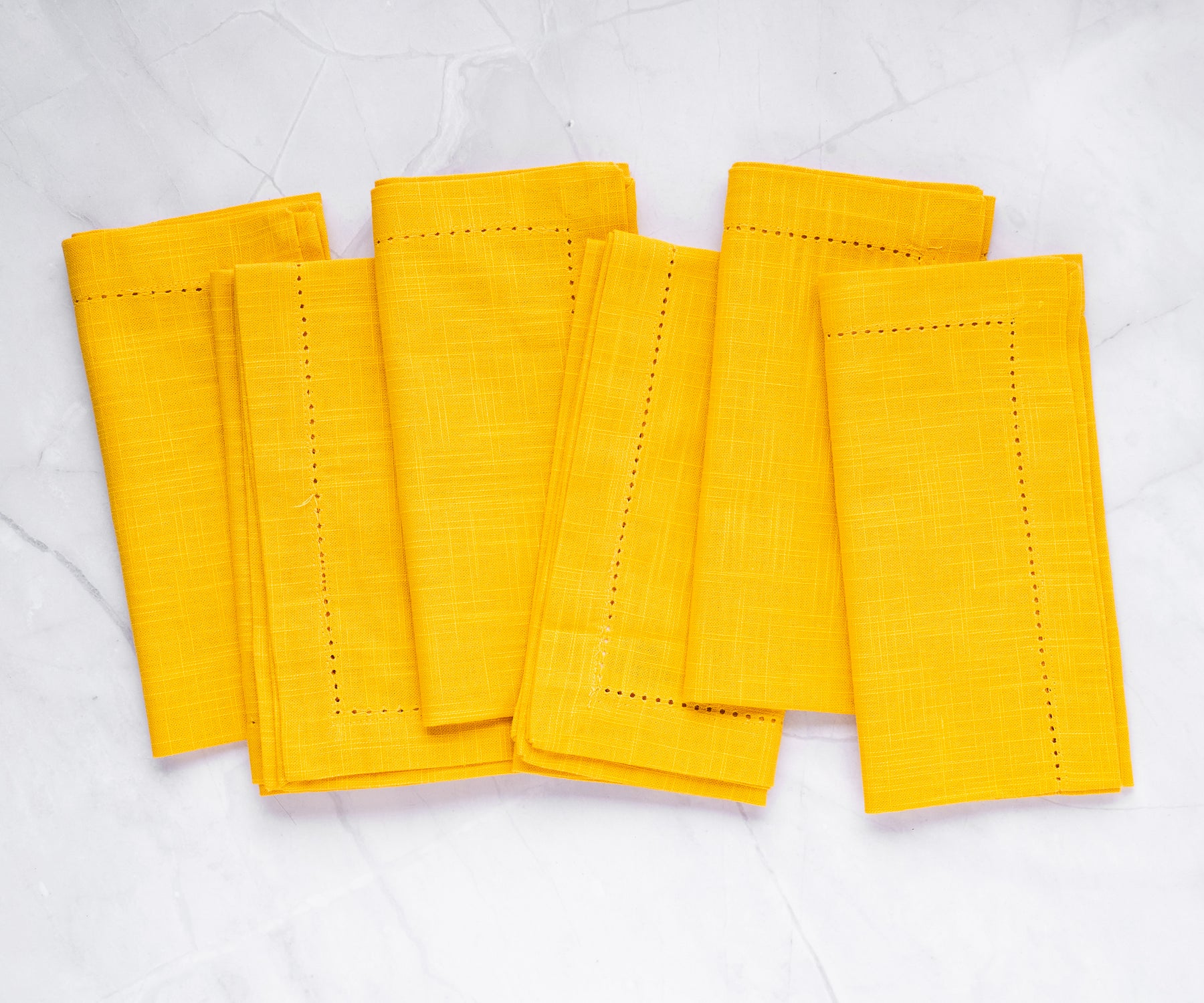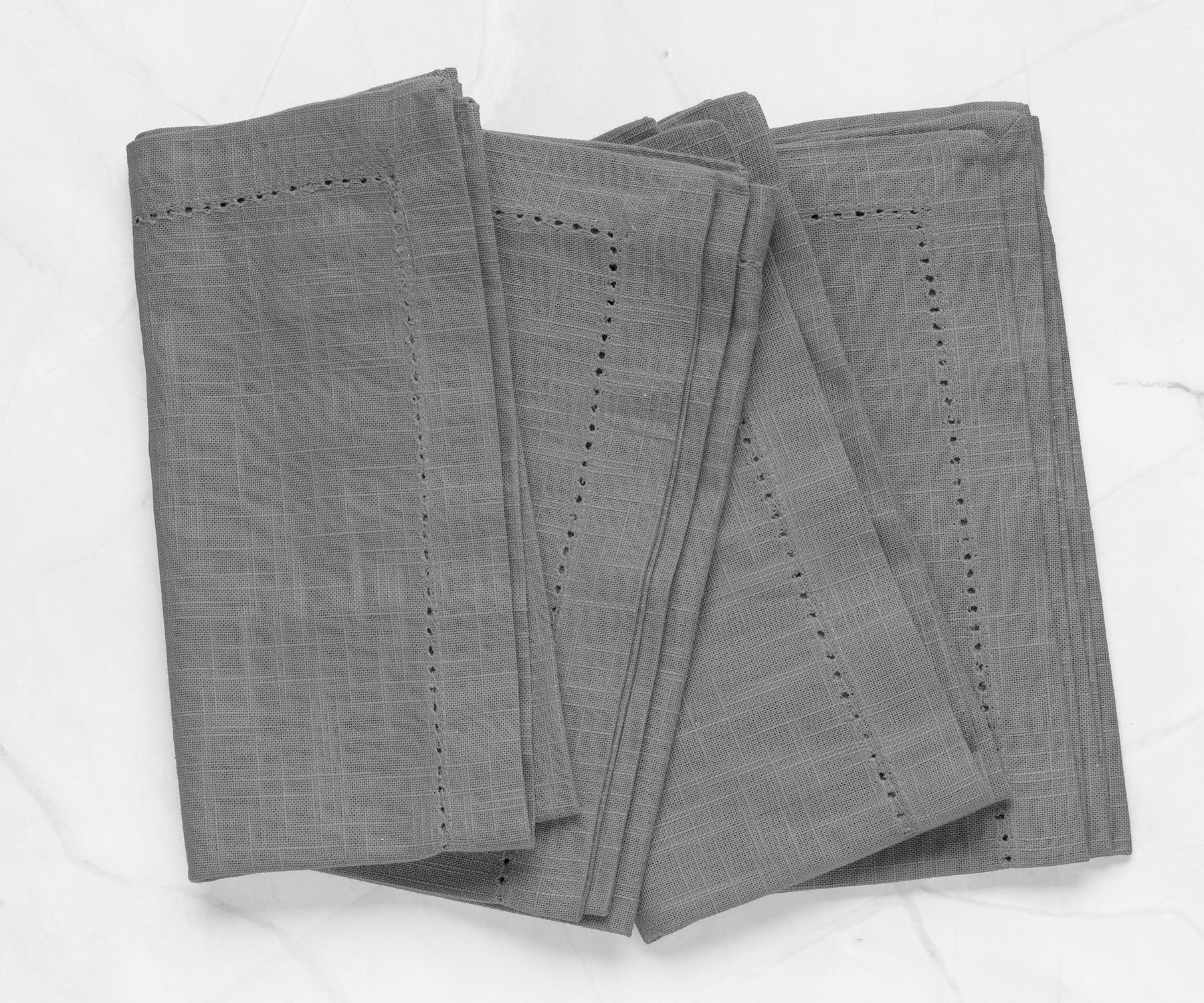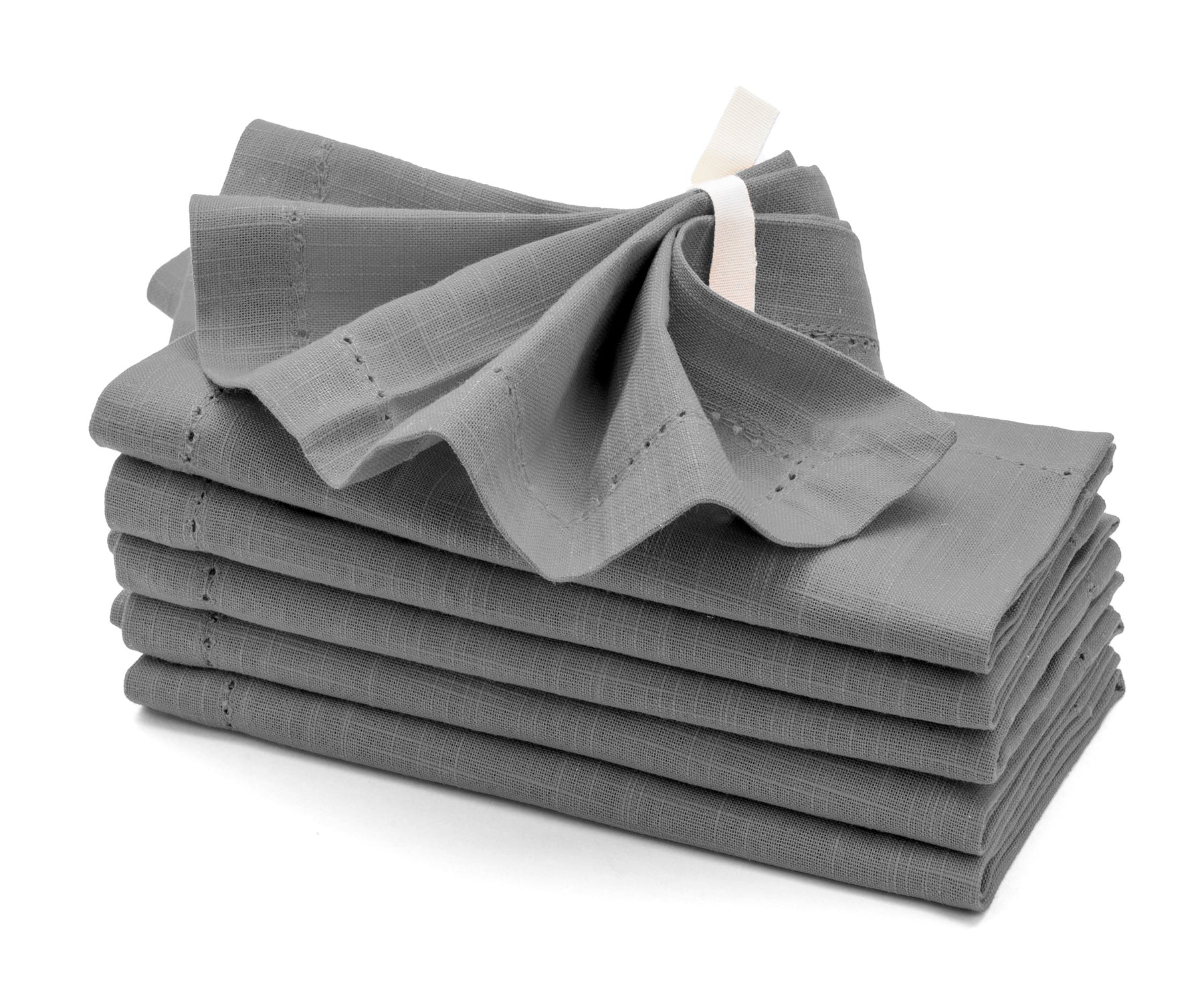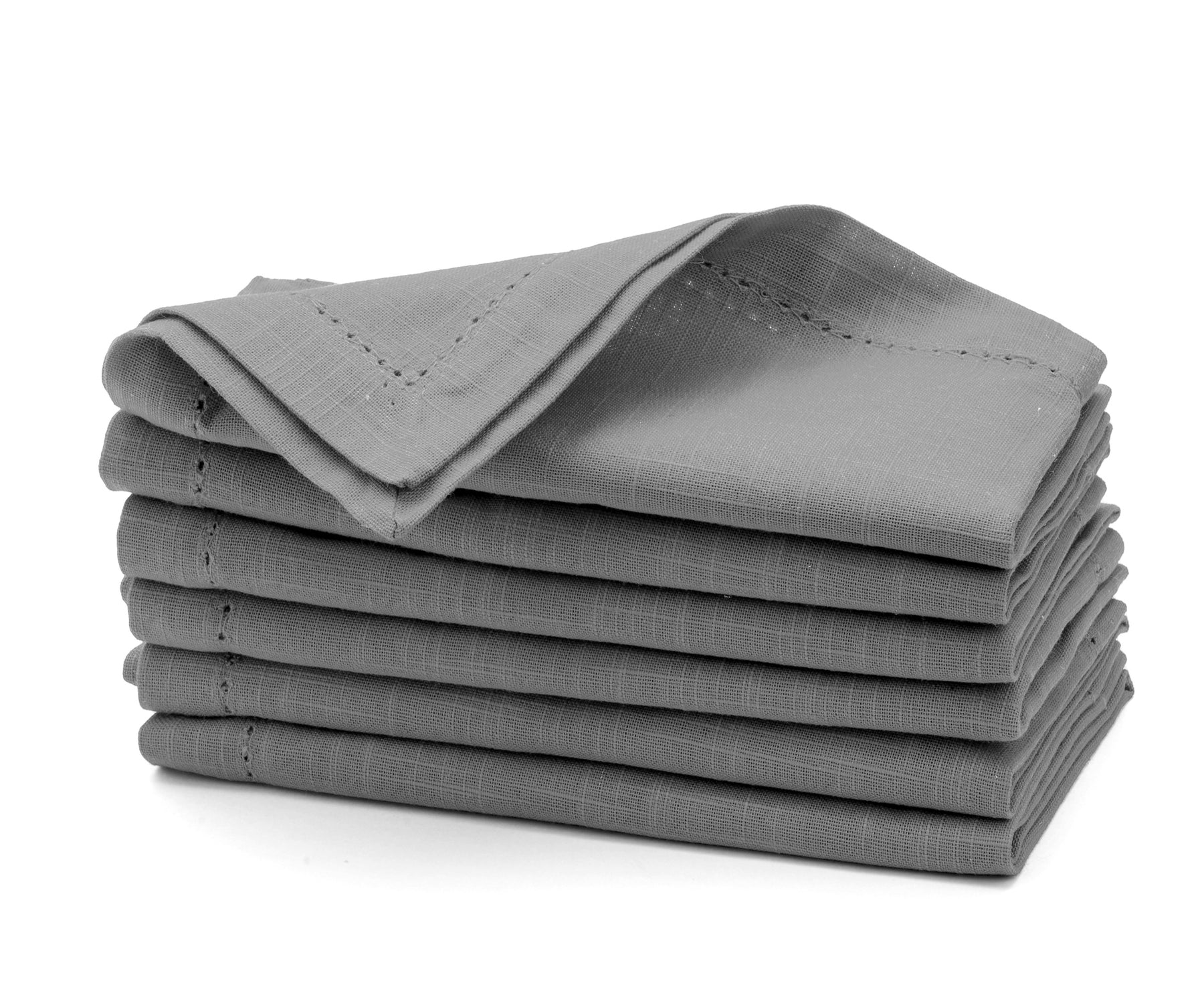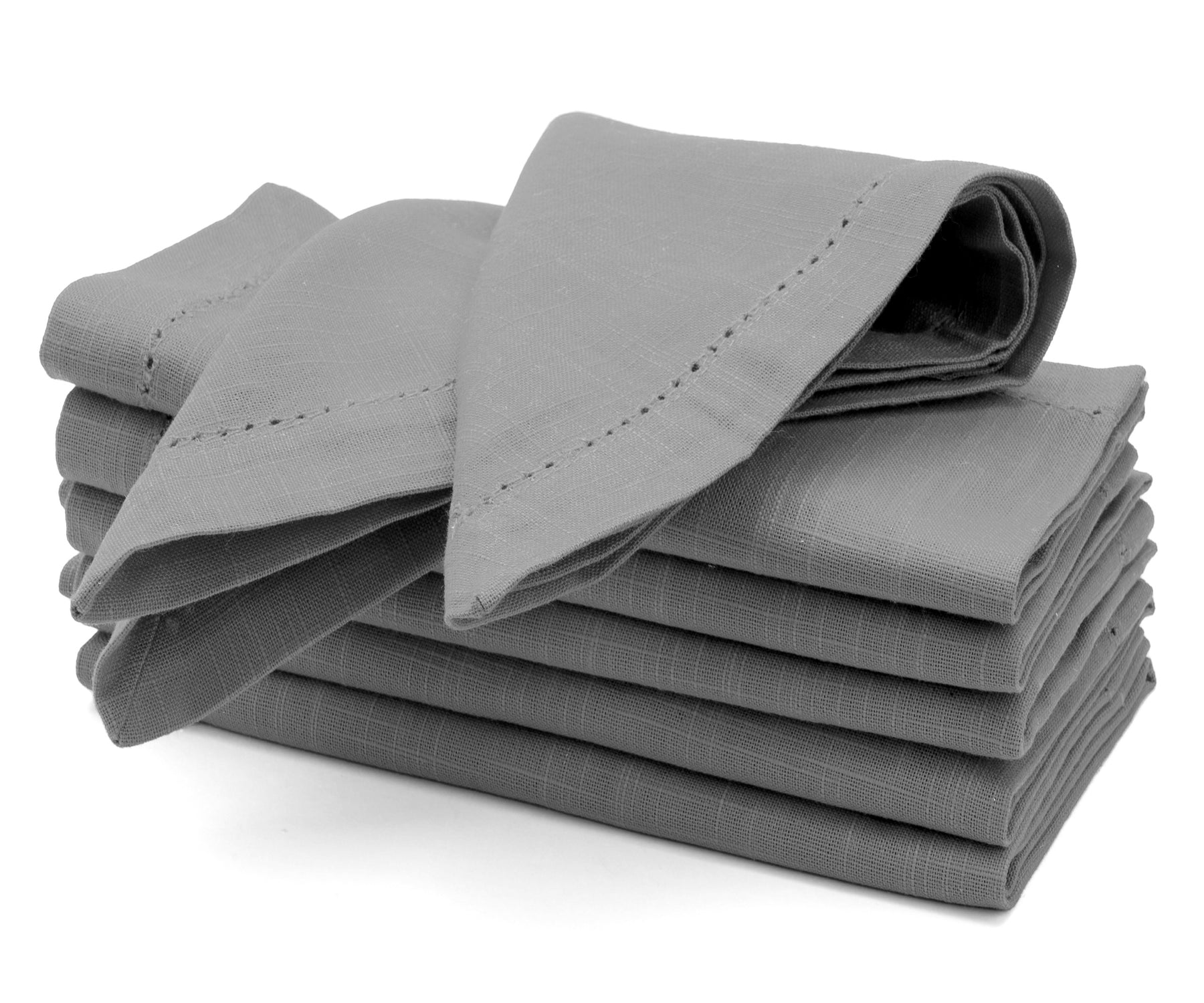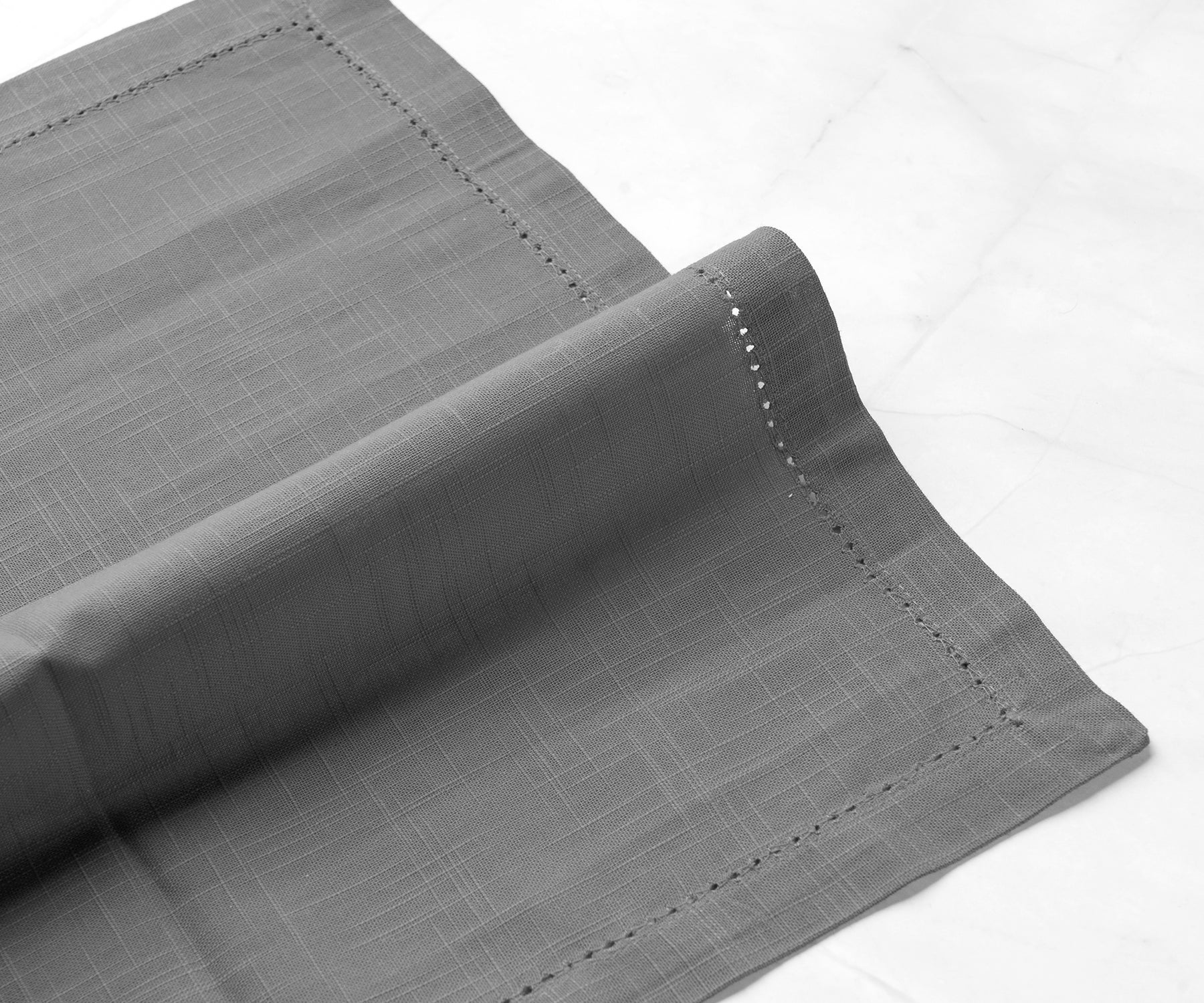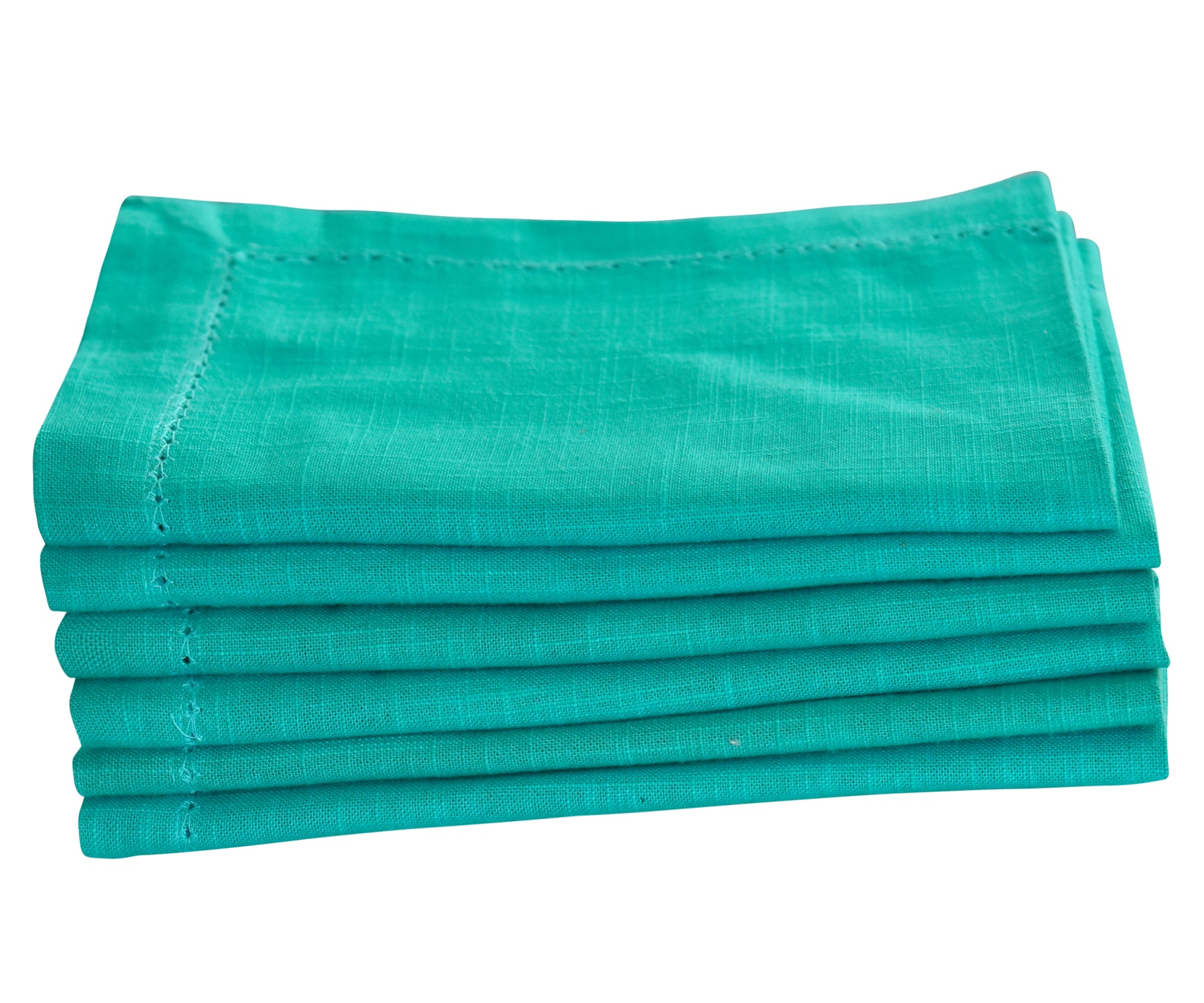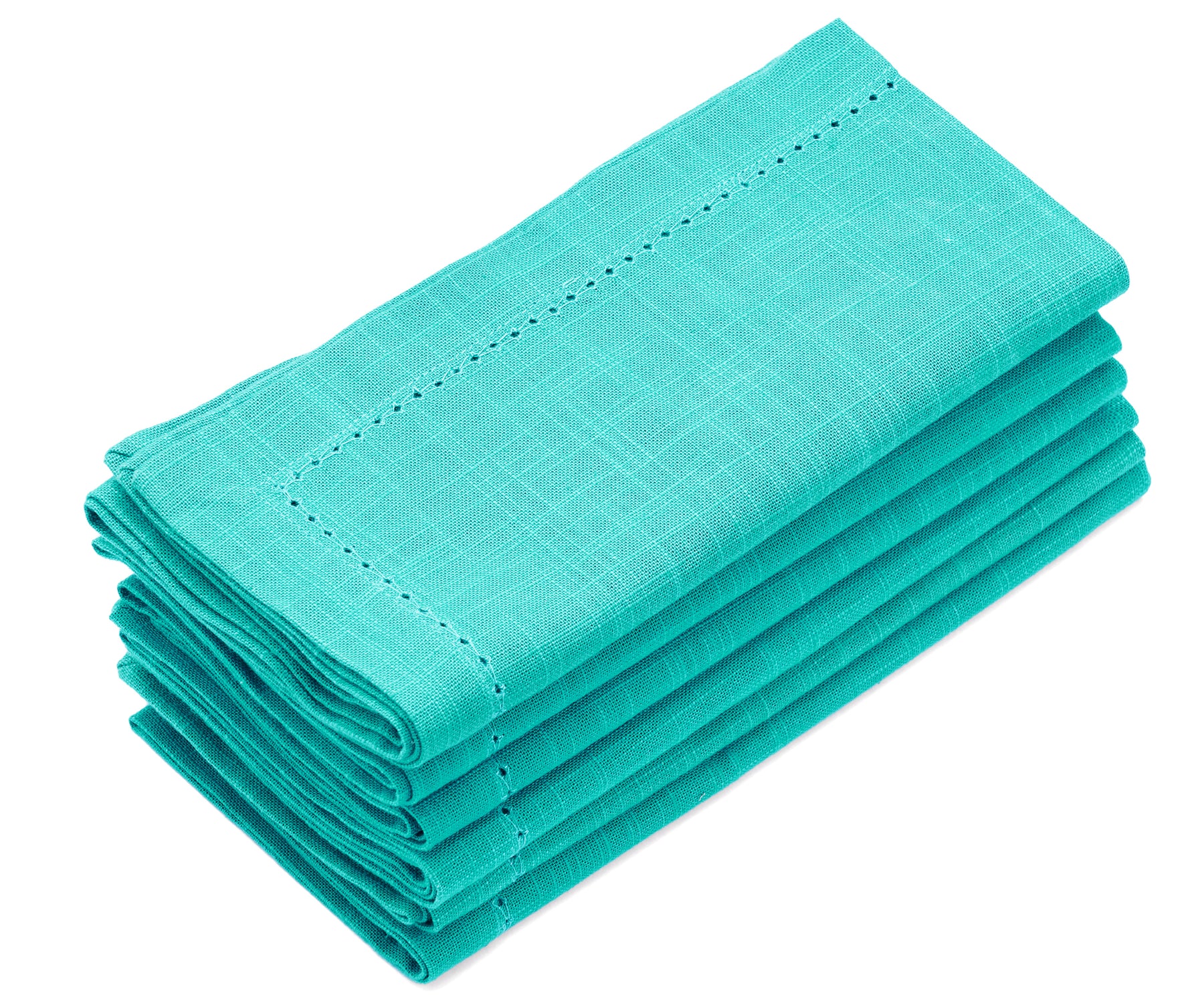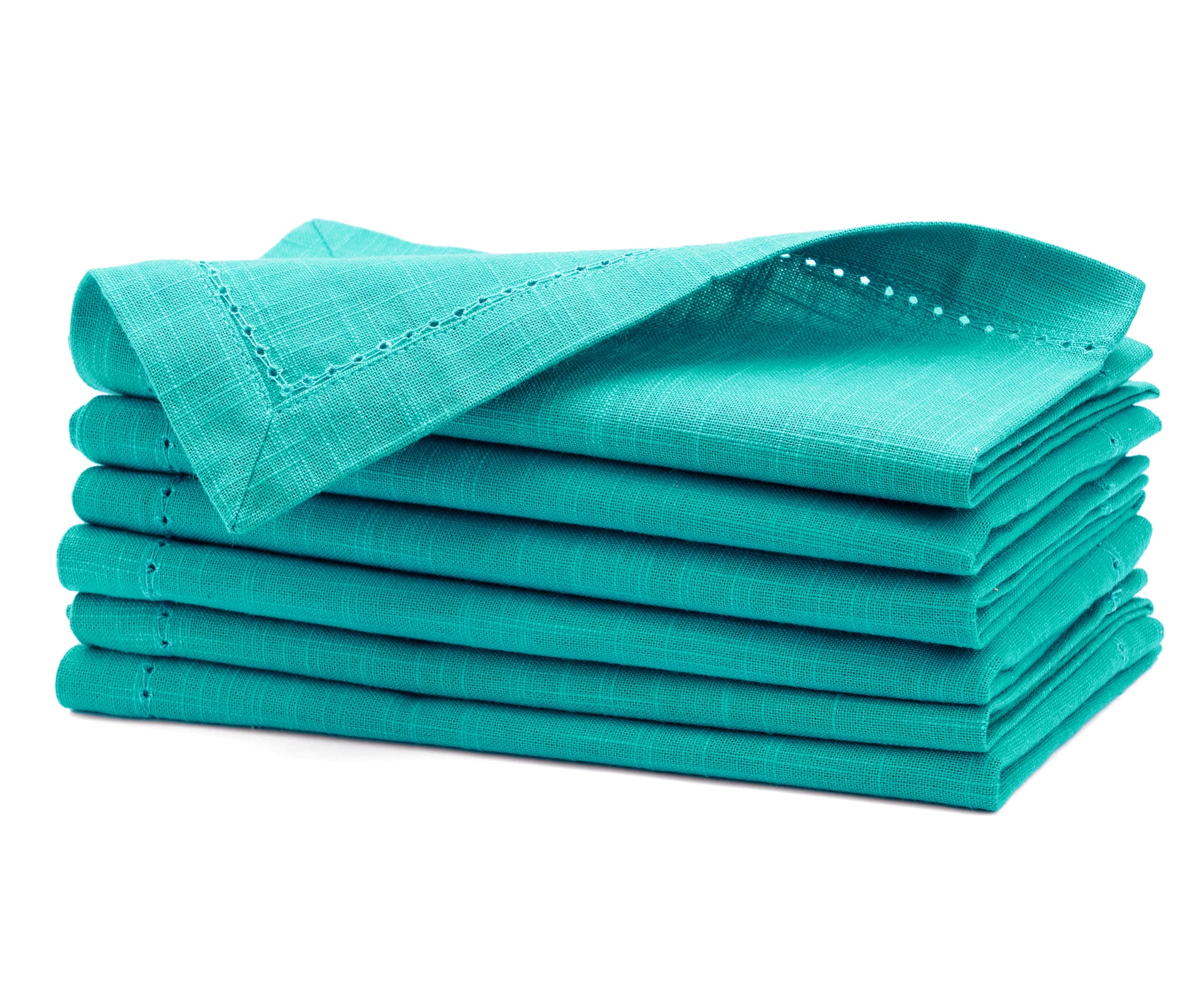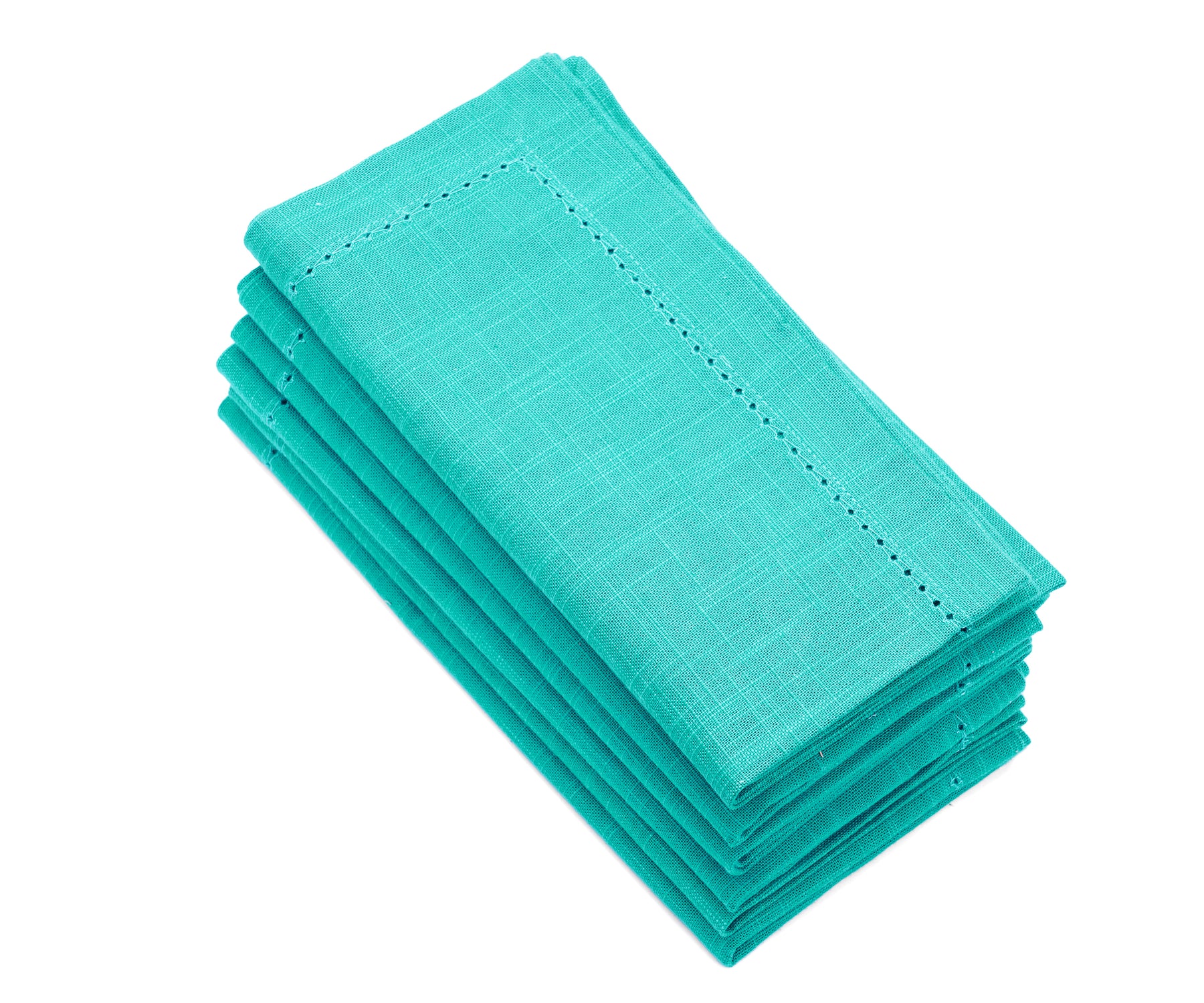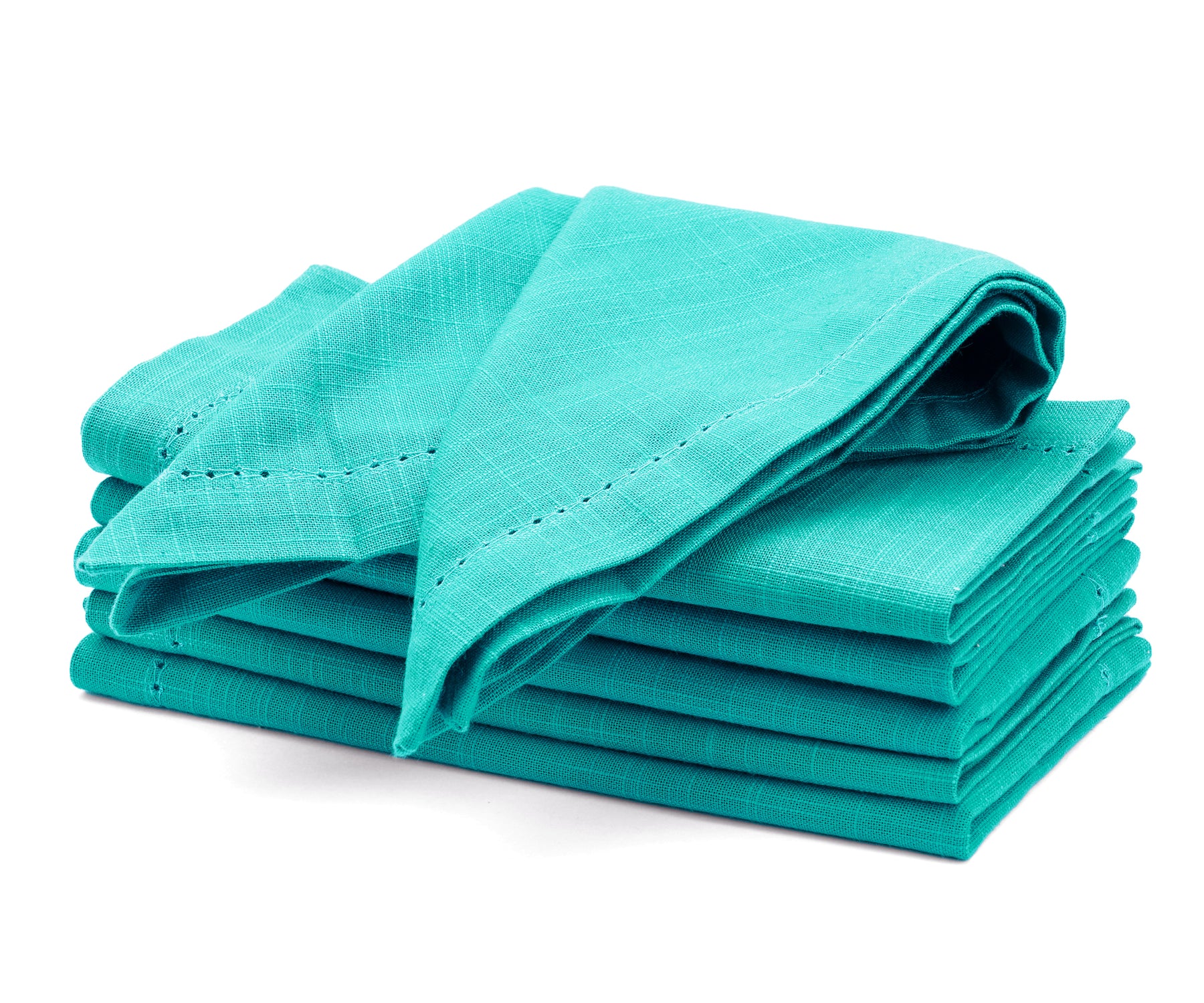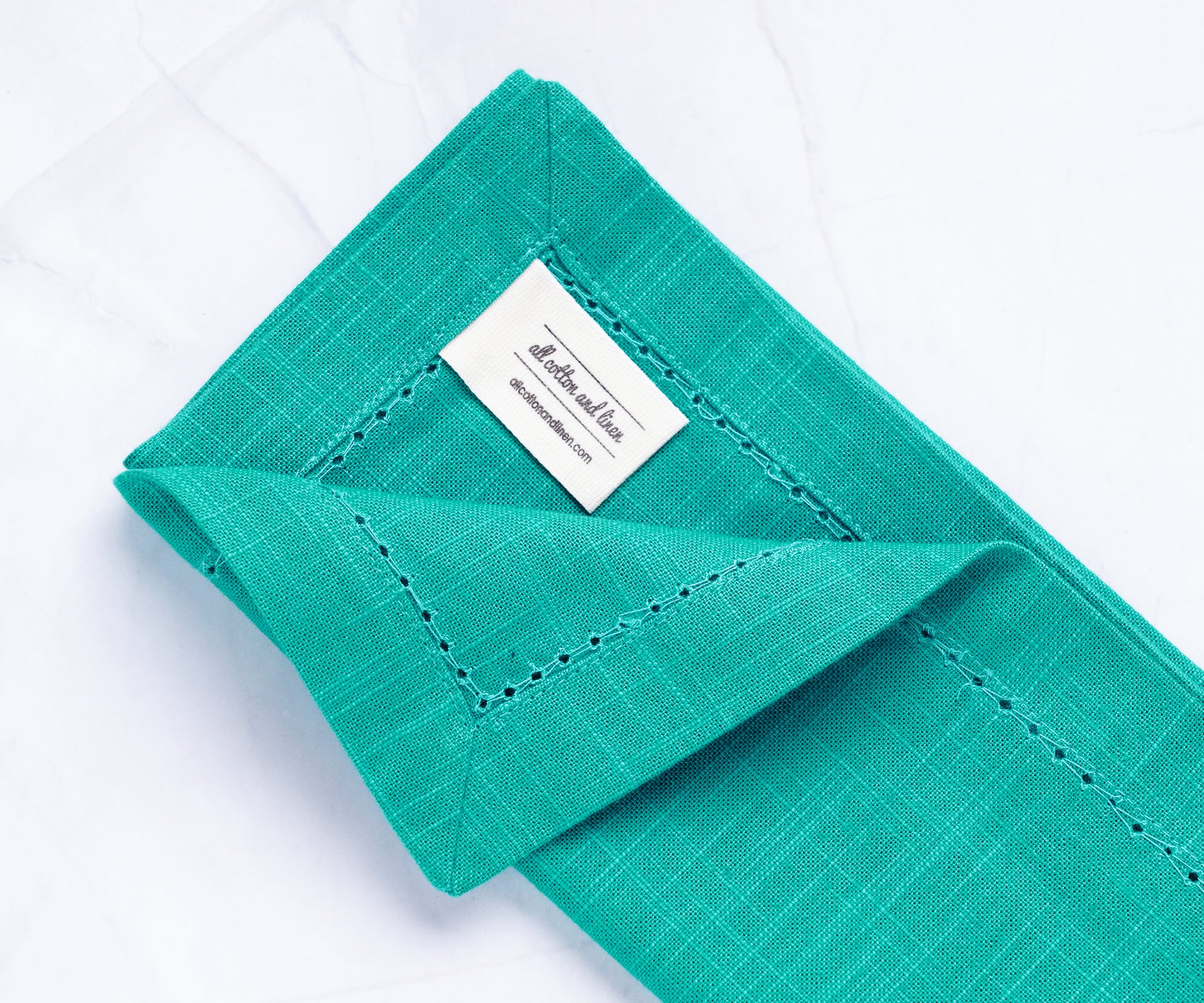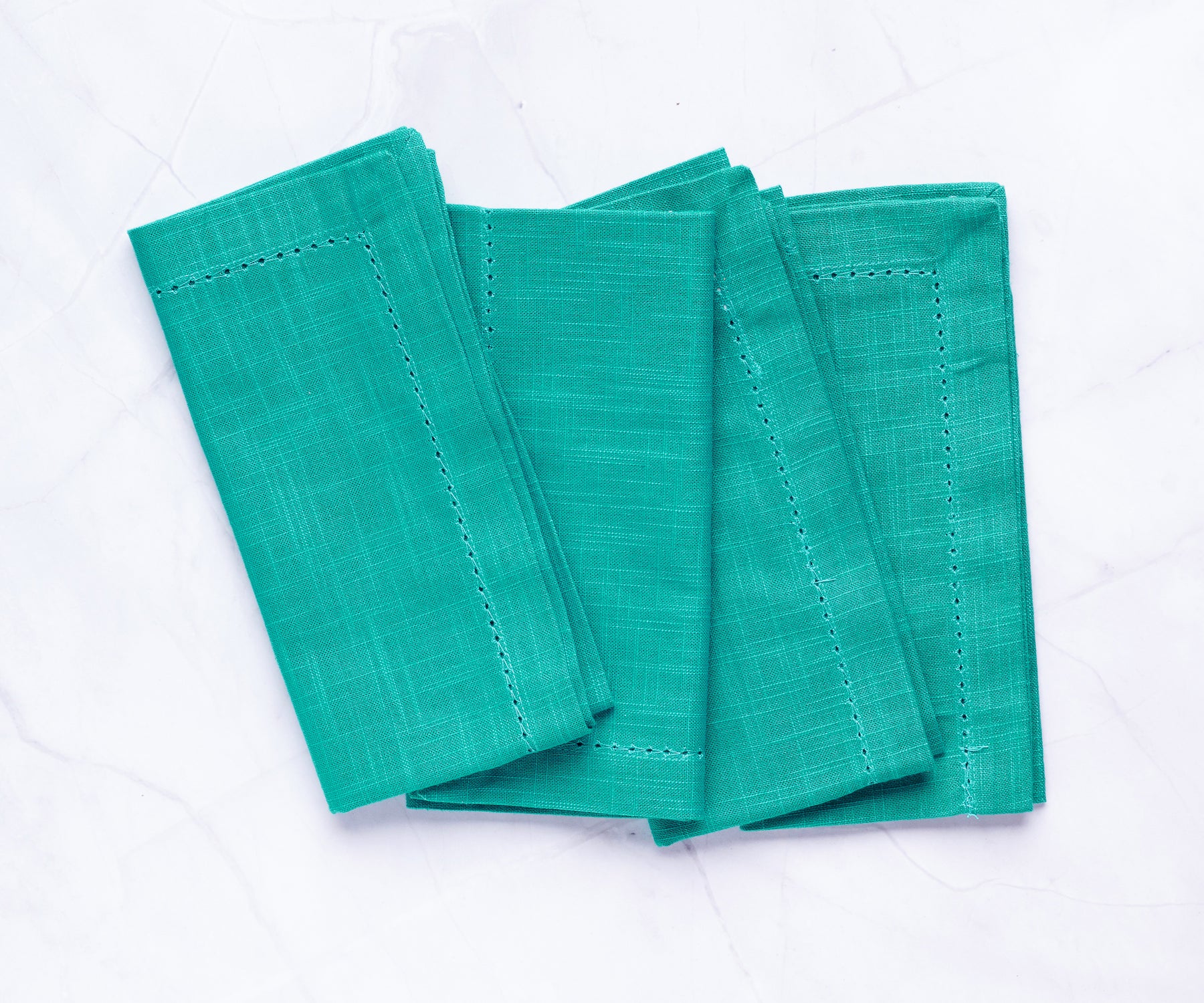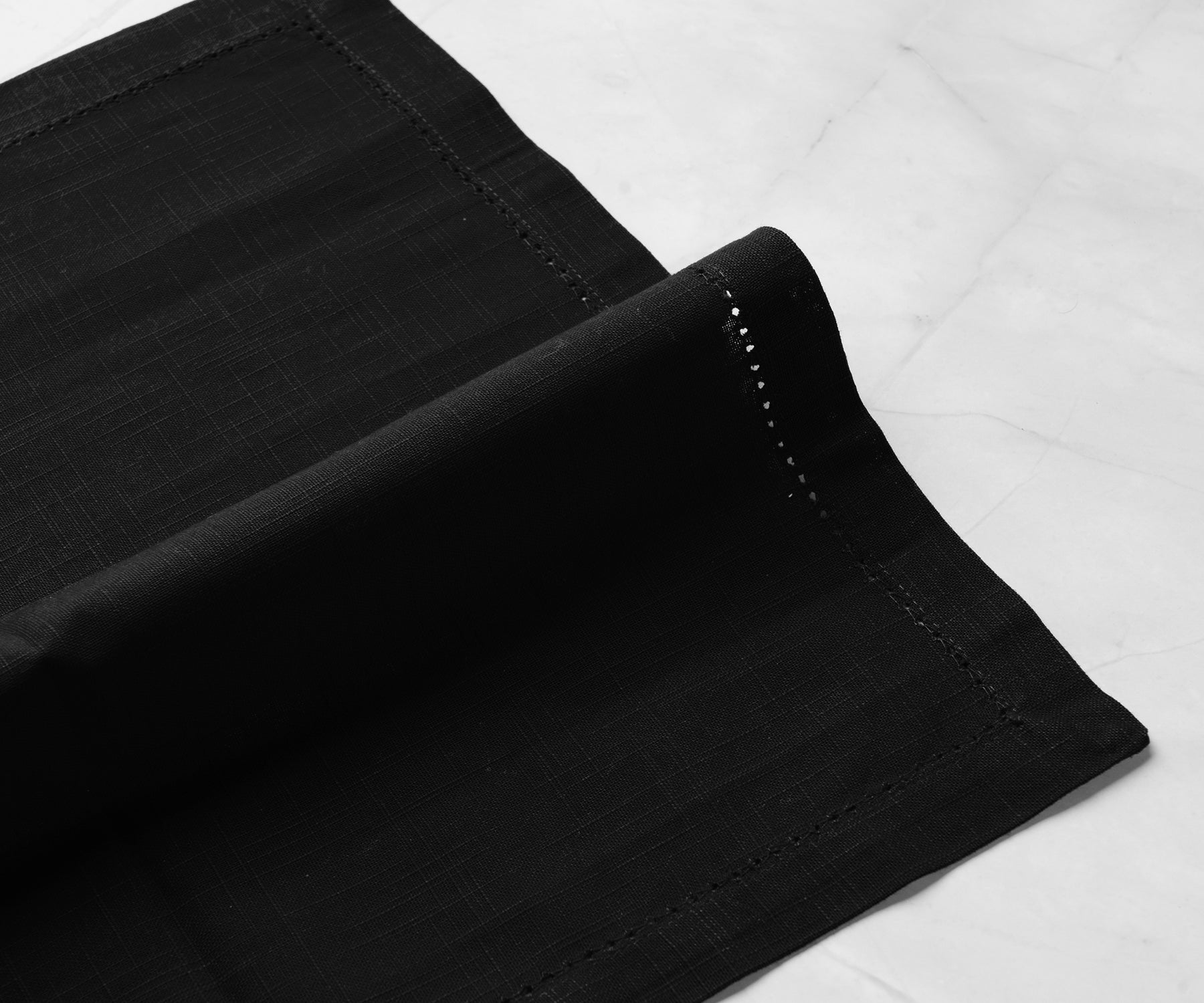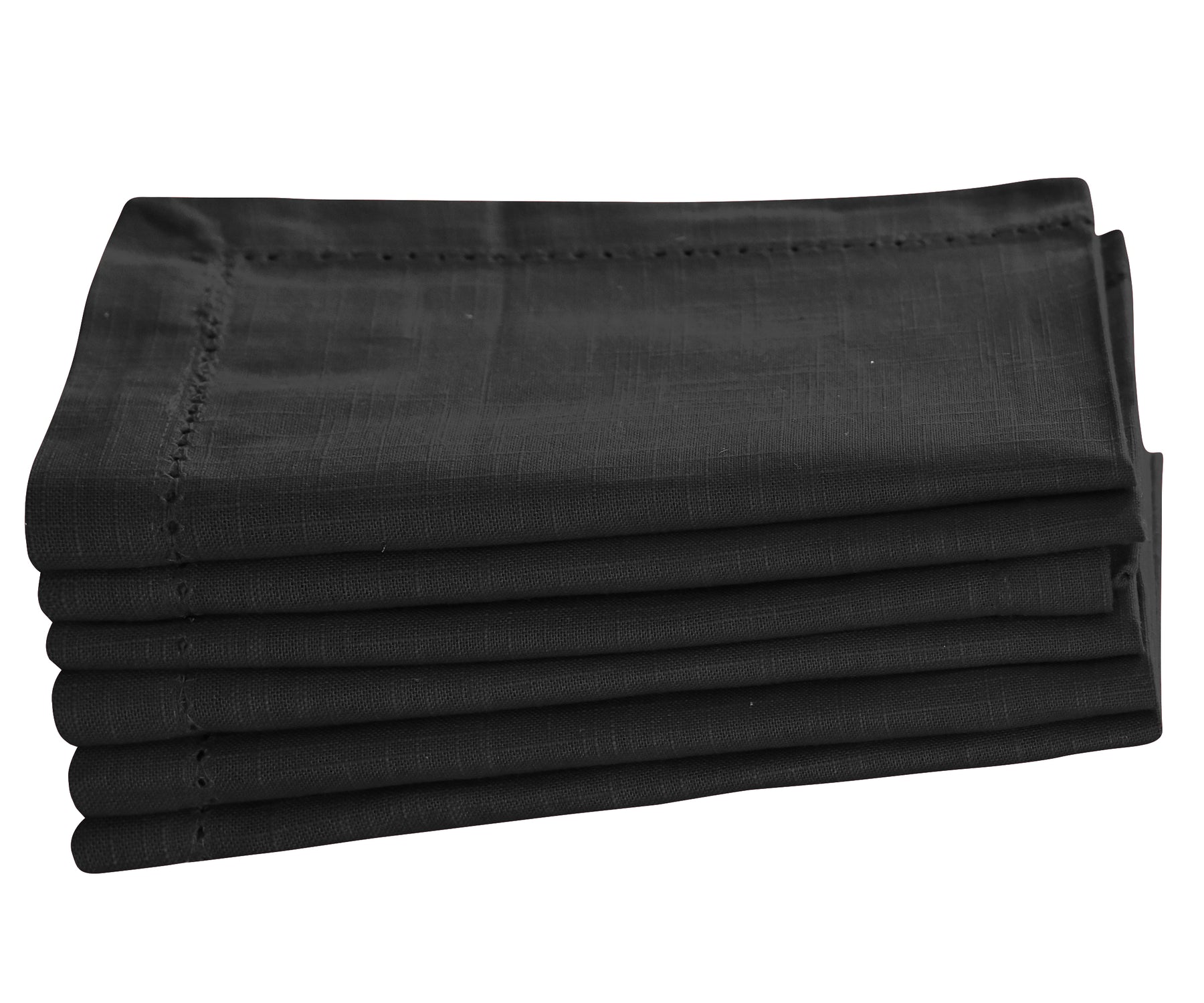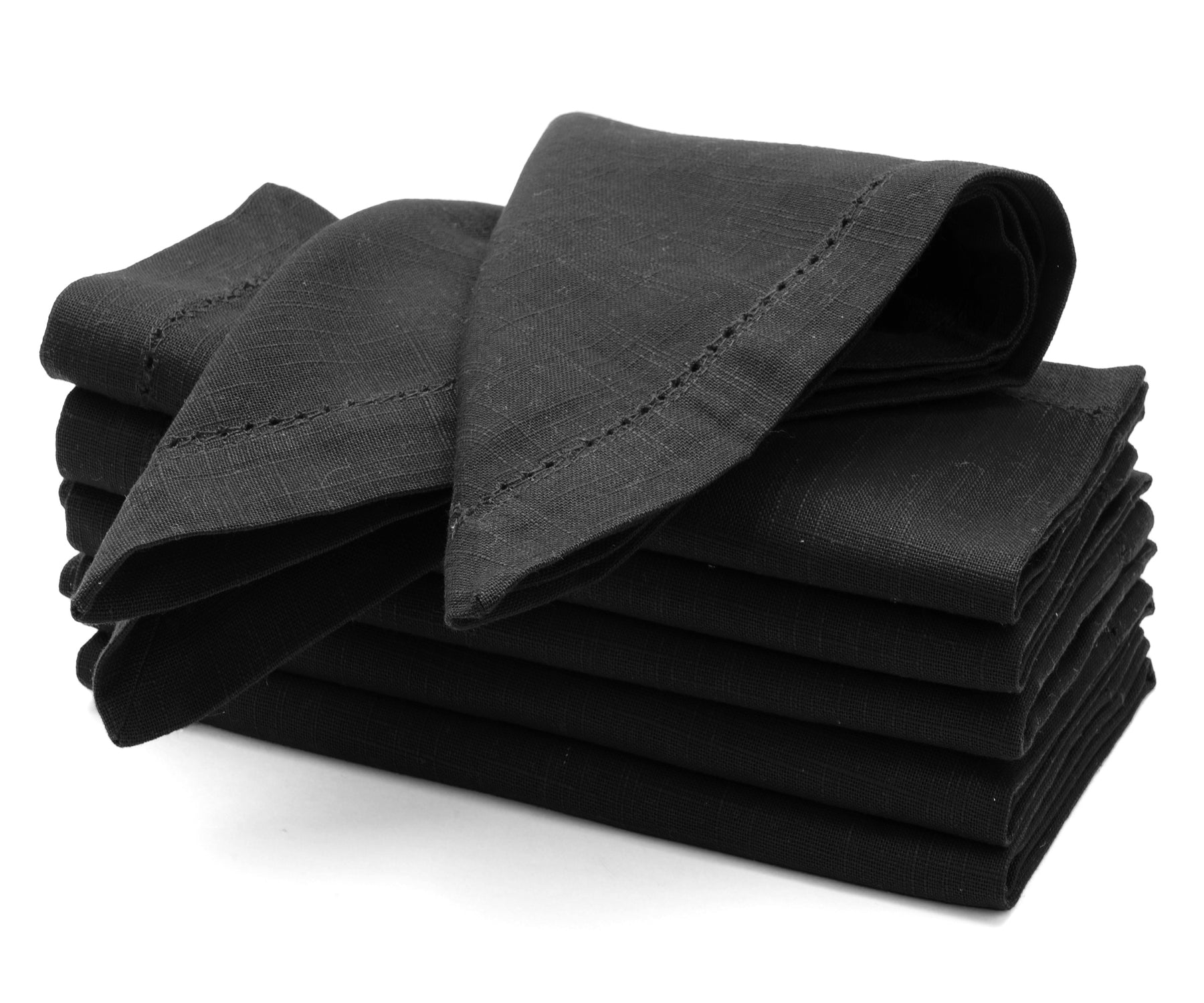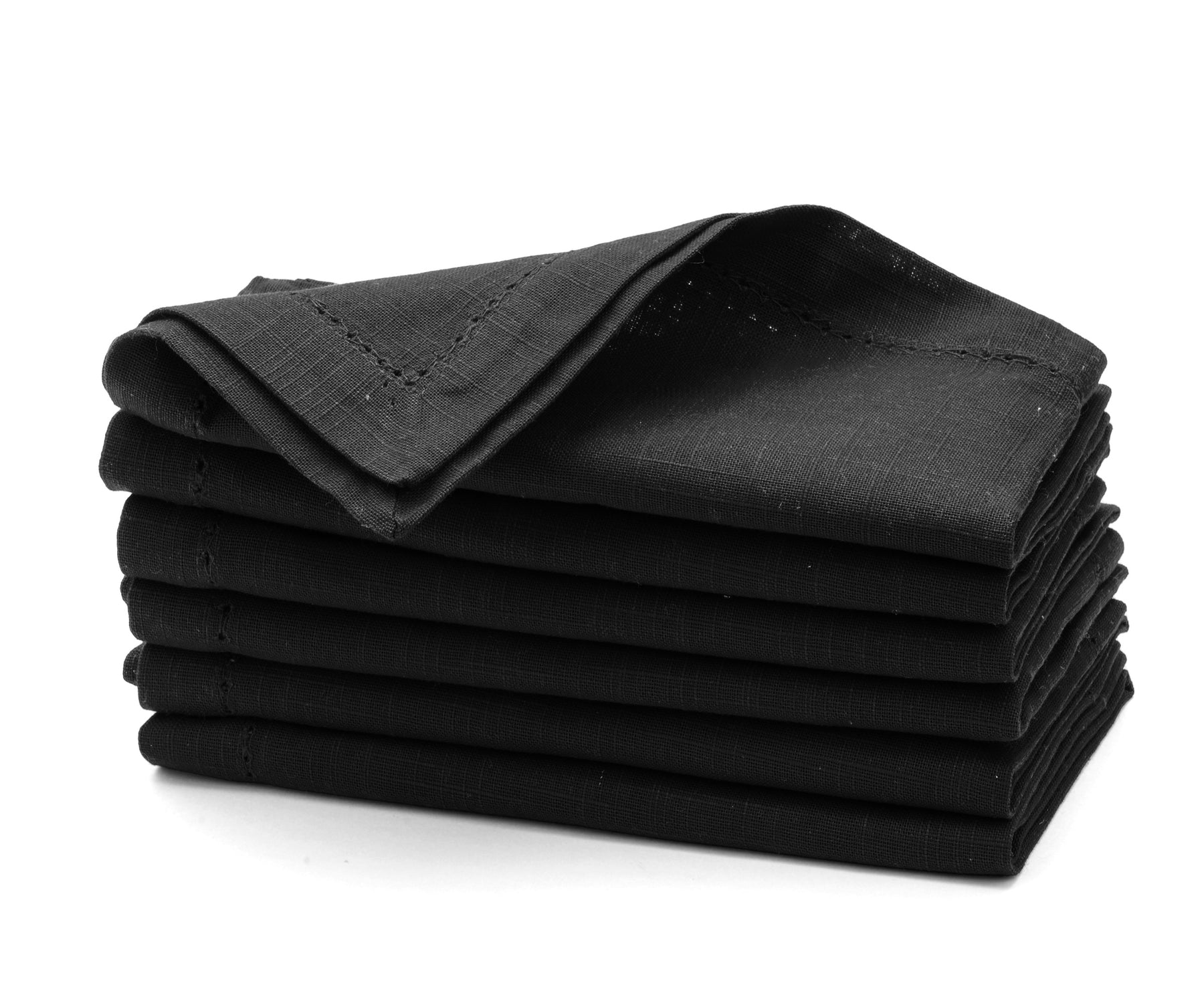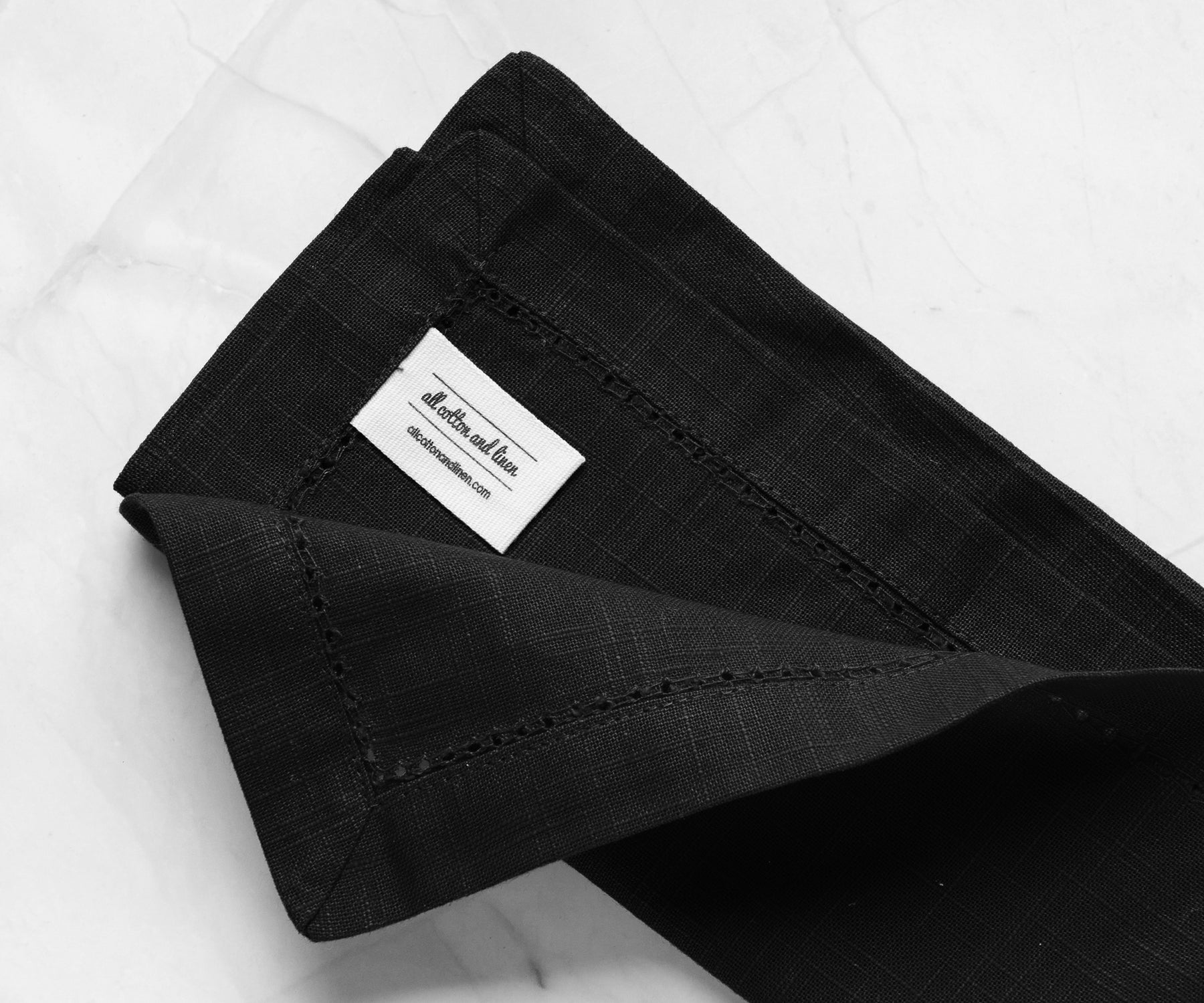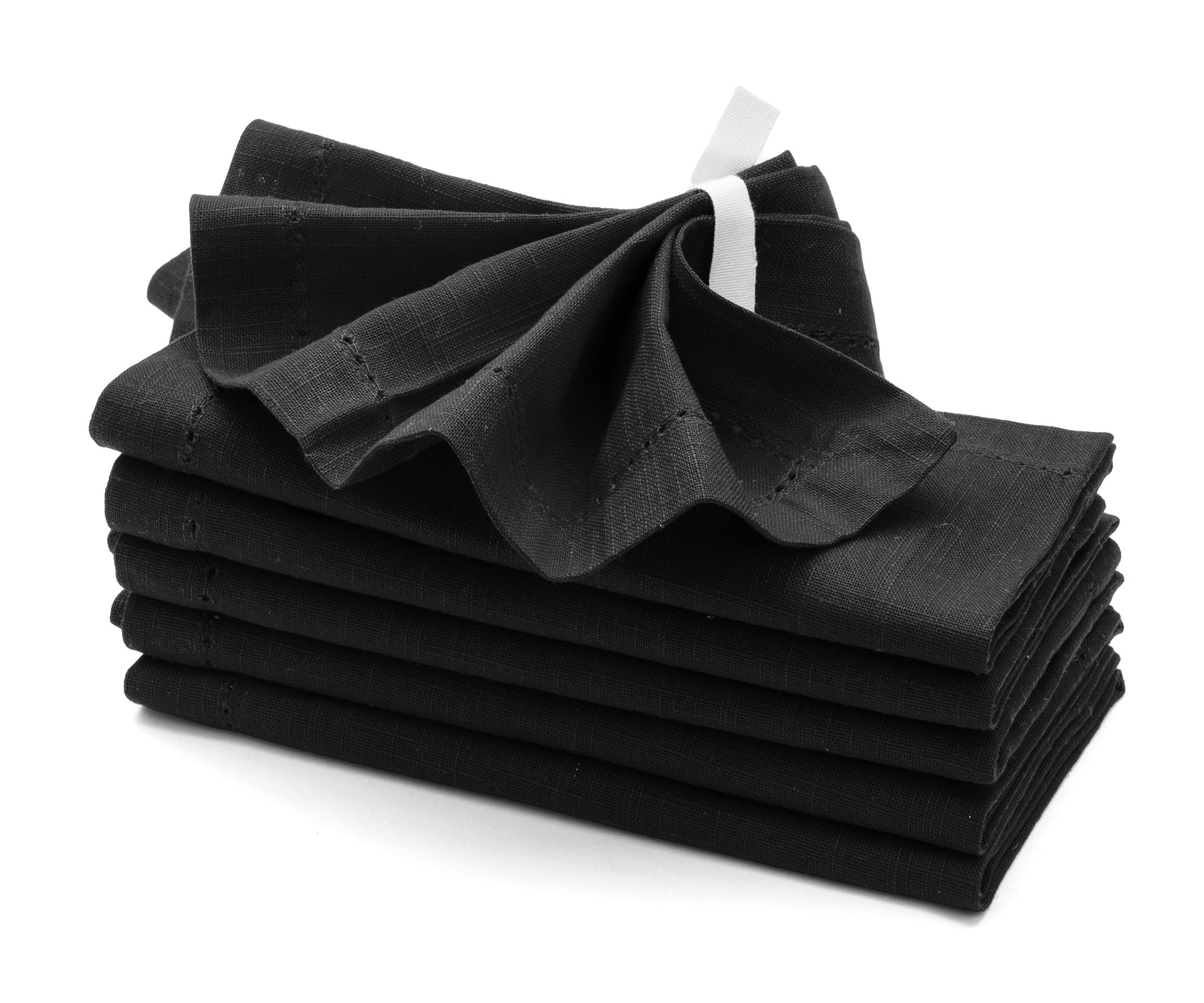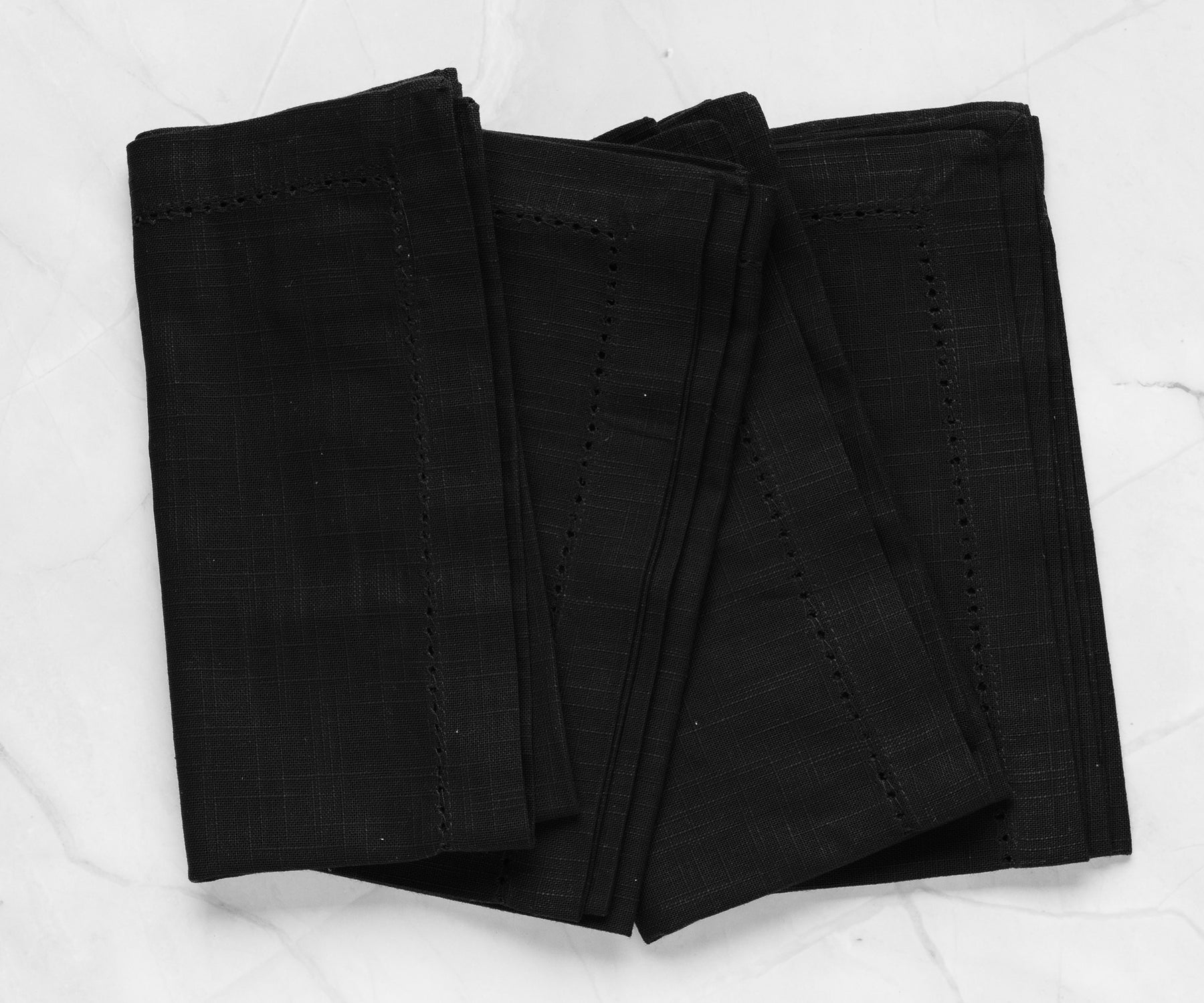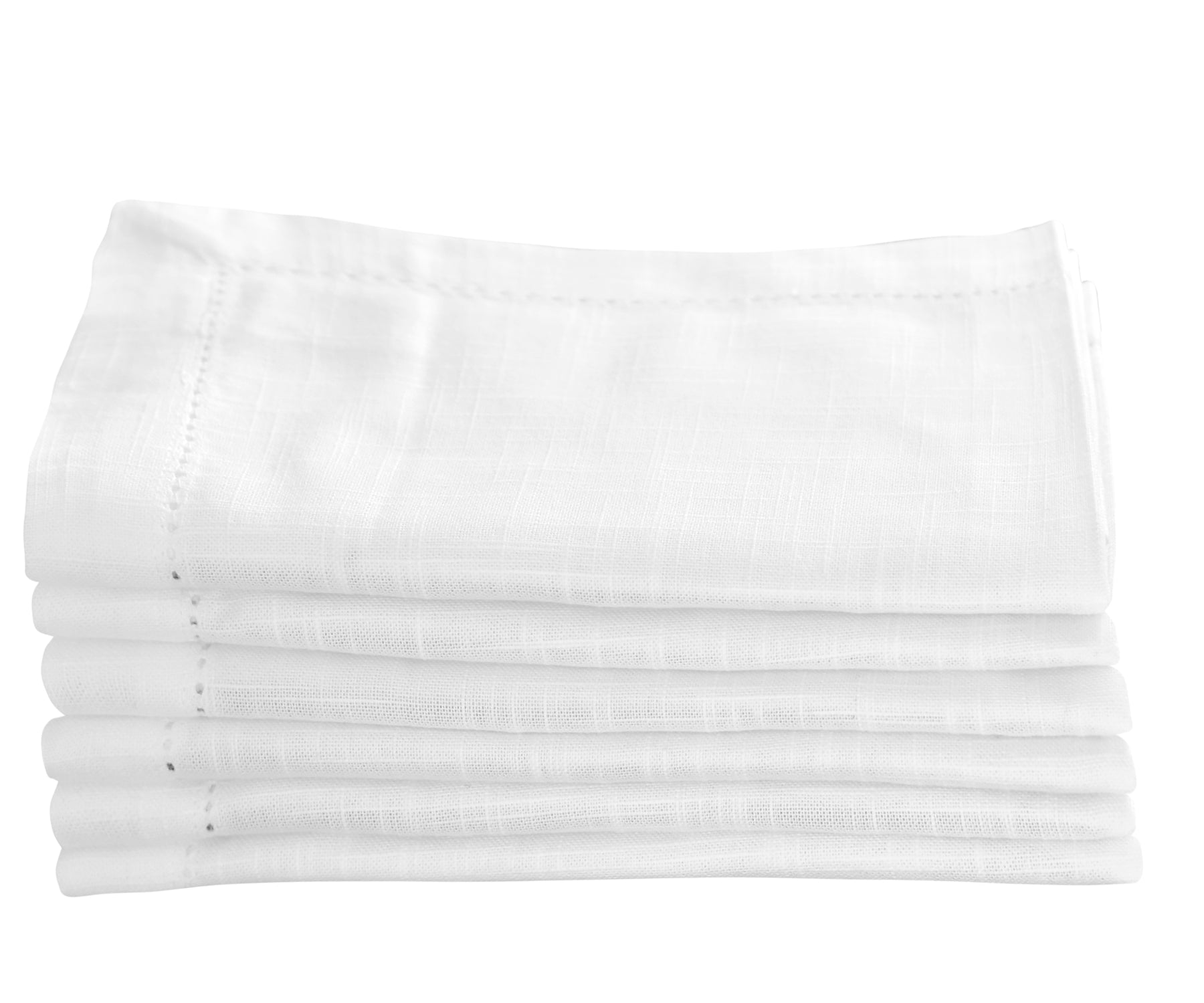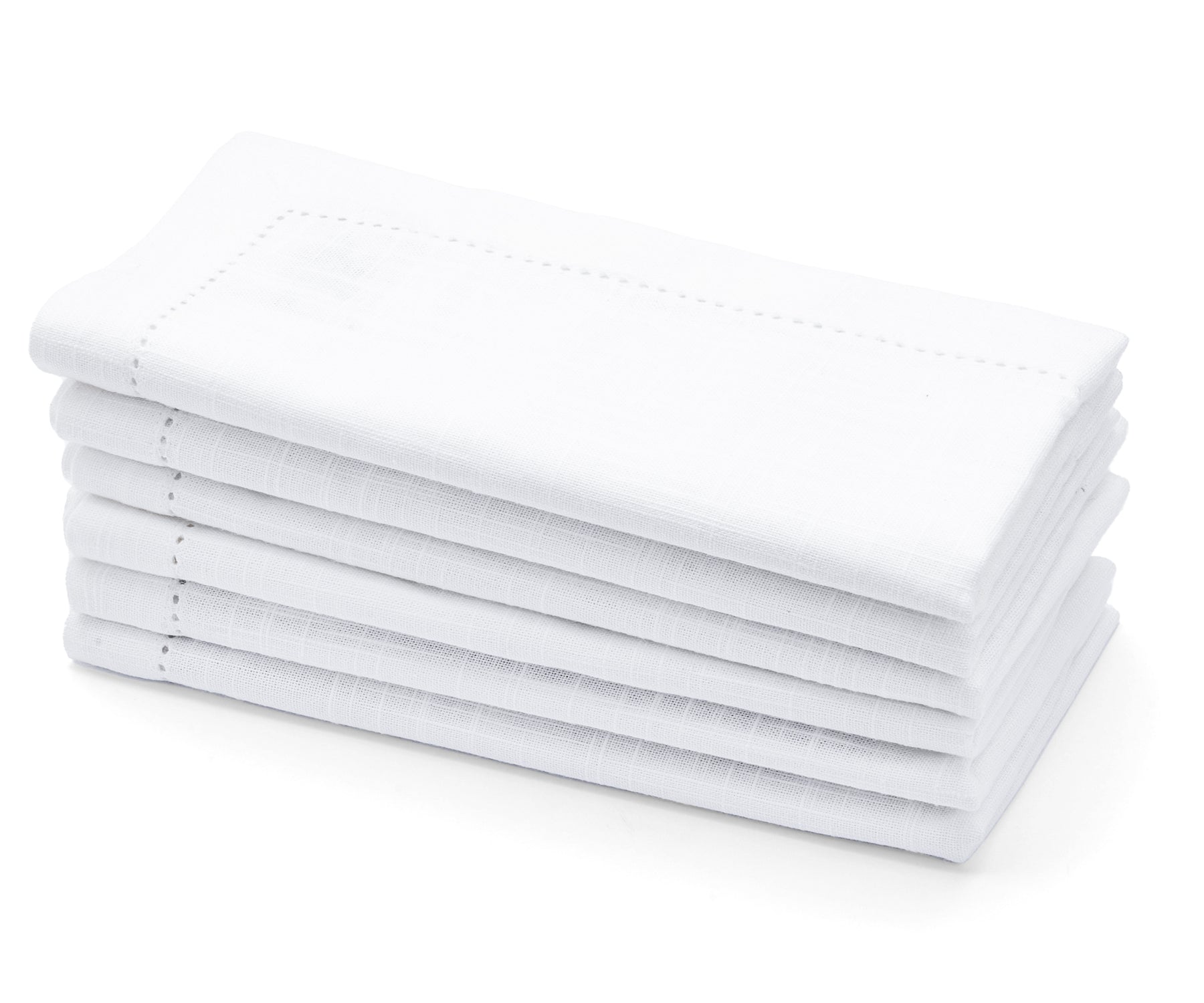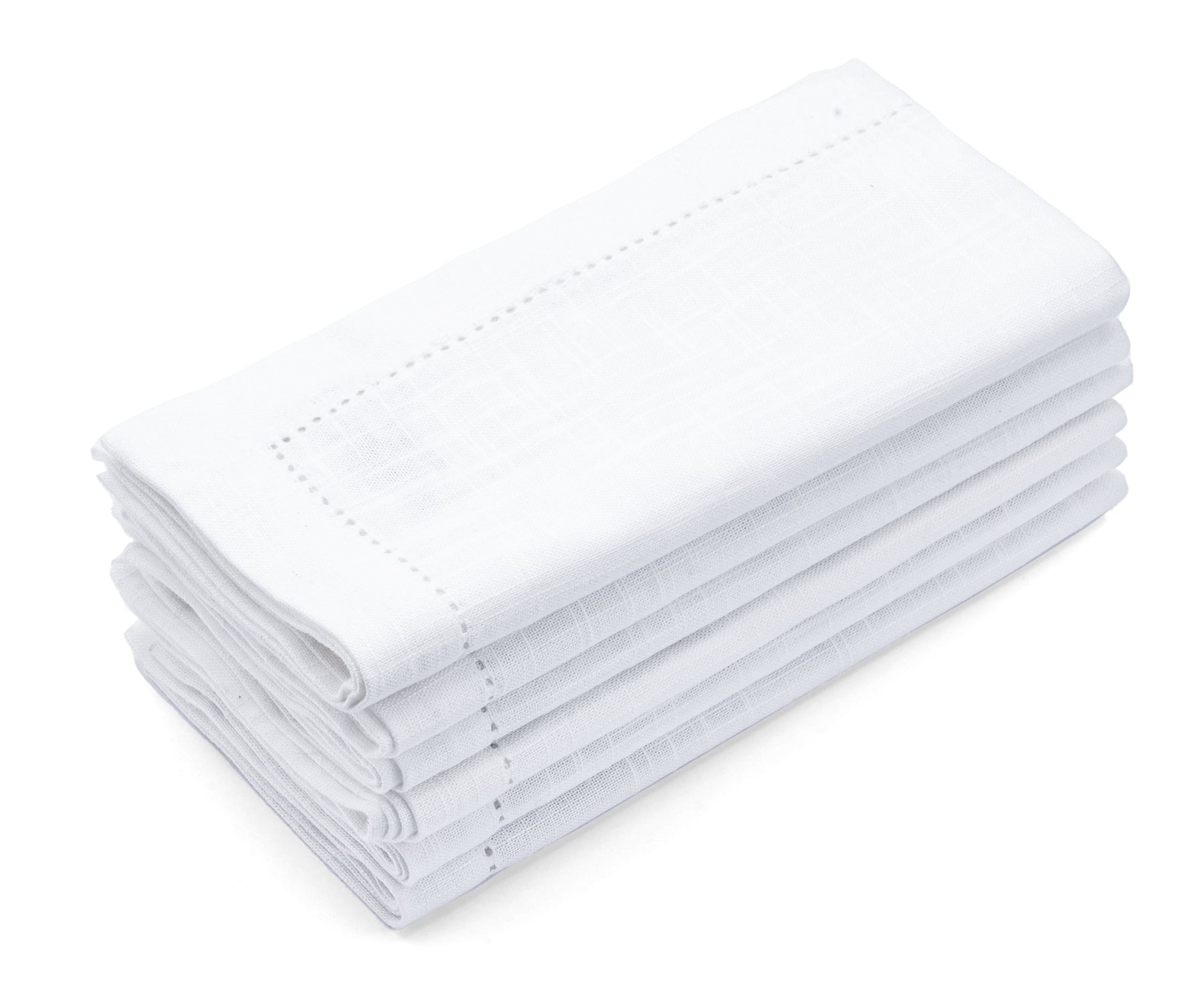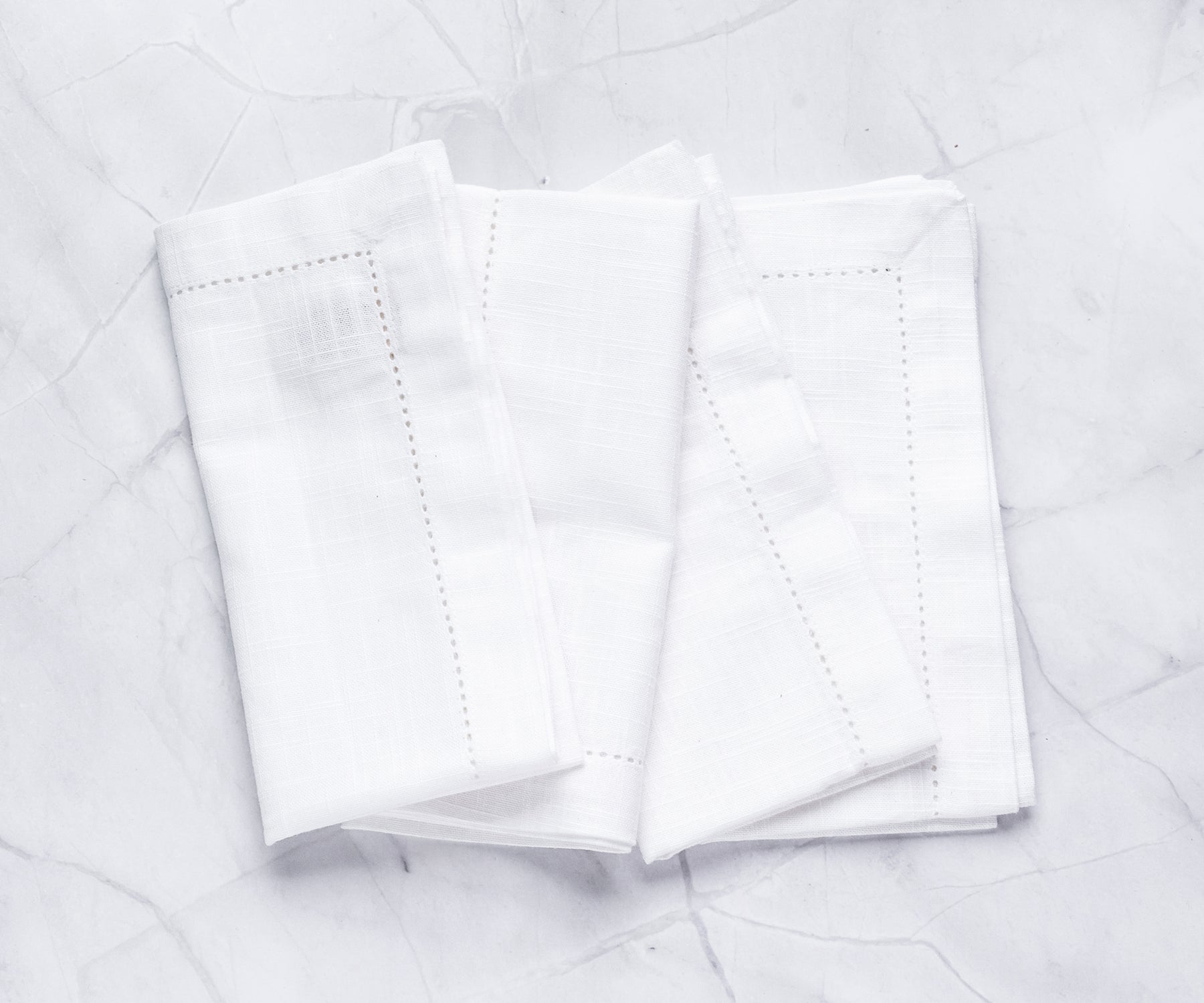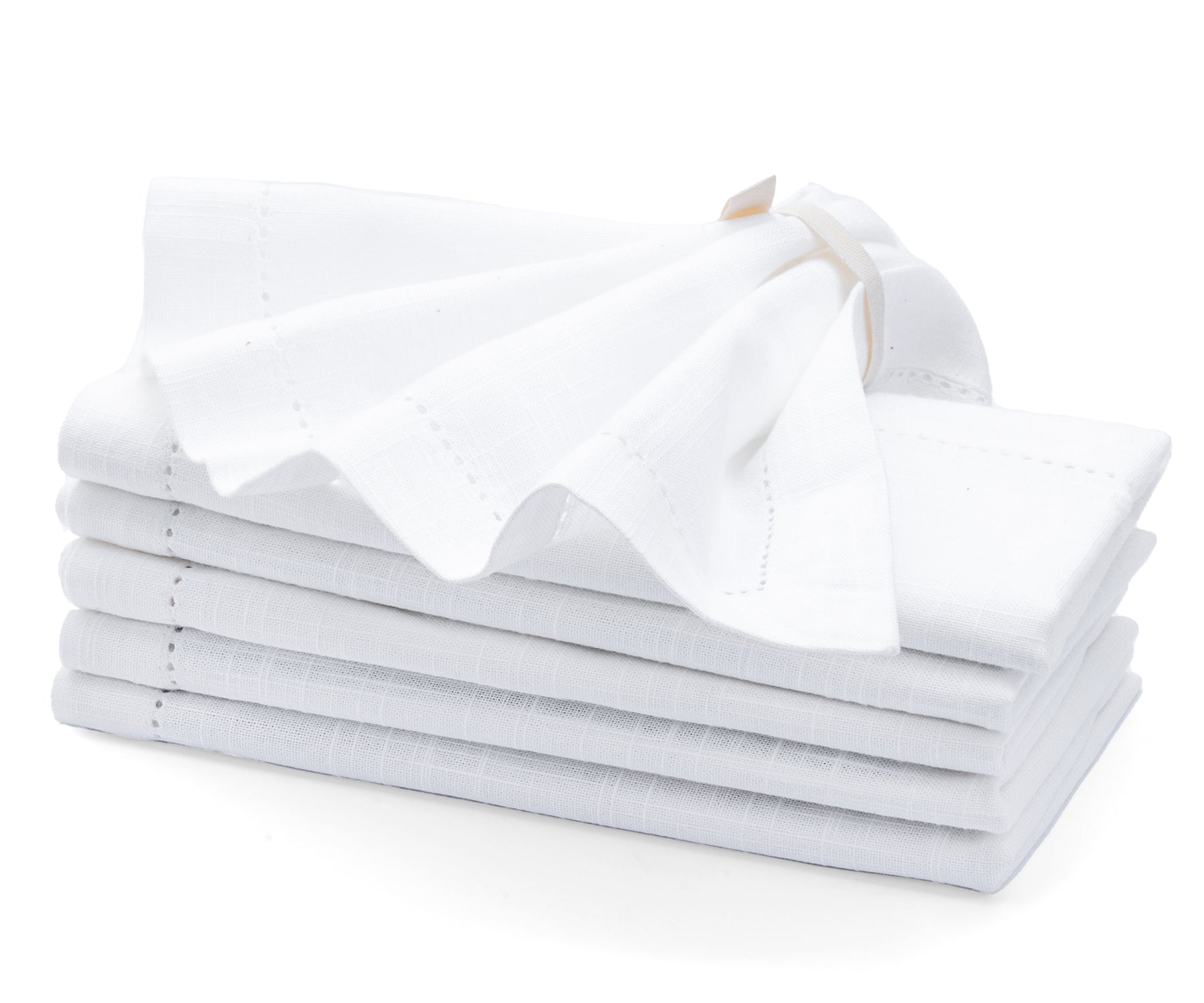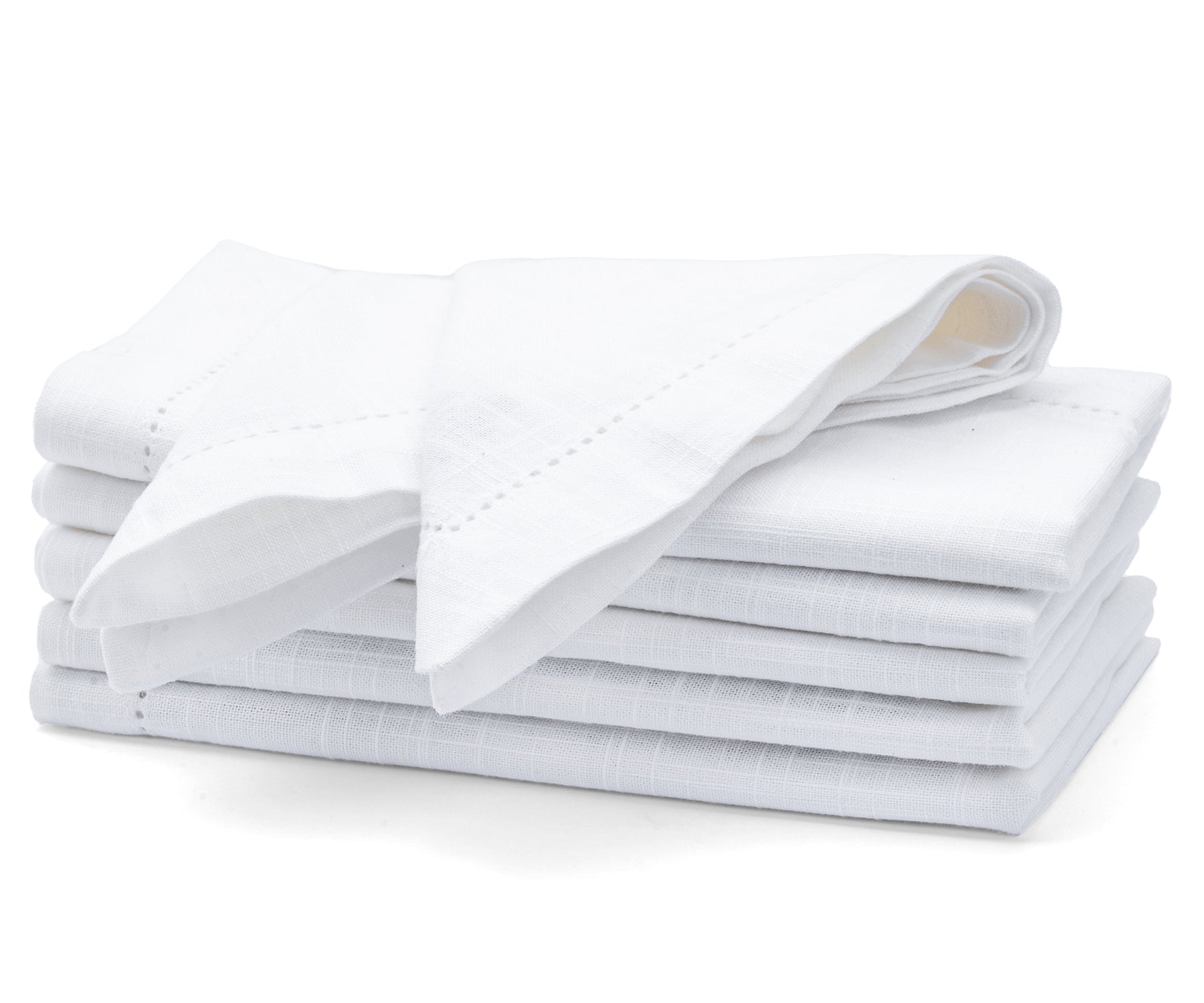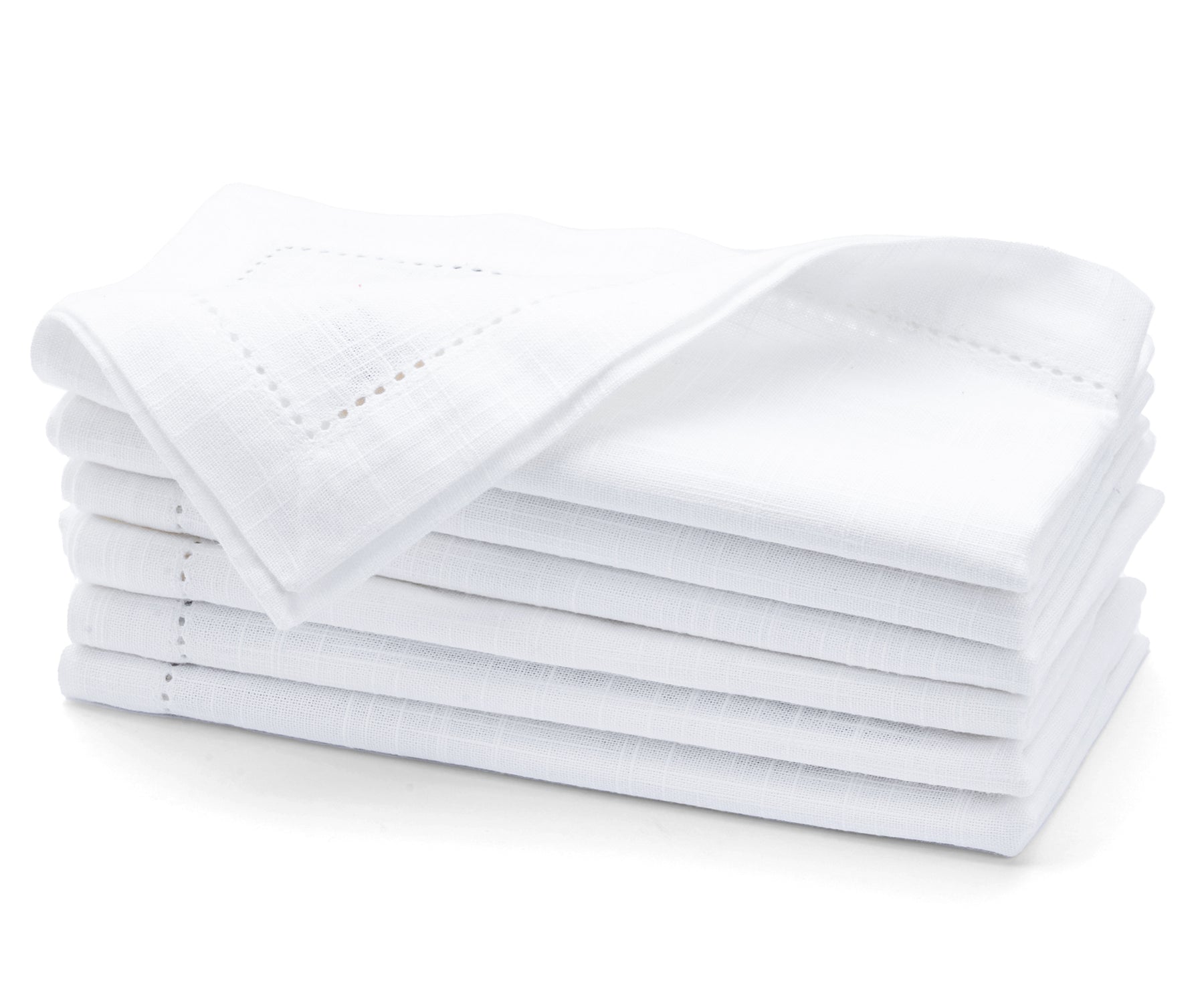What Is a Duvet?
A duvet is a soft, quilted blanket that usually comes as an insert. Think of it as a giant pillow for your bed—one that goes inside a duvet cover. Duvets are often filled with down or down alternative to create that lightweight, fluffy feel.
Many people love duvets because you can easily change their appearance just by swapping the cover. Whether you prefer a solid duvet cover, a patterned style, or something more decorative, it’s simple to refresh your bedding without buying a whole new set.
Find Out: What is a Crop Top and Its Popular Types – A Simple Guide
What Is a Comforter?
A comforter is a thick, quilted blanket that’s ready to use right out of the package—no cover required. It’s stitched closed, so the filling stays evenly distributed. You’ll often see sateen comforters, percale comforters, and other materials that create different textures and warmth levels.
Comforters often come as part of a bedding set with coordinating sheets, making it easy to pull together a polished look.
The Main Differences Between Duvets and Comforters
Here are a few ways these two top layers stand apart:
-
Layers & Use: A duvet is meant to be paired with a duvet cover, while a comforter stands alone.
-
Maintenance: A duvet cover is easy to remove and wash, making it a good choice for bedding for pet owners or anyone who likes easy to wash bedding. Comforters often require less frequent cleaning but can be bulky to launder.
-
Appearance: Duvets look plush and fluffy, especially with a duvet insert with corner loops that secures the fill. Comforters have a flatter, quilted look.
-
Warmth Options: From lightweight comforters perfect for summer to ultra warmth comforters for cold climates, comforters come in many weights. Duvets also range from breezy to toasty, depending on the duvet insert you choose.
Know About: What is a Wedding Planner Checklist?
Choosing the Right Warmth and Fill
When picking between a down comforter, a down alternative comforter, or a duvet insert, consider your climate and preferences:
-
Warm Bedding for Cold Climates: Look for an ultra warmth comforter or a thick down duvet insert.
-
Breathable Bedding for Summer: A lightweight comforter or a thinner duvet insert keeps you cool.
-
Best Duvet Insert: High-quality down offers a lofty feel, while down alternative works well for those with allergies.
How to Use and Care for Your Bedding
How to Use a Duvet Cover:
Slide the duvet insert inside the cover, securing any corner loops or ties. Shake it out so the fill distributes evenly.
How to Launder a Comforter:
Most comforters are machine washable, but check labels first. Wash with gentle detergent and dry thoroughly to avoid clumps.
Cleaning Tips:
-
Wash your duvet cover every couple of weeks.
-
Launder your comforter seasonally, or as needed.
-
For the easiest care, consider a machine washable comforter or easy to wash bedding options.
Read More: Why Organic Cotton Matters for Health & Our Planet
Special Considerations
-
Kids and Pets: If you’re shopping for the best bedding for a kids room or comforter for pets, a duvet with a washable cover is often more practical.
-
Layered Bedding Options: Some people like combining a quilt, comforter, and duvet for a plush, layered look.
-
Decor Style: A decorative duvet cover lets you refresh your bedroom design anytime.
Duvet vs Comforter: Which Is Better for You?
There’s no universal winner—it depends on your lifestyle:
✅ Choose a duvet if you love versatility and easy cleaning.
✅ Choose a comforter if you want something simple and ready to go.
✅ For the best of both worlds, some people layer a lightweight comforter under a duvet in colder months.
Whether you pick a duvet, comforter, or a mix of both, focus on quality fill and breathable fabrics that match your climate and sleep style. Your bed should be the coziest spot in your home—so choose what makes you feel most comfortable.

